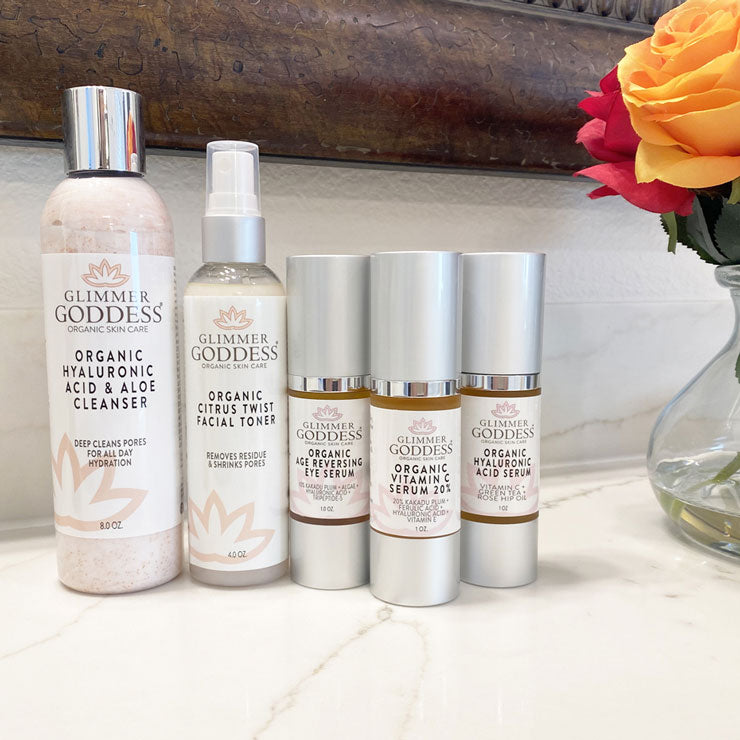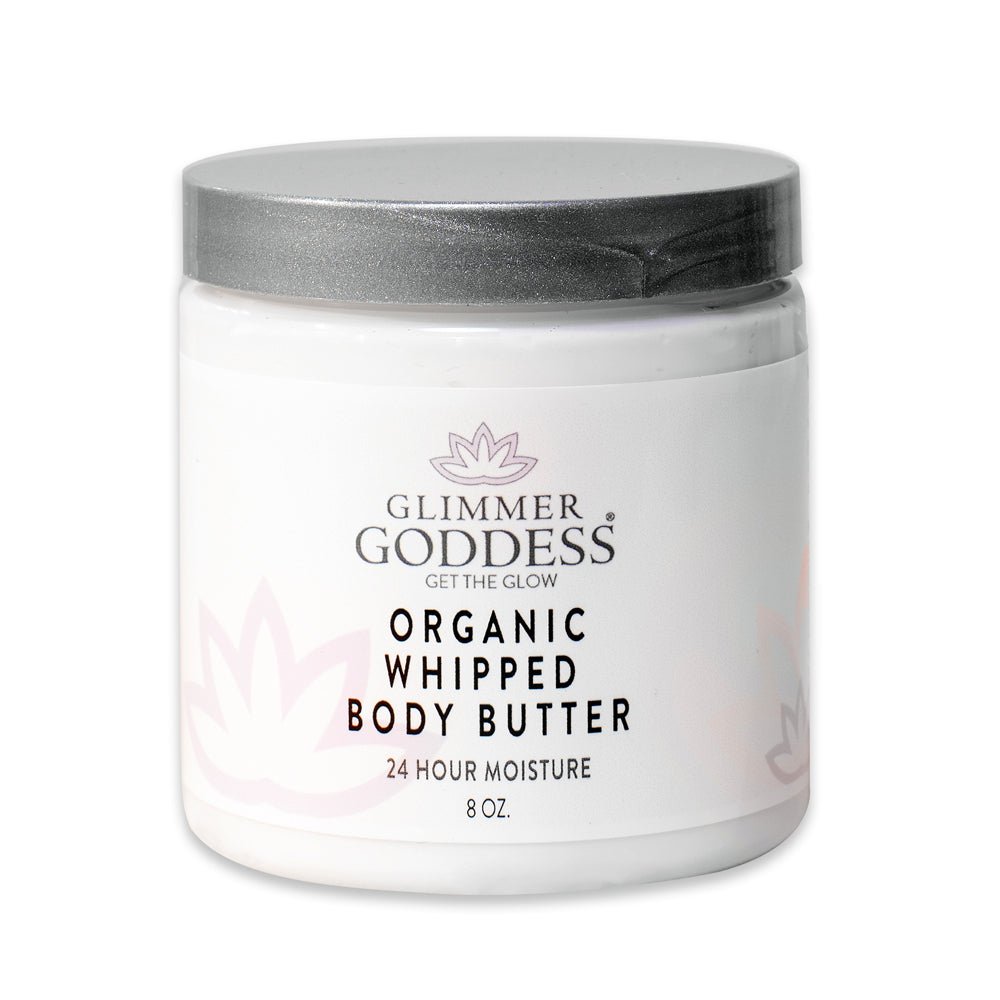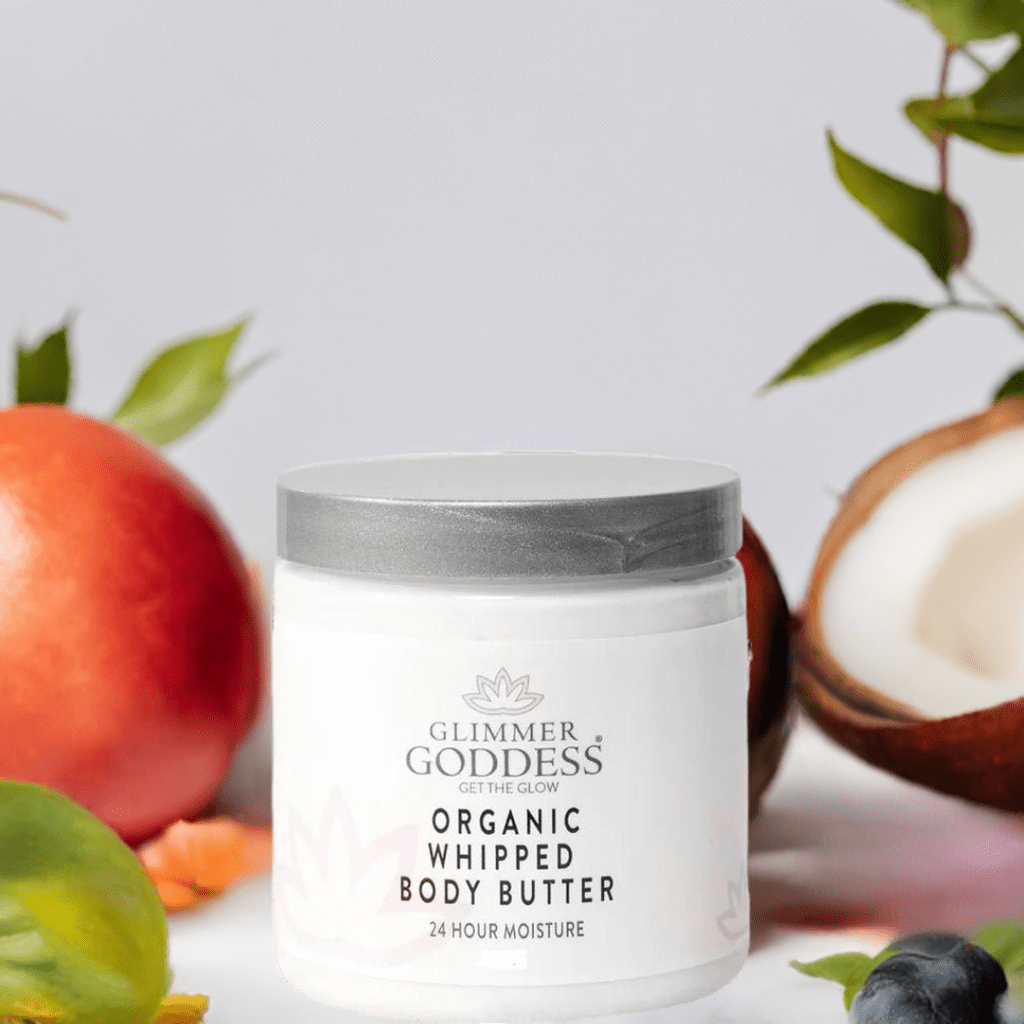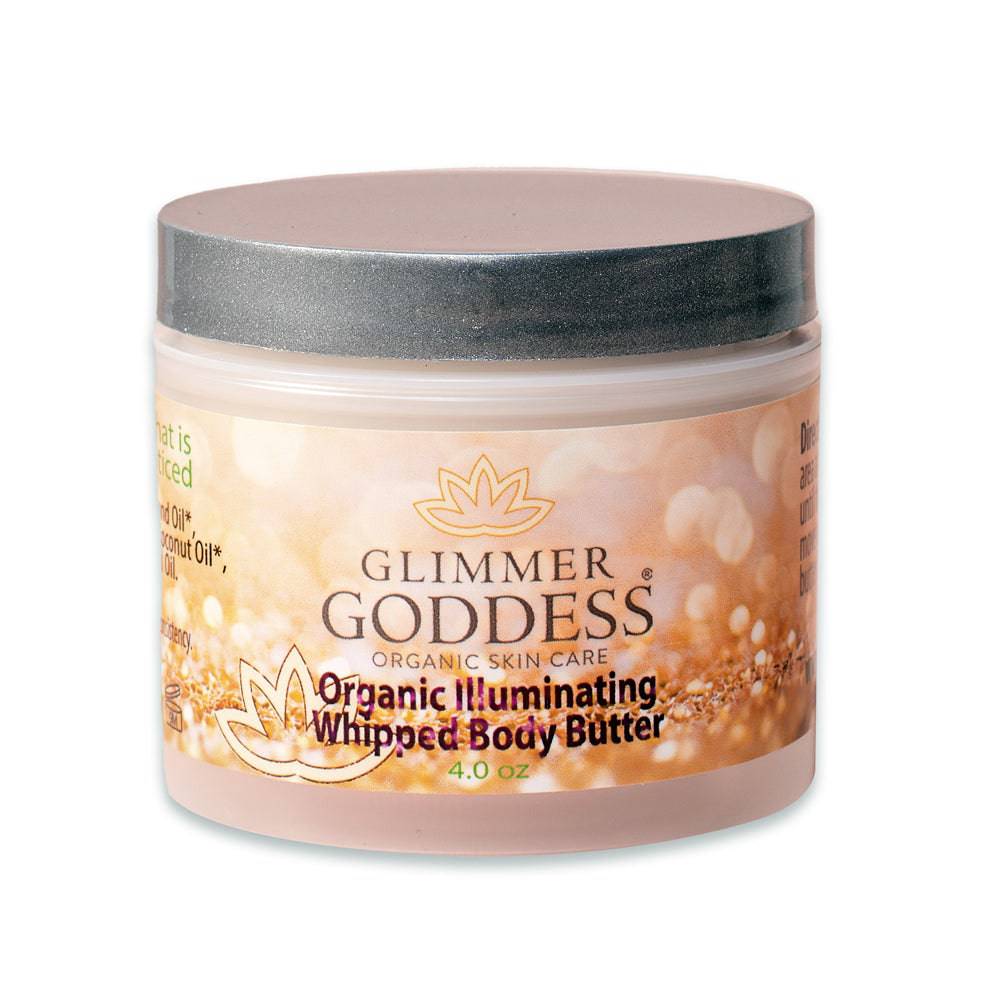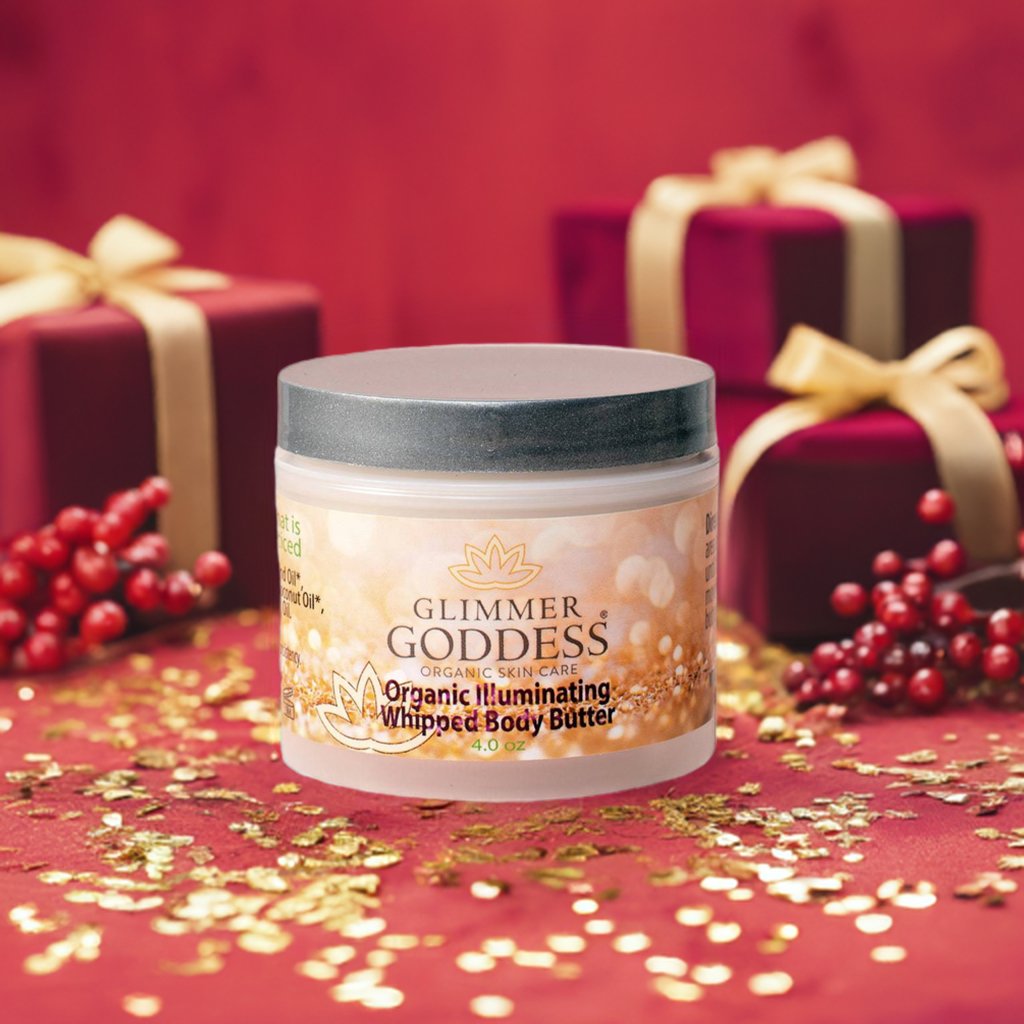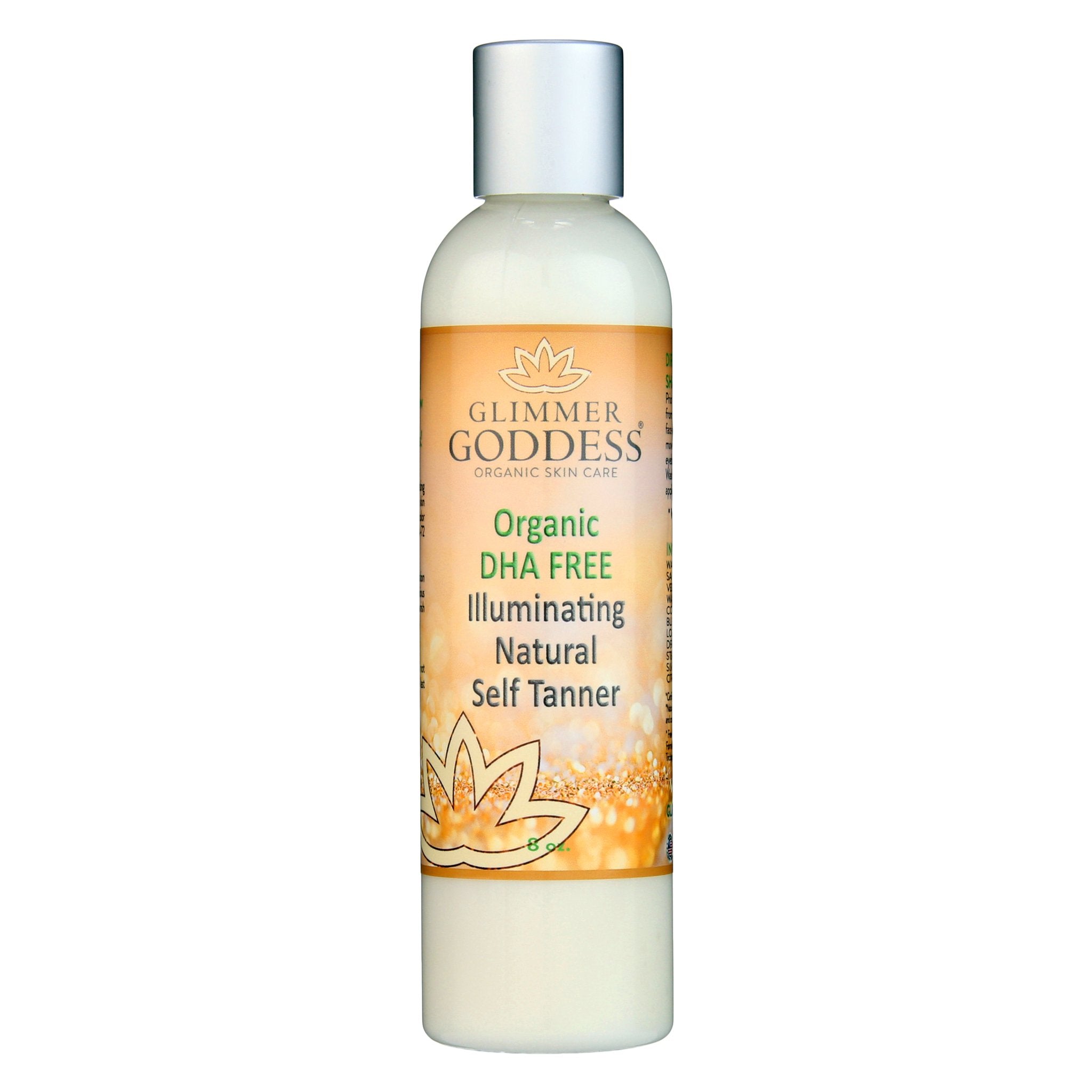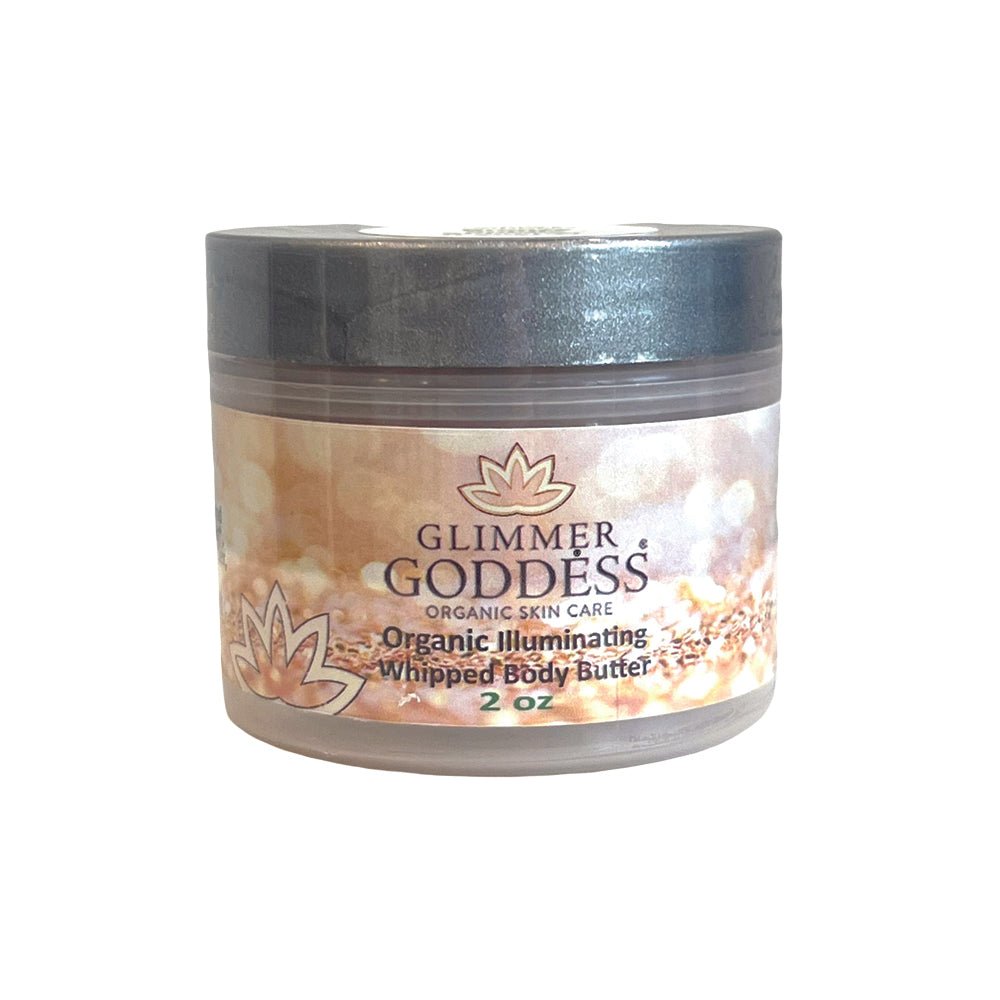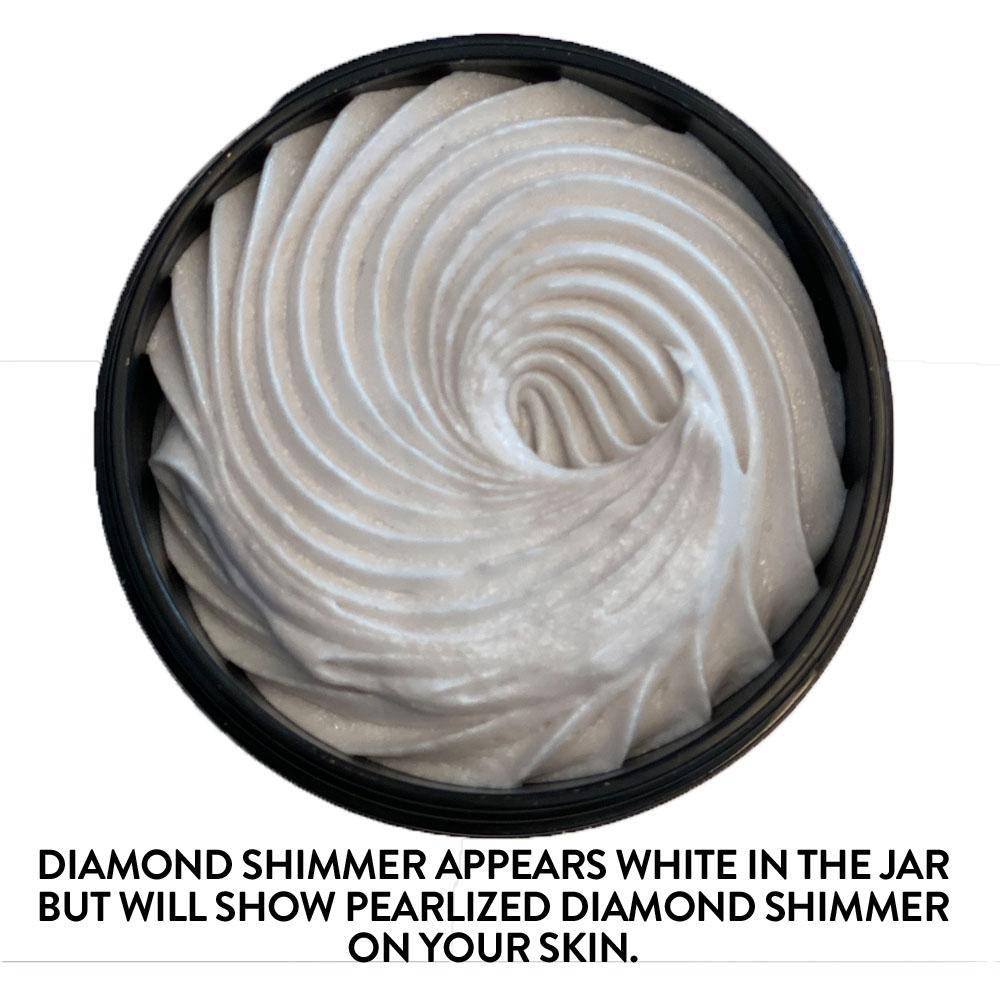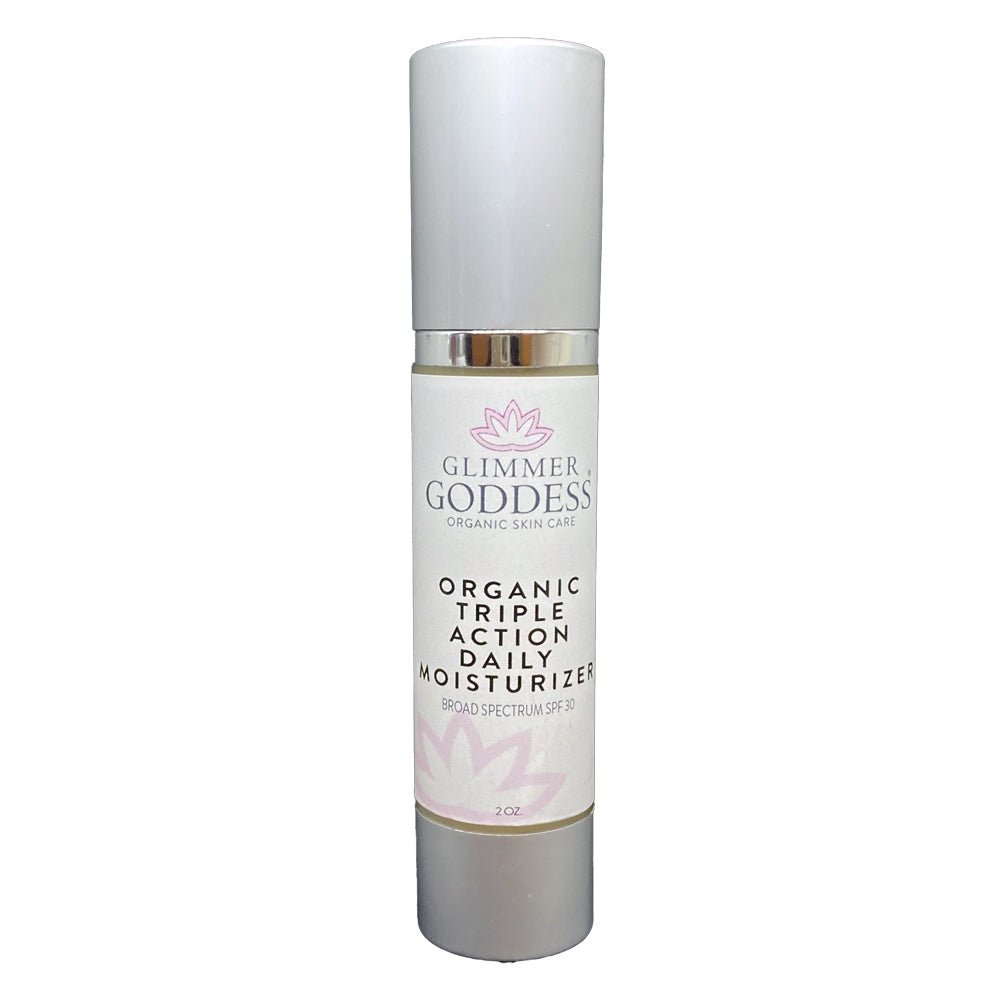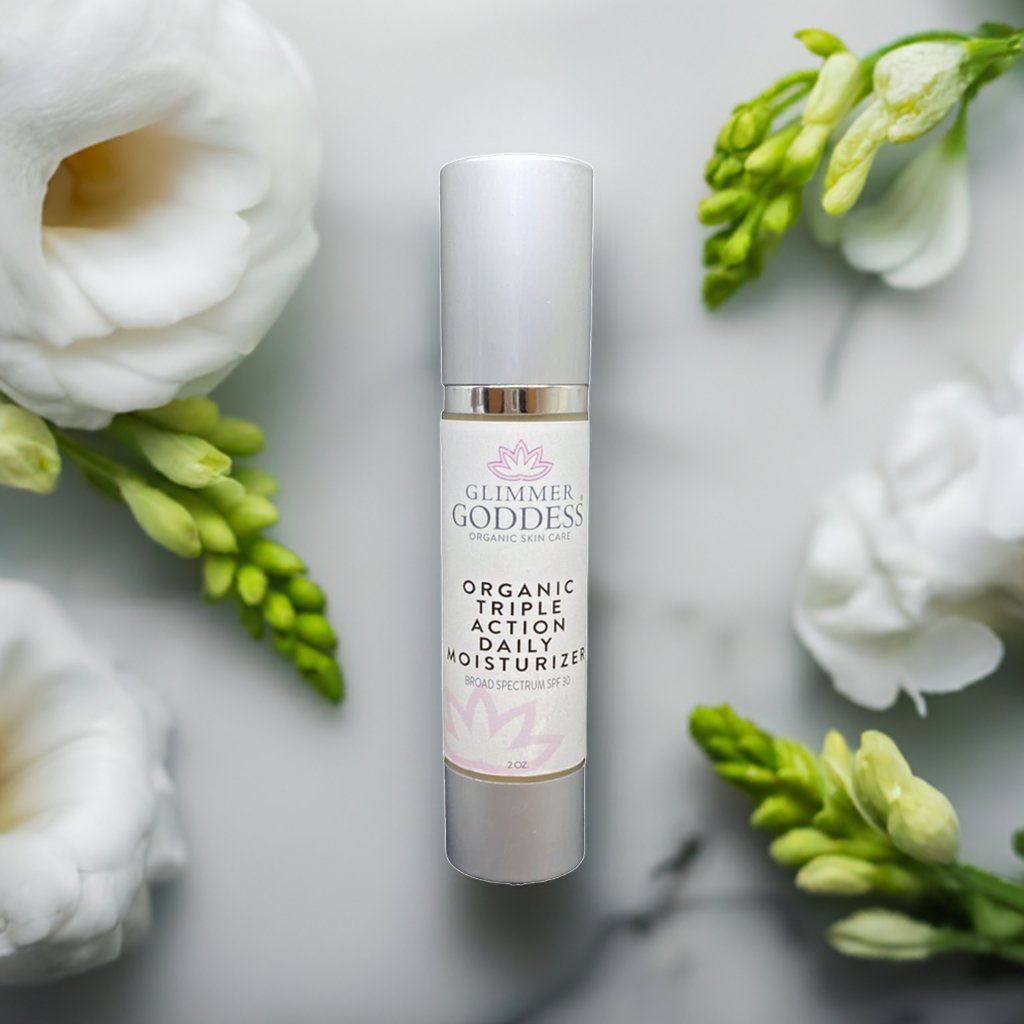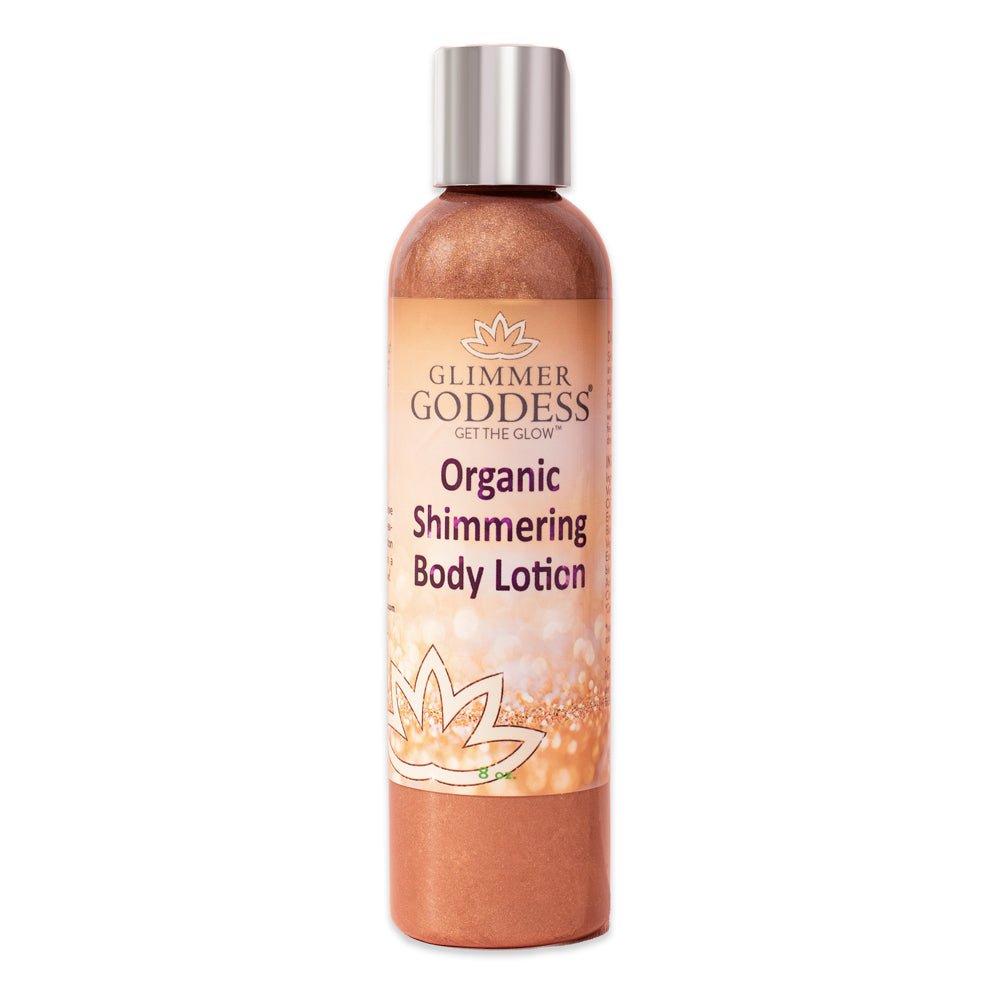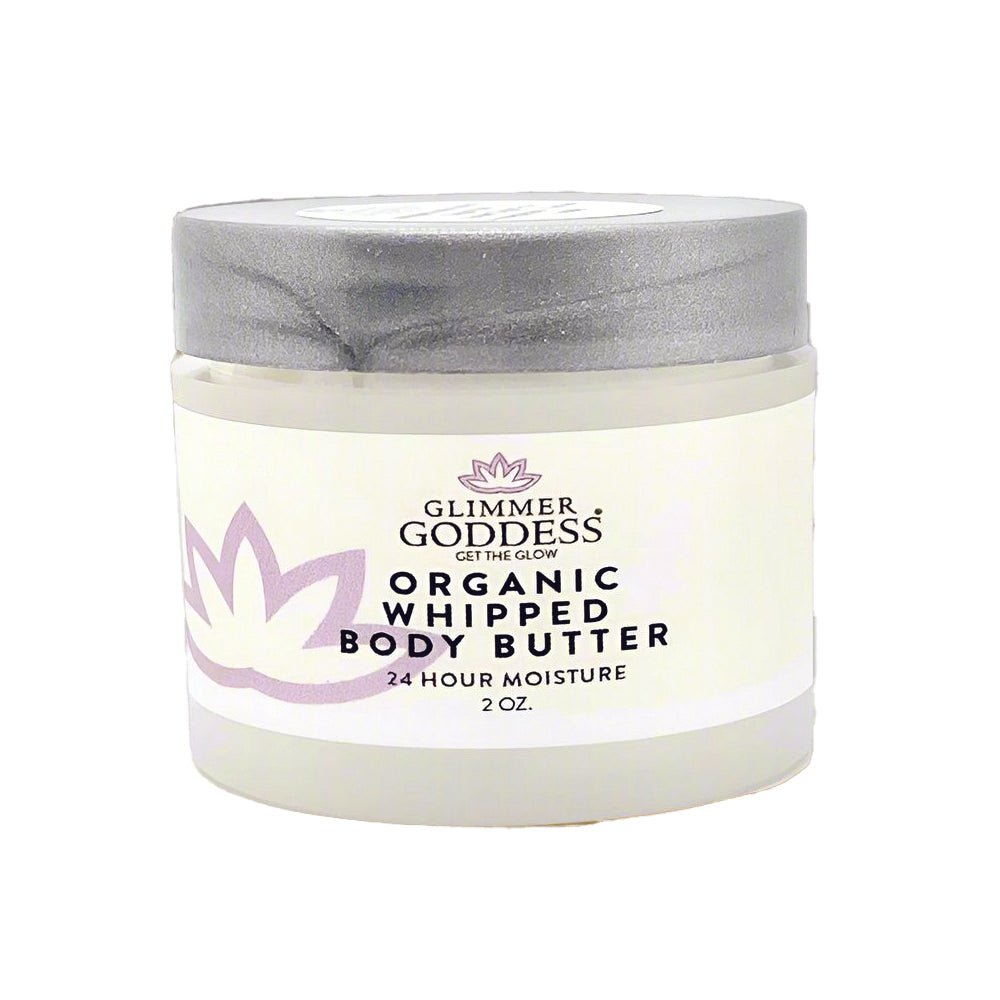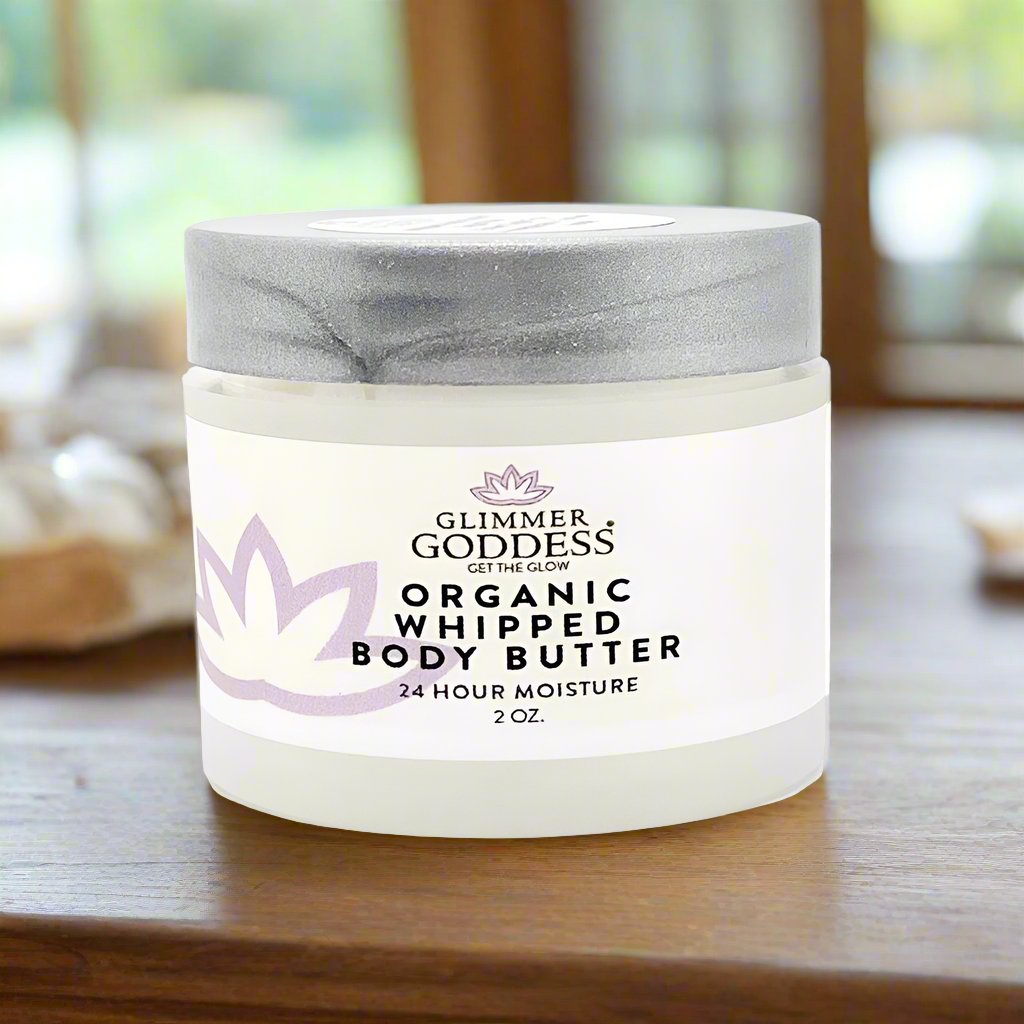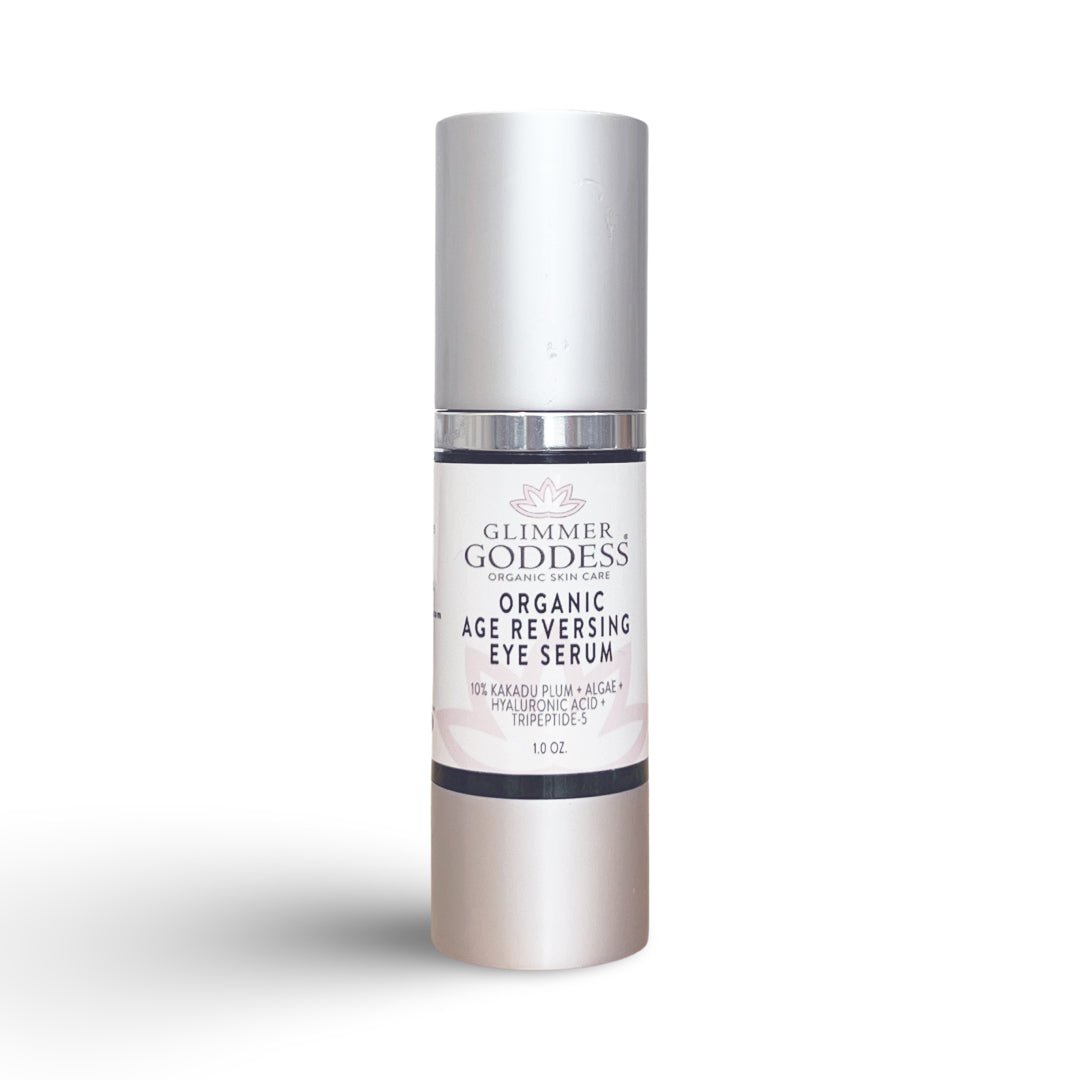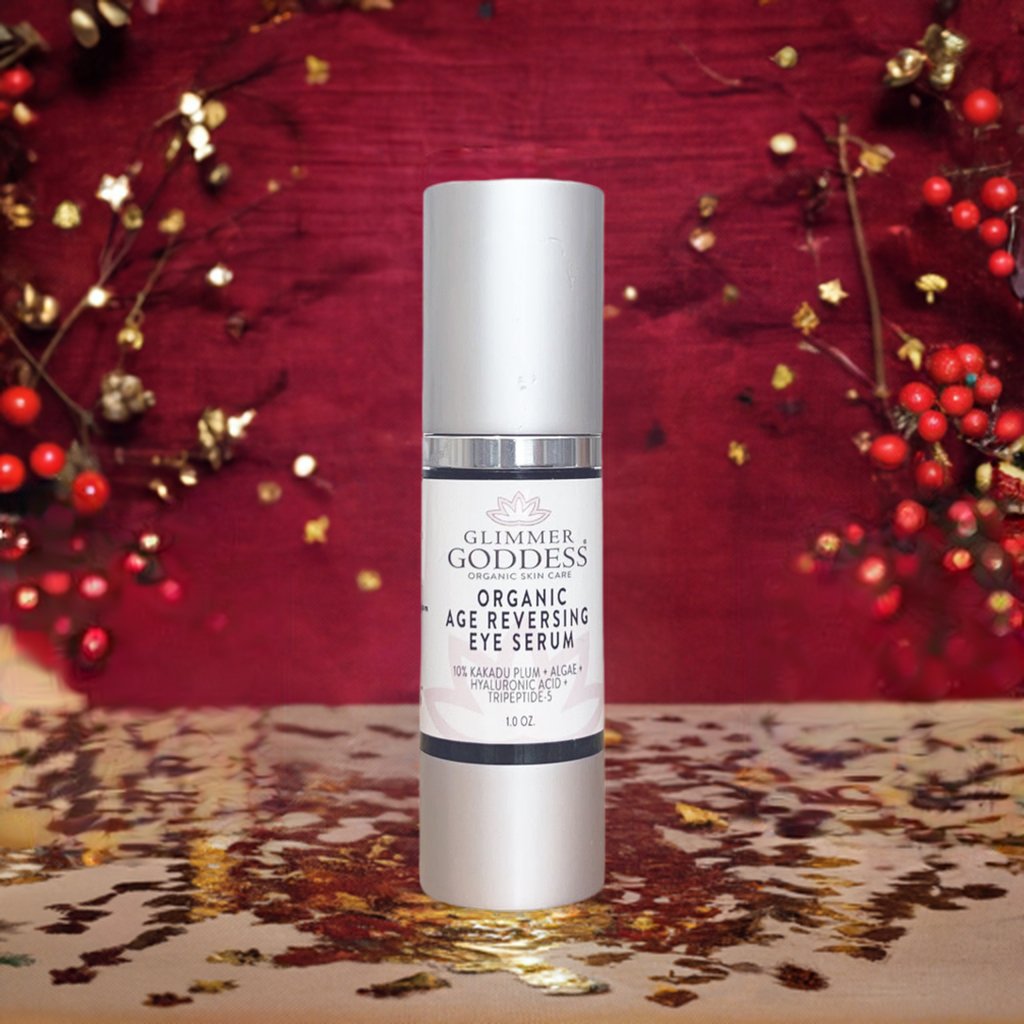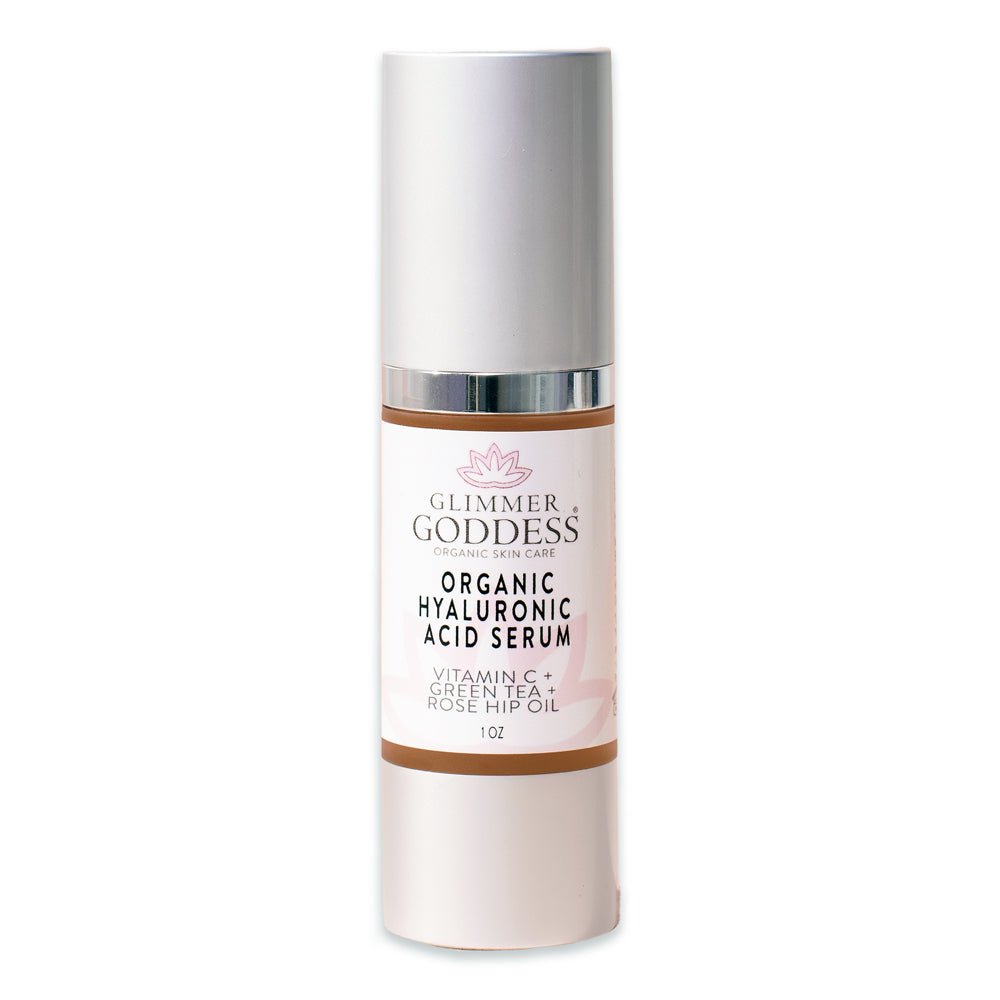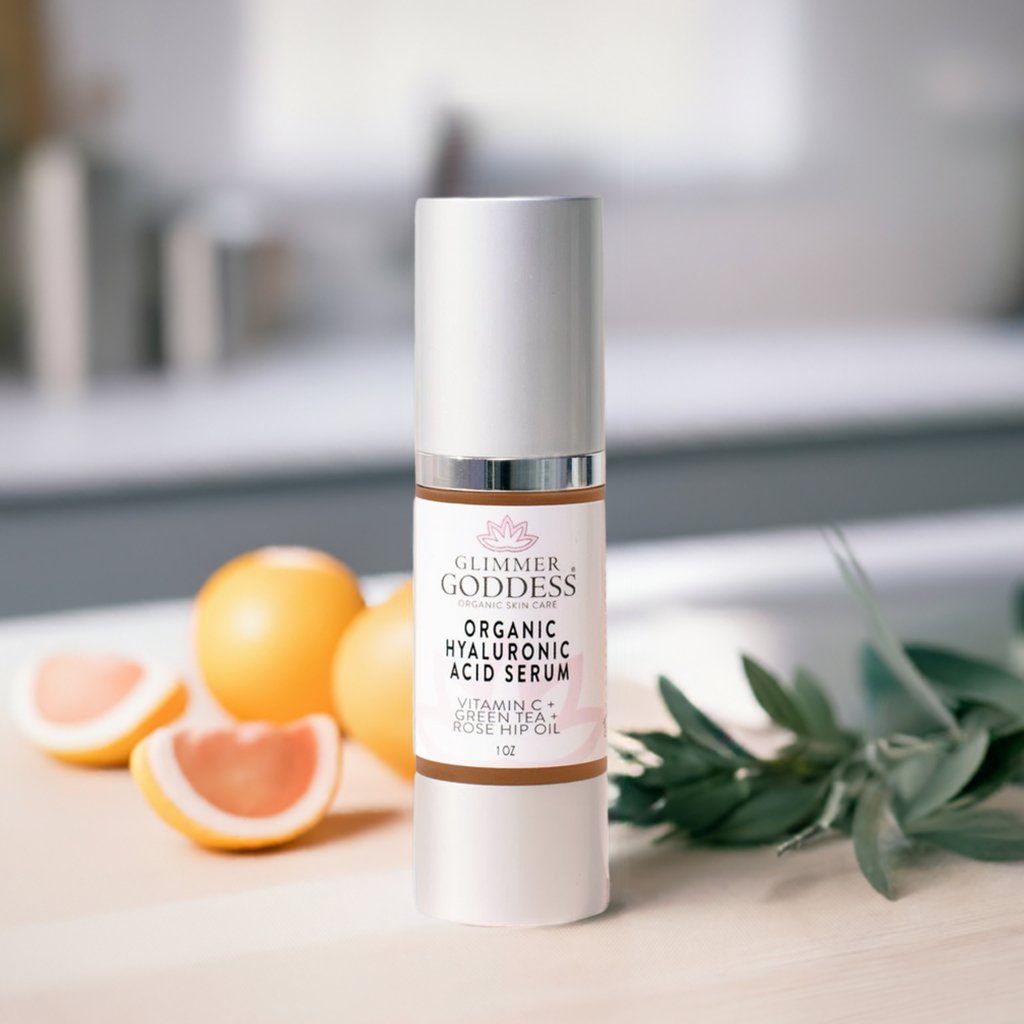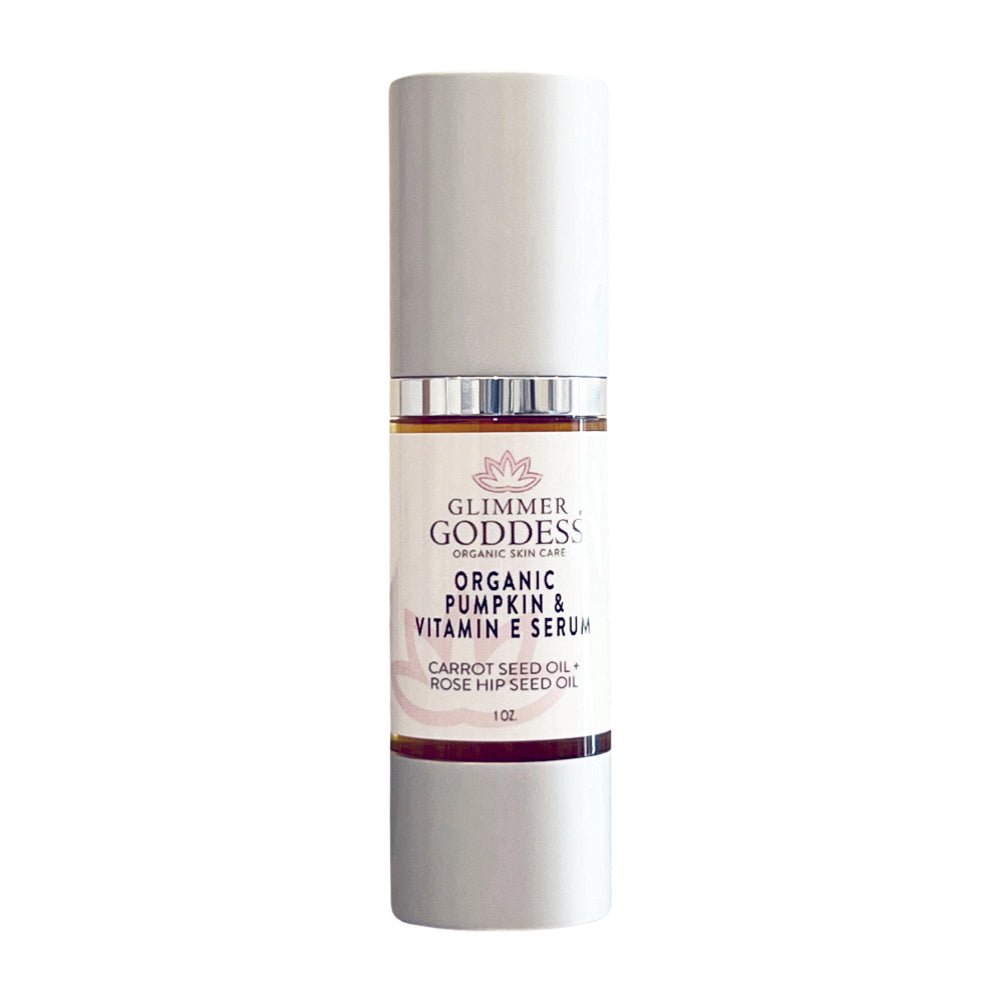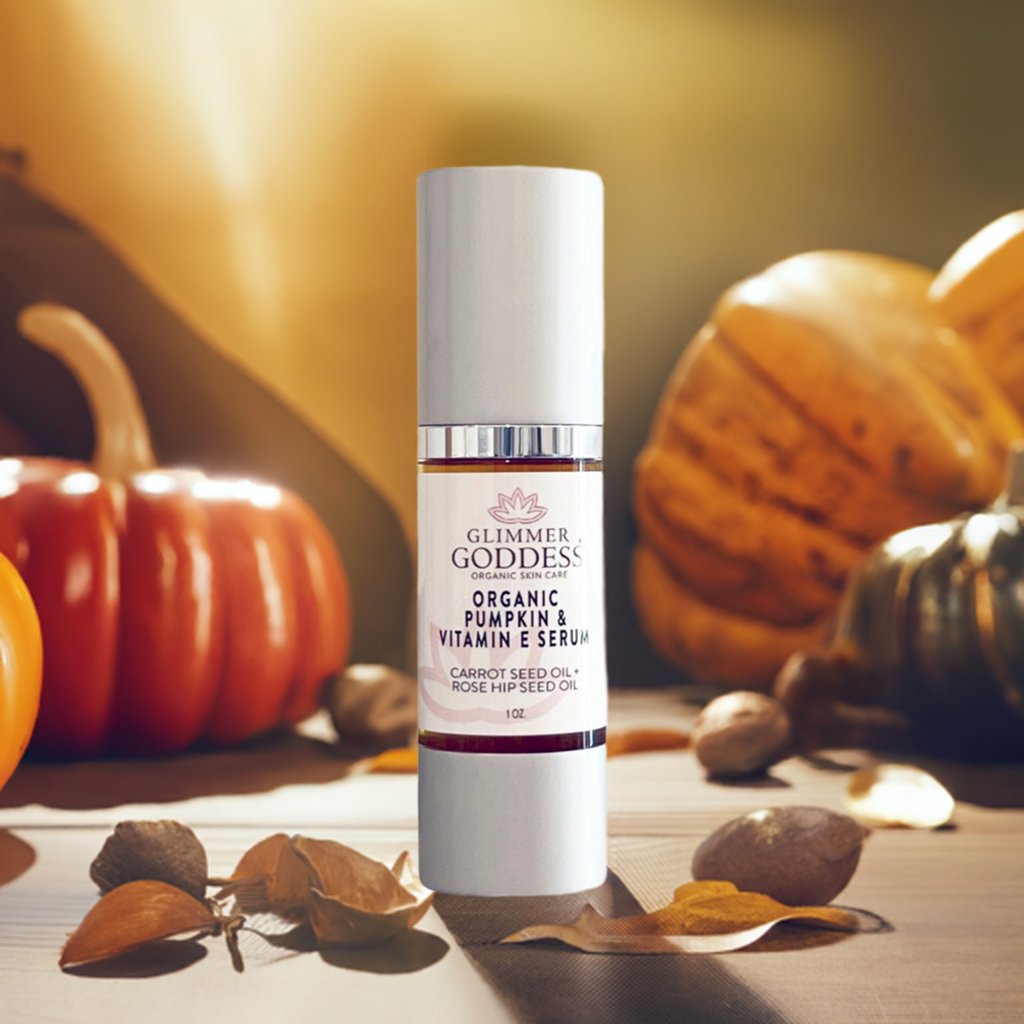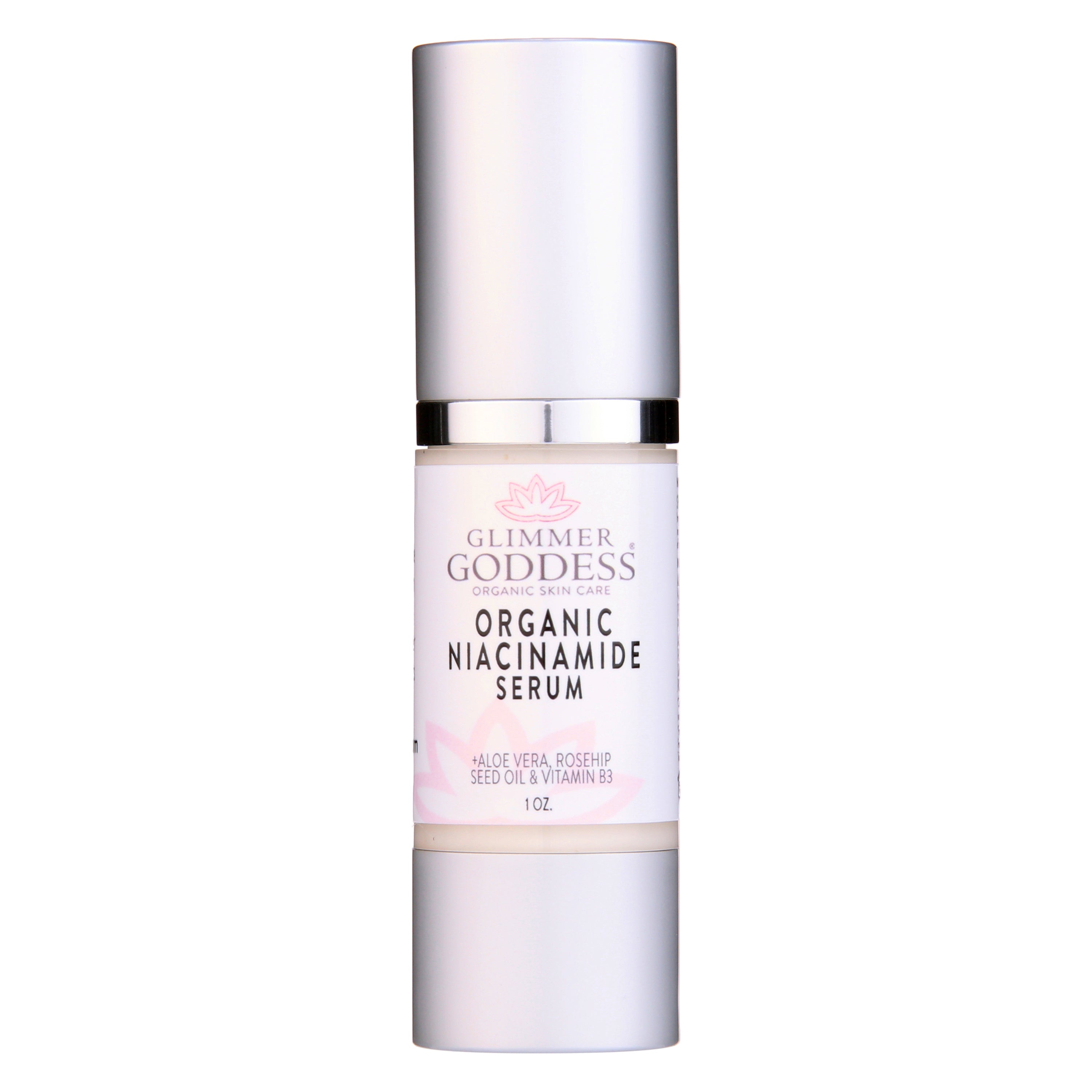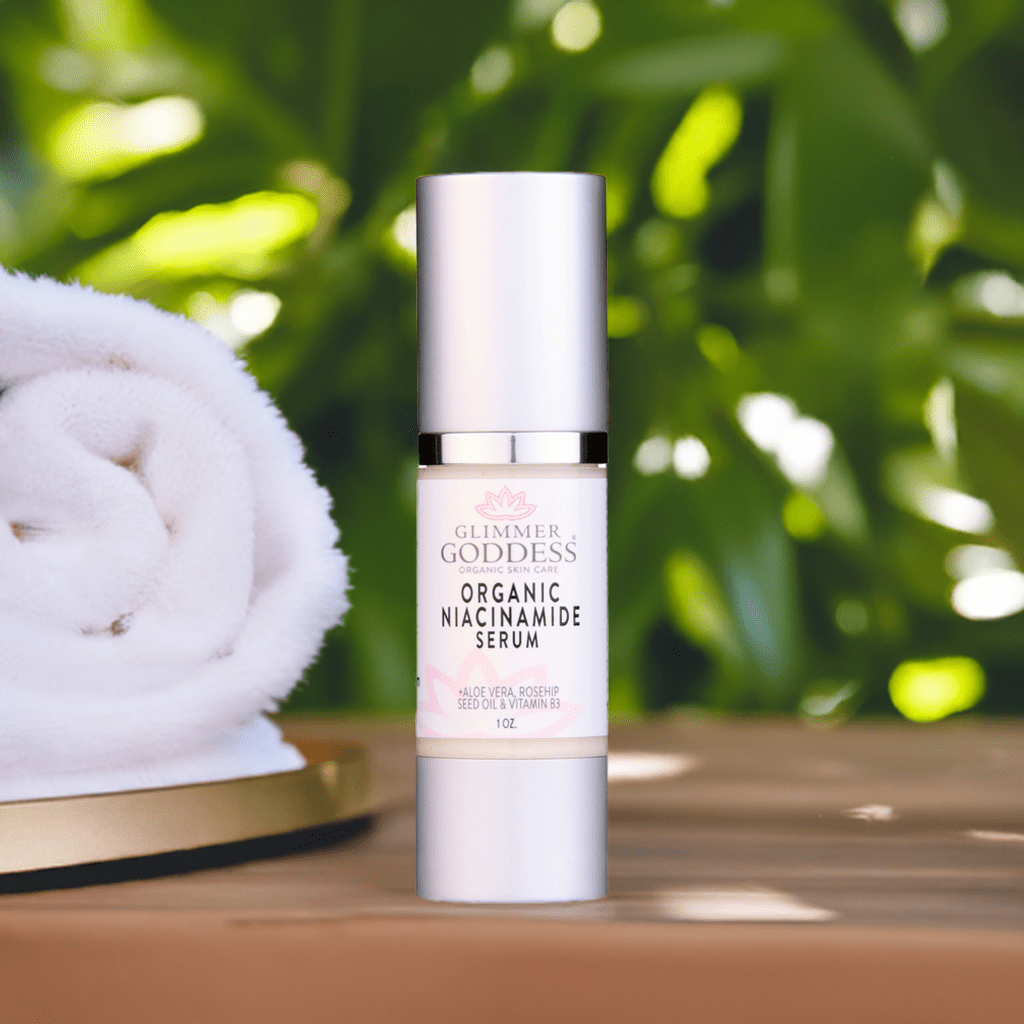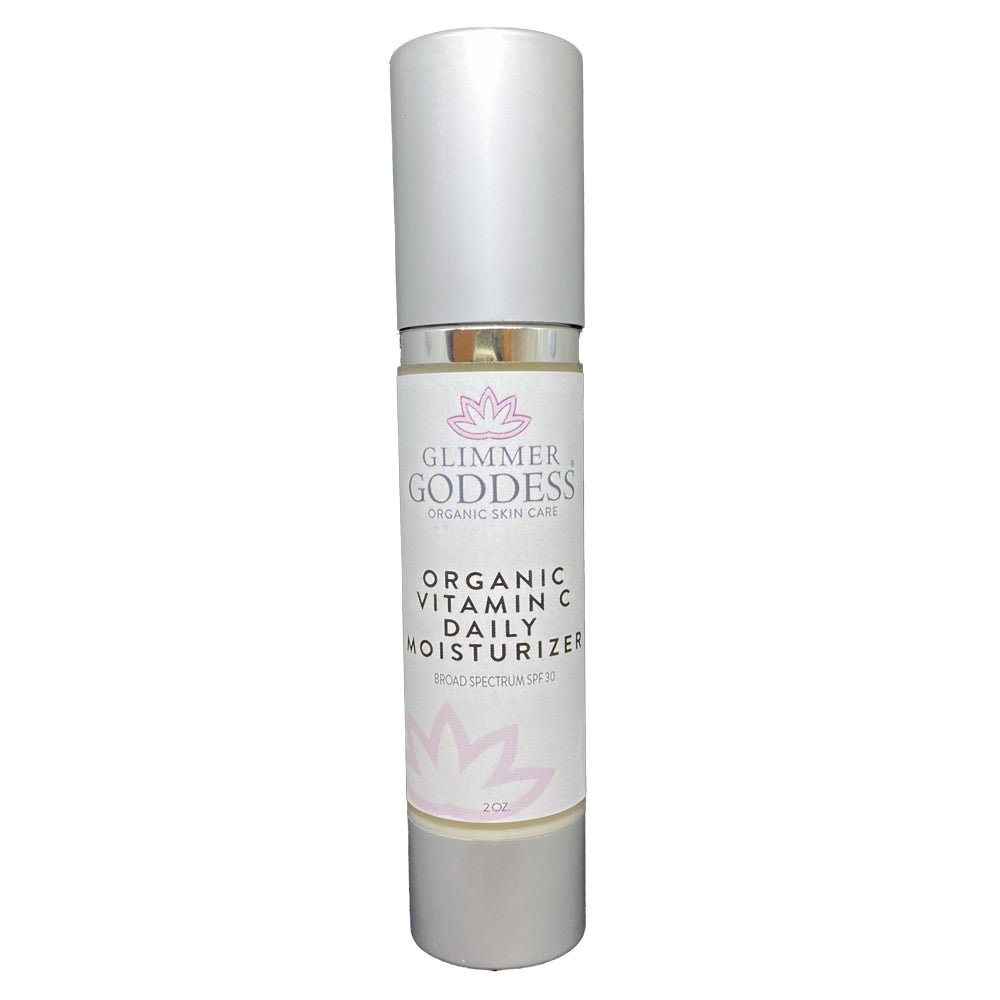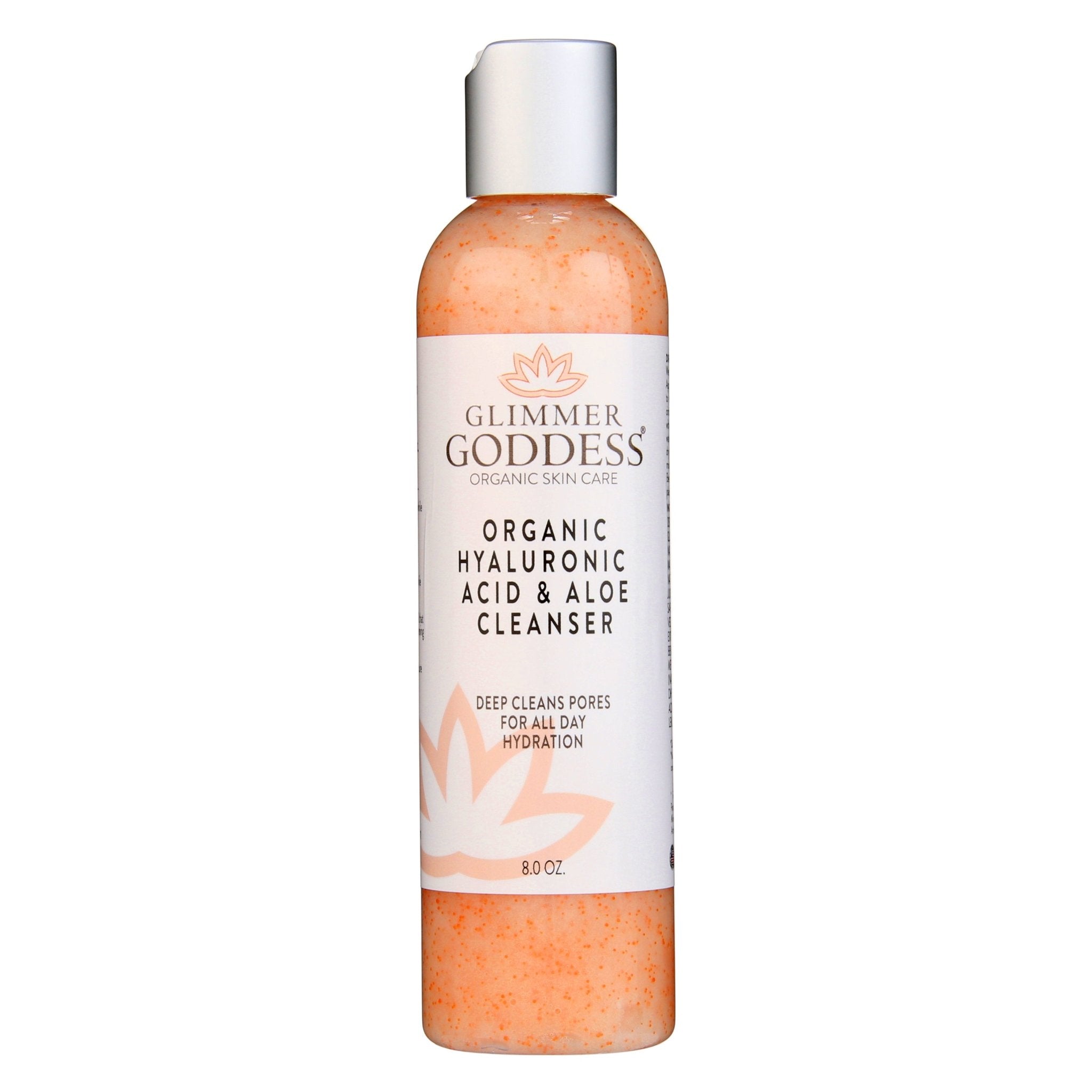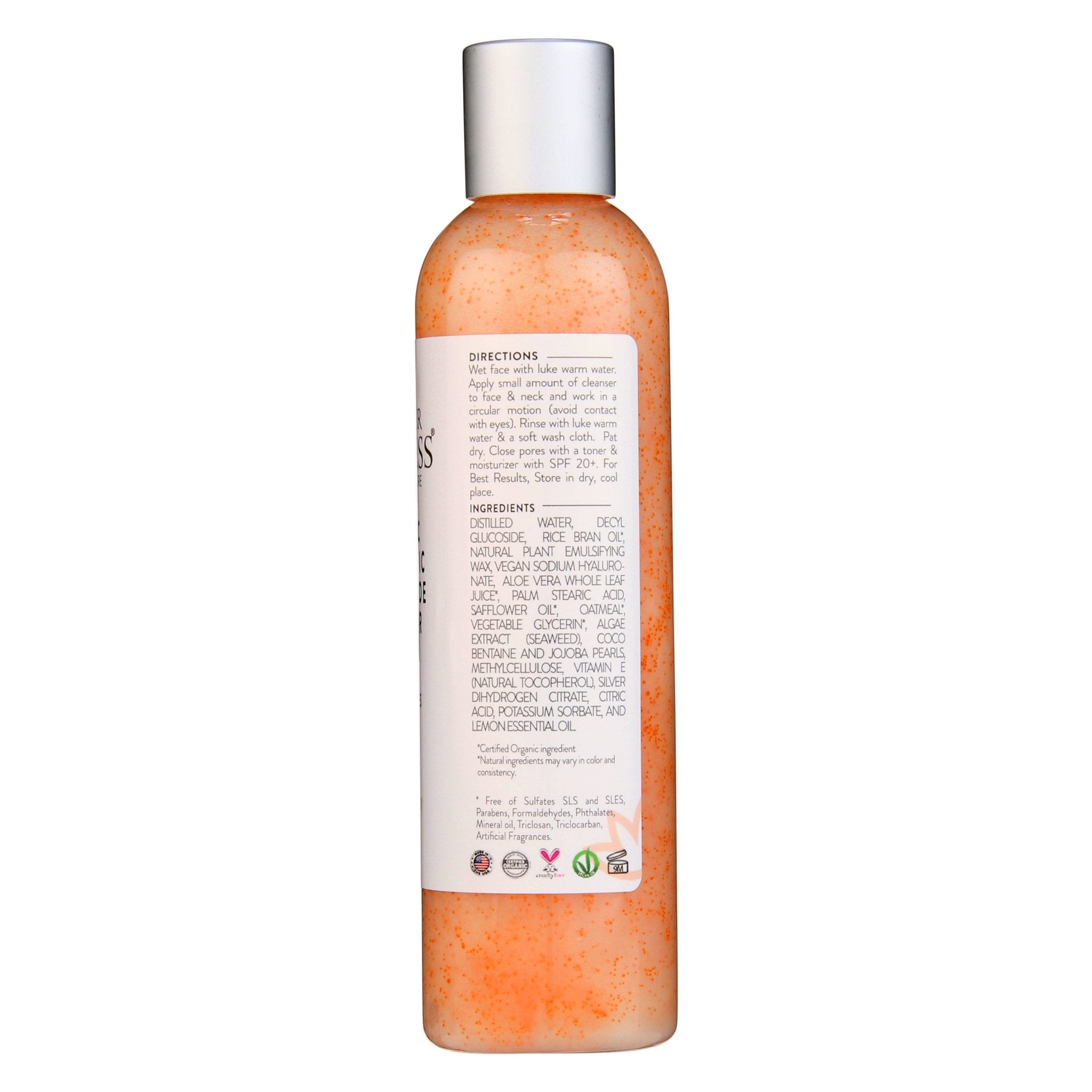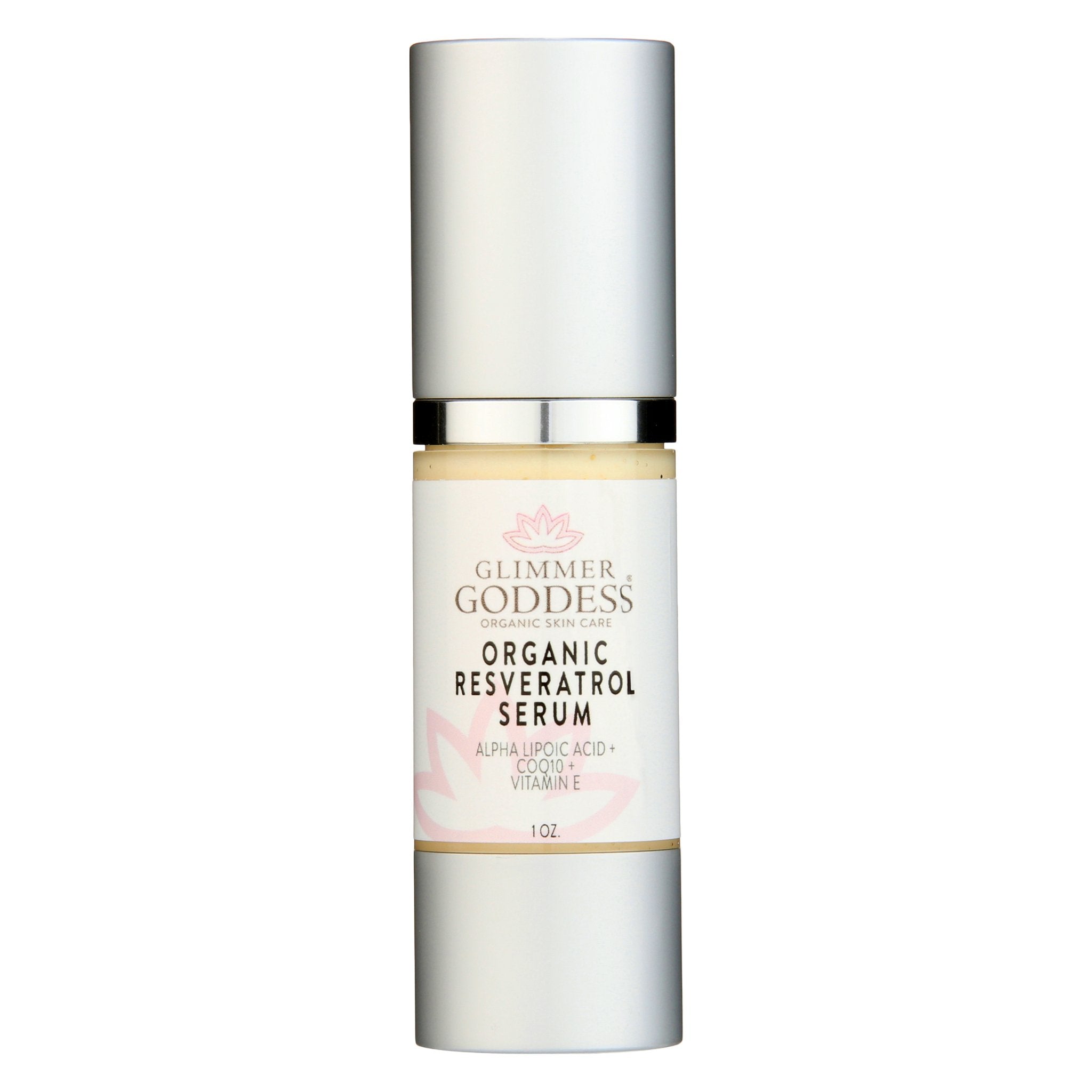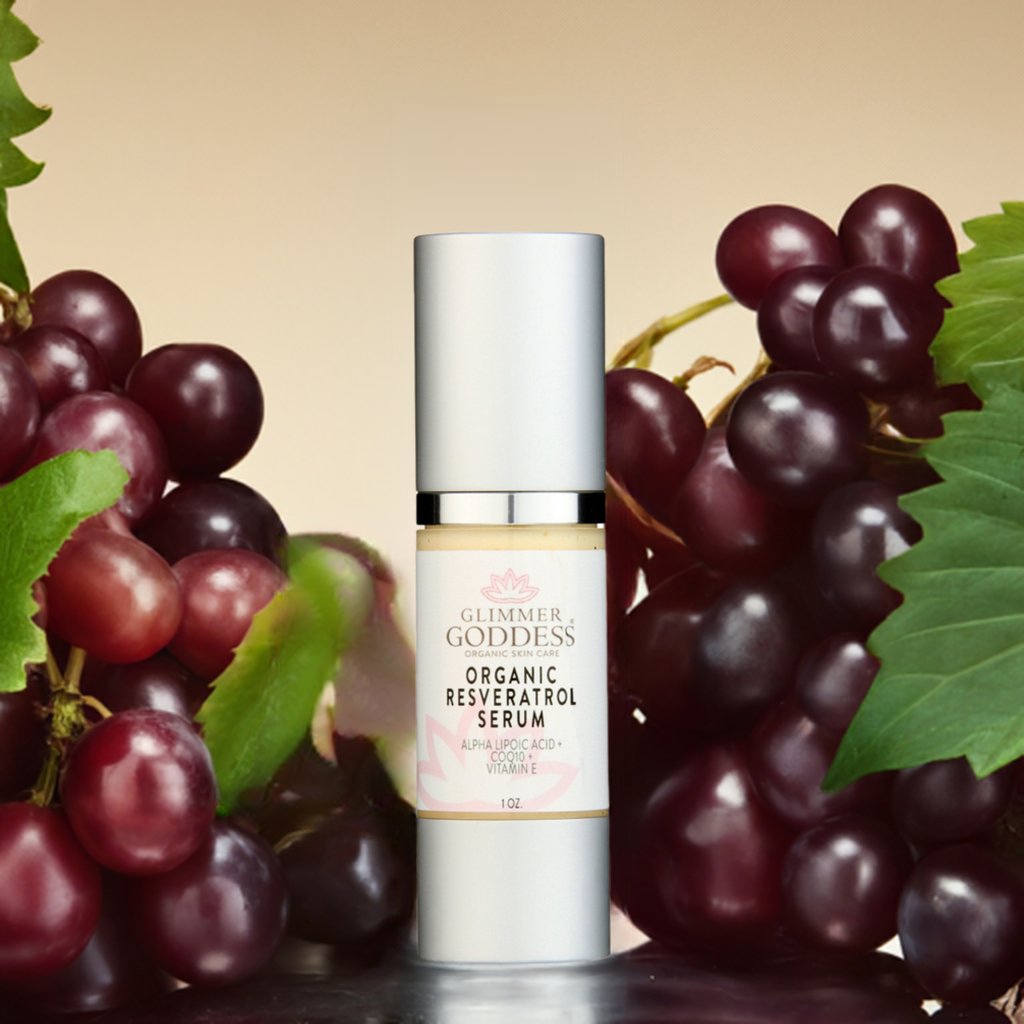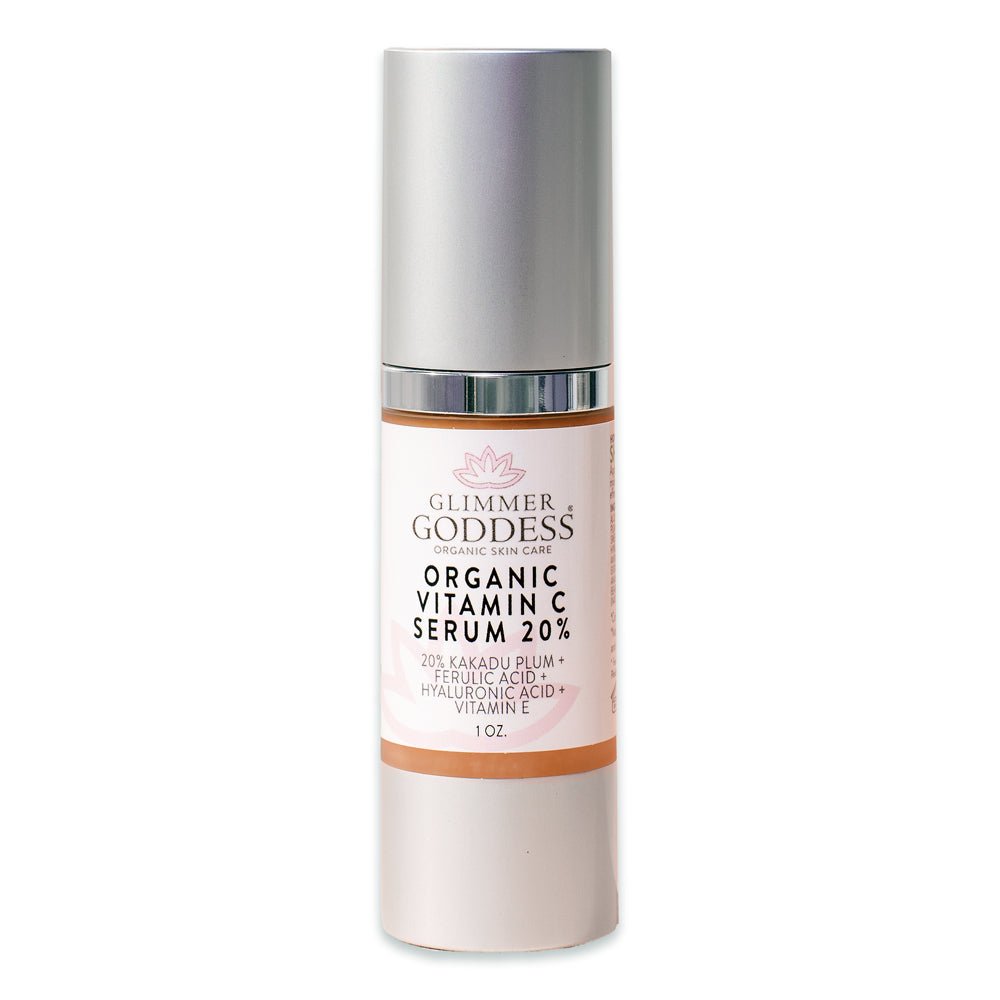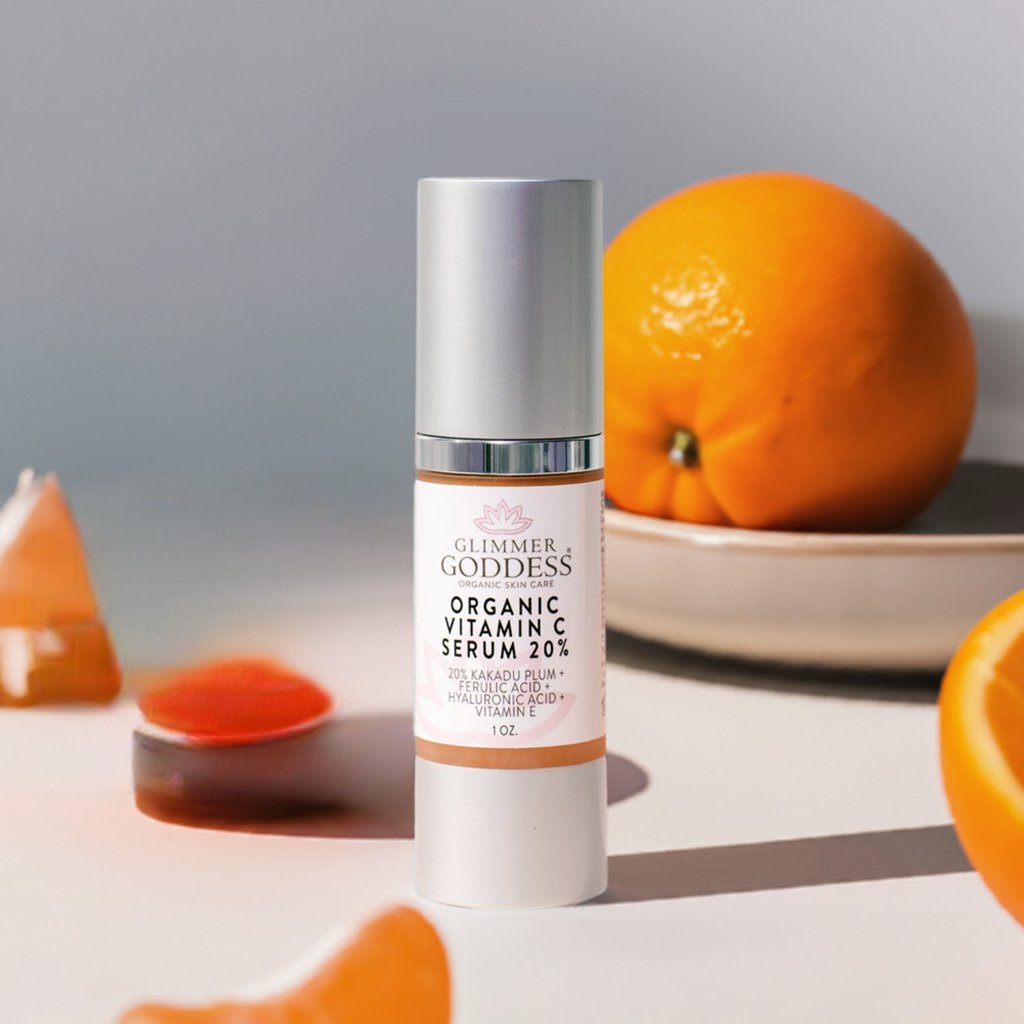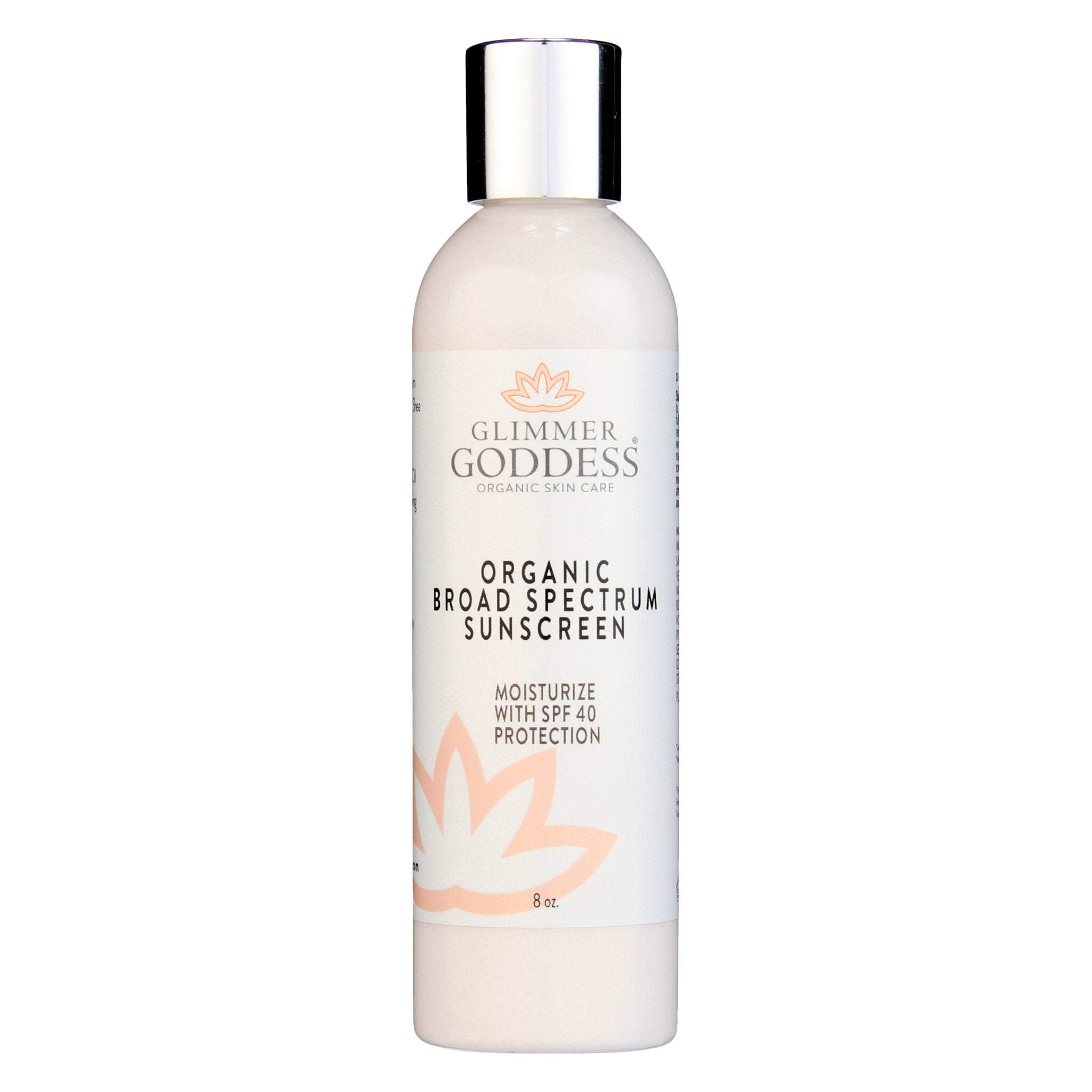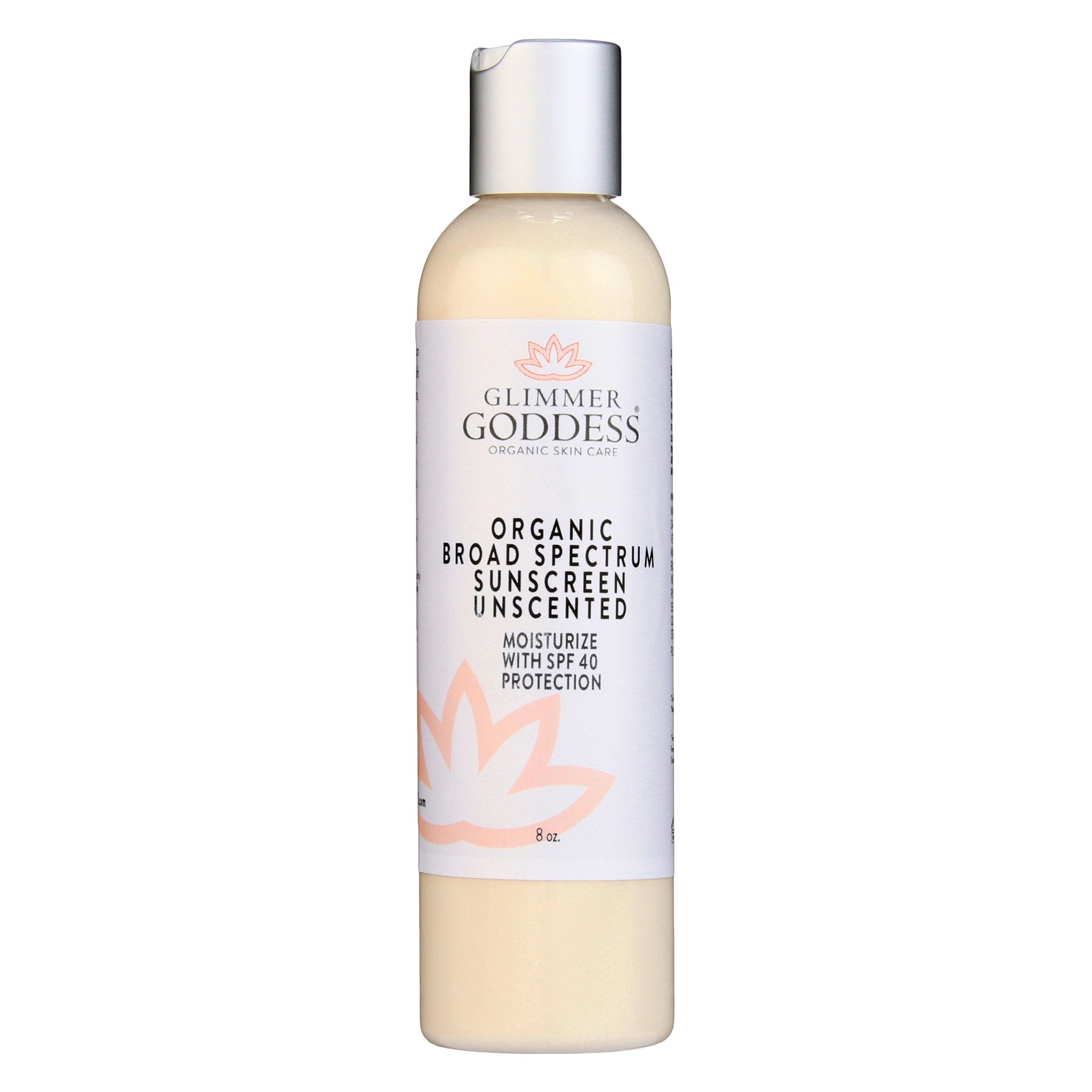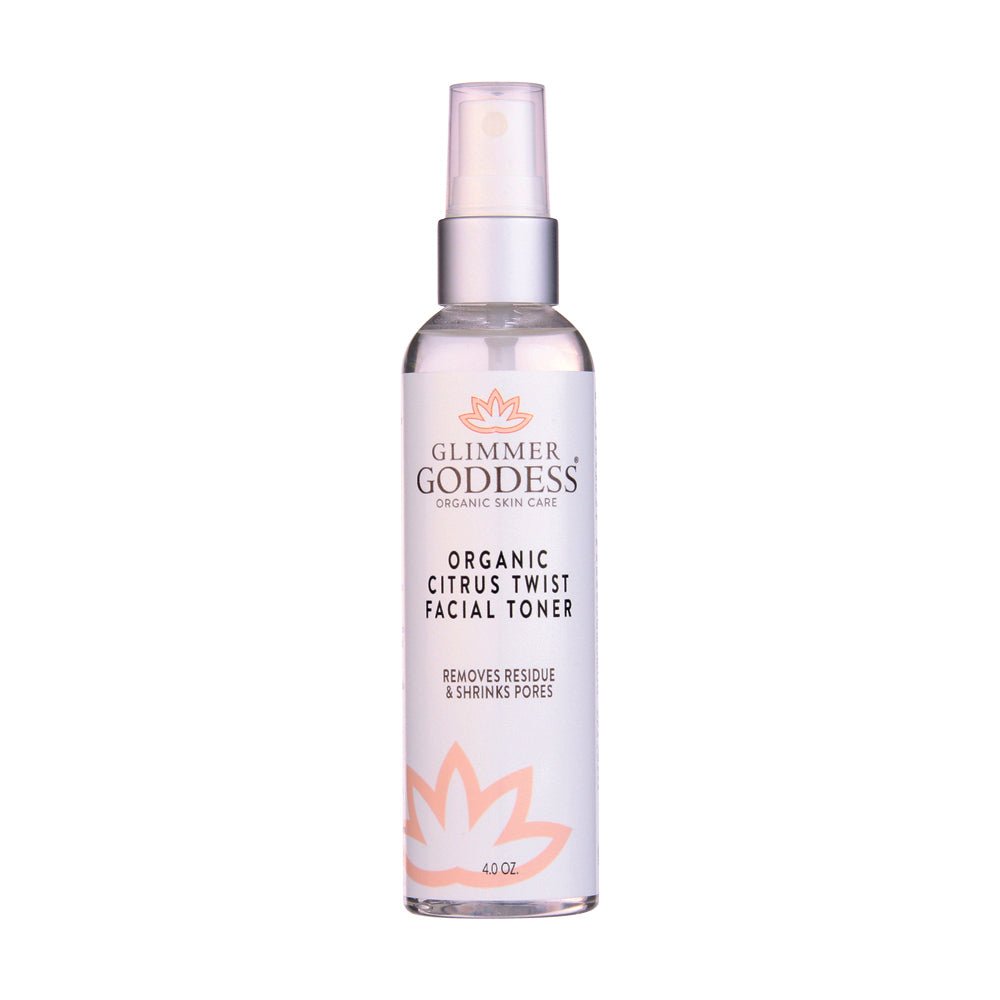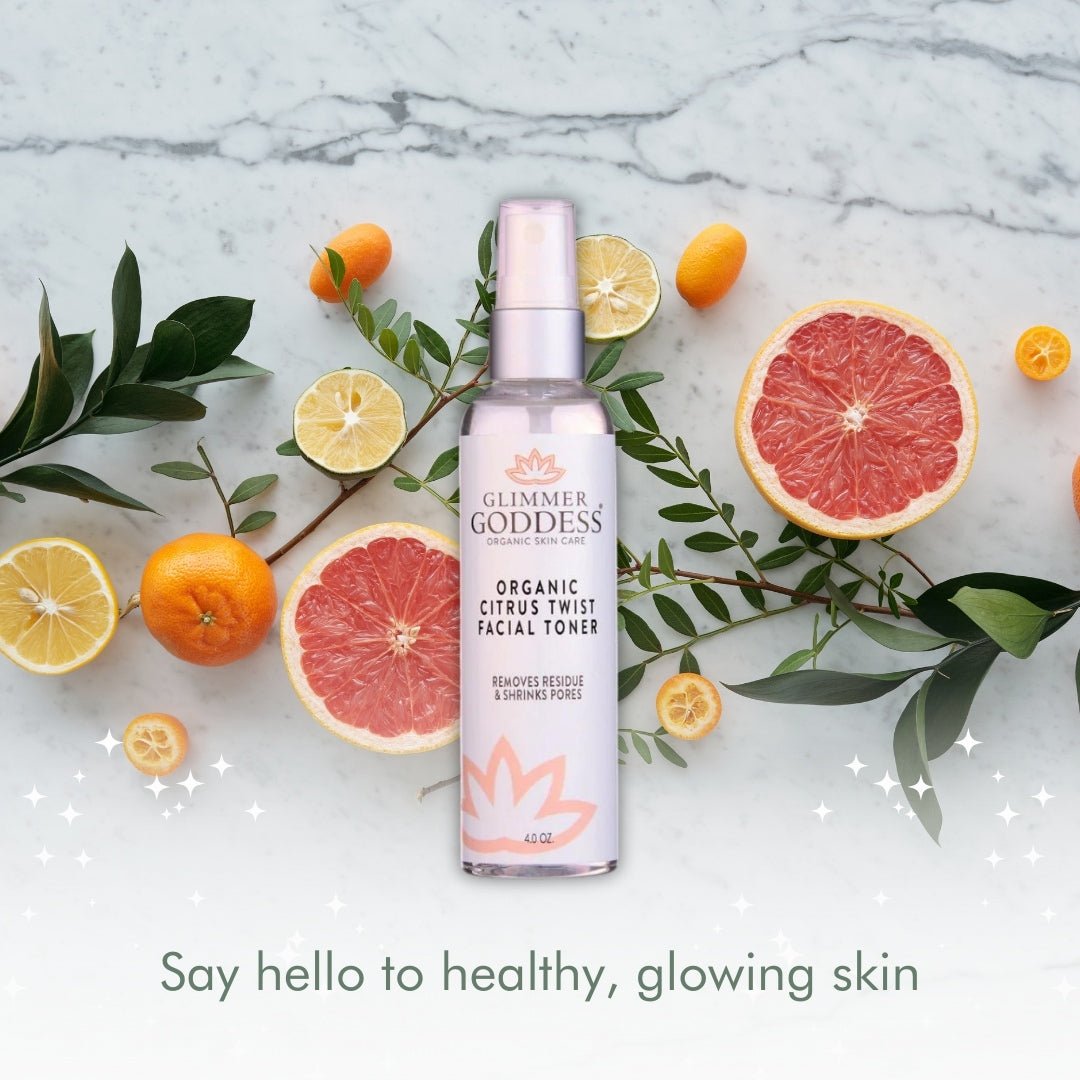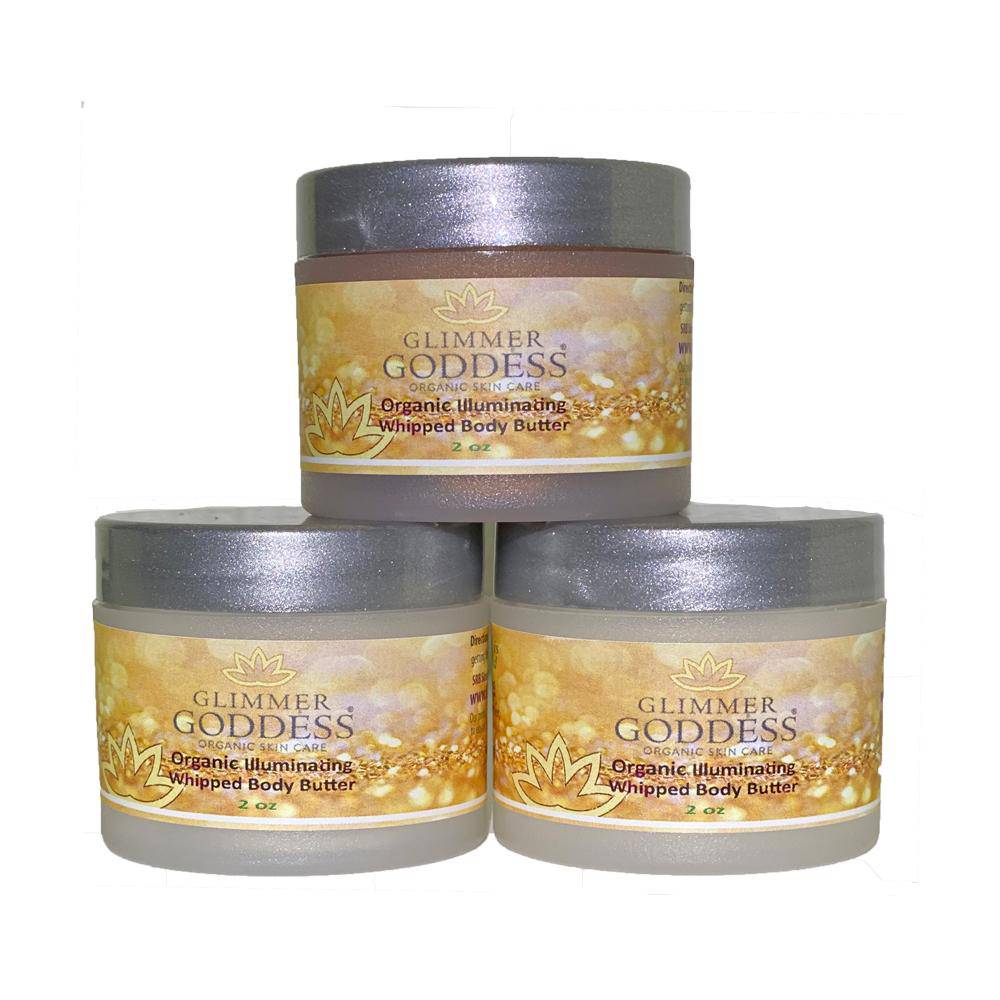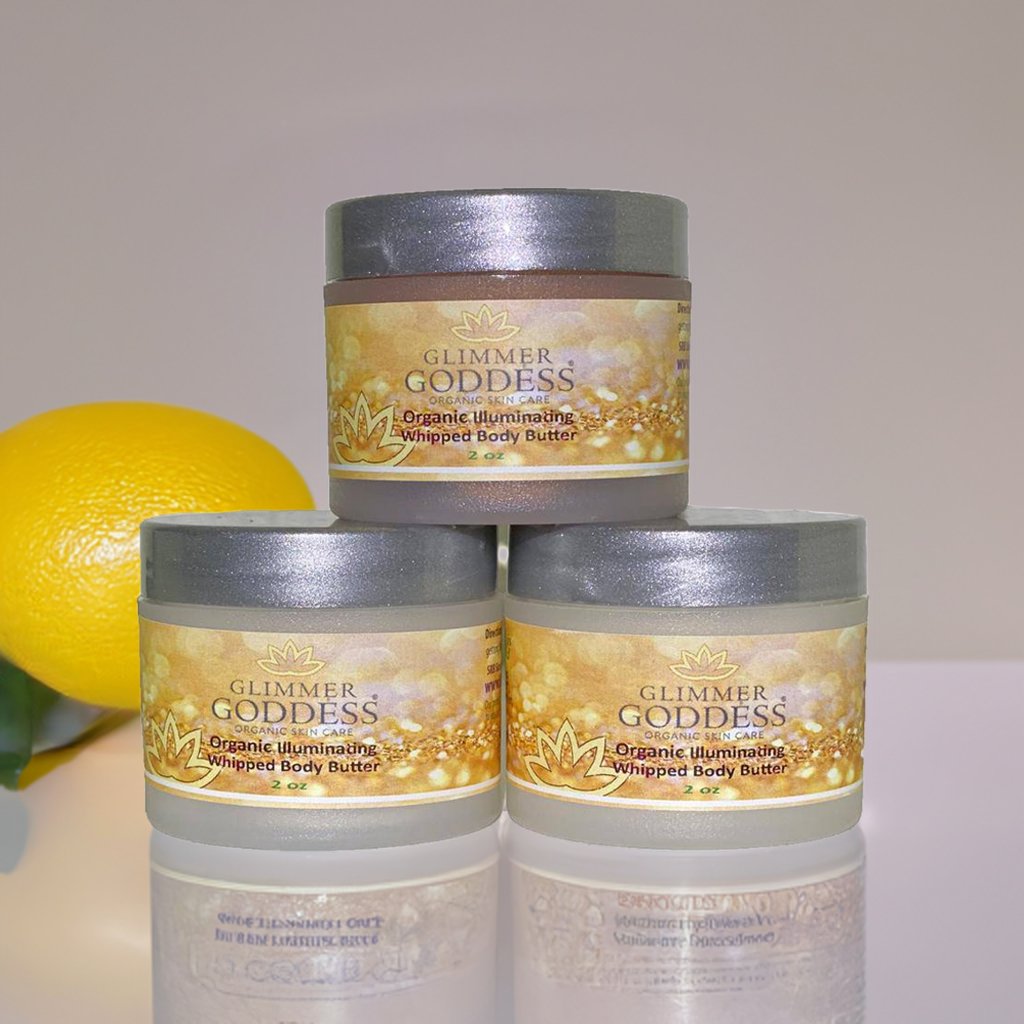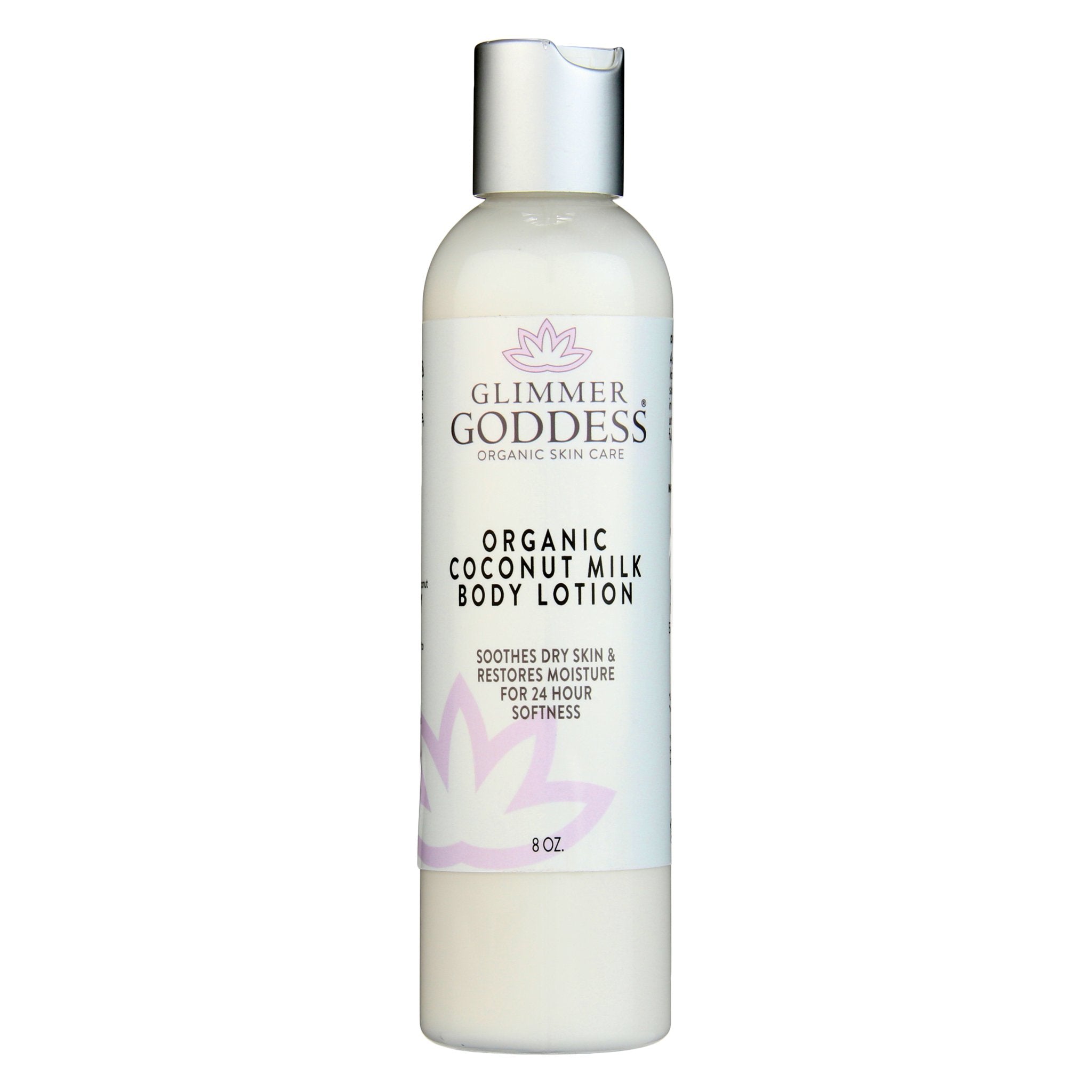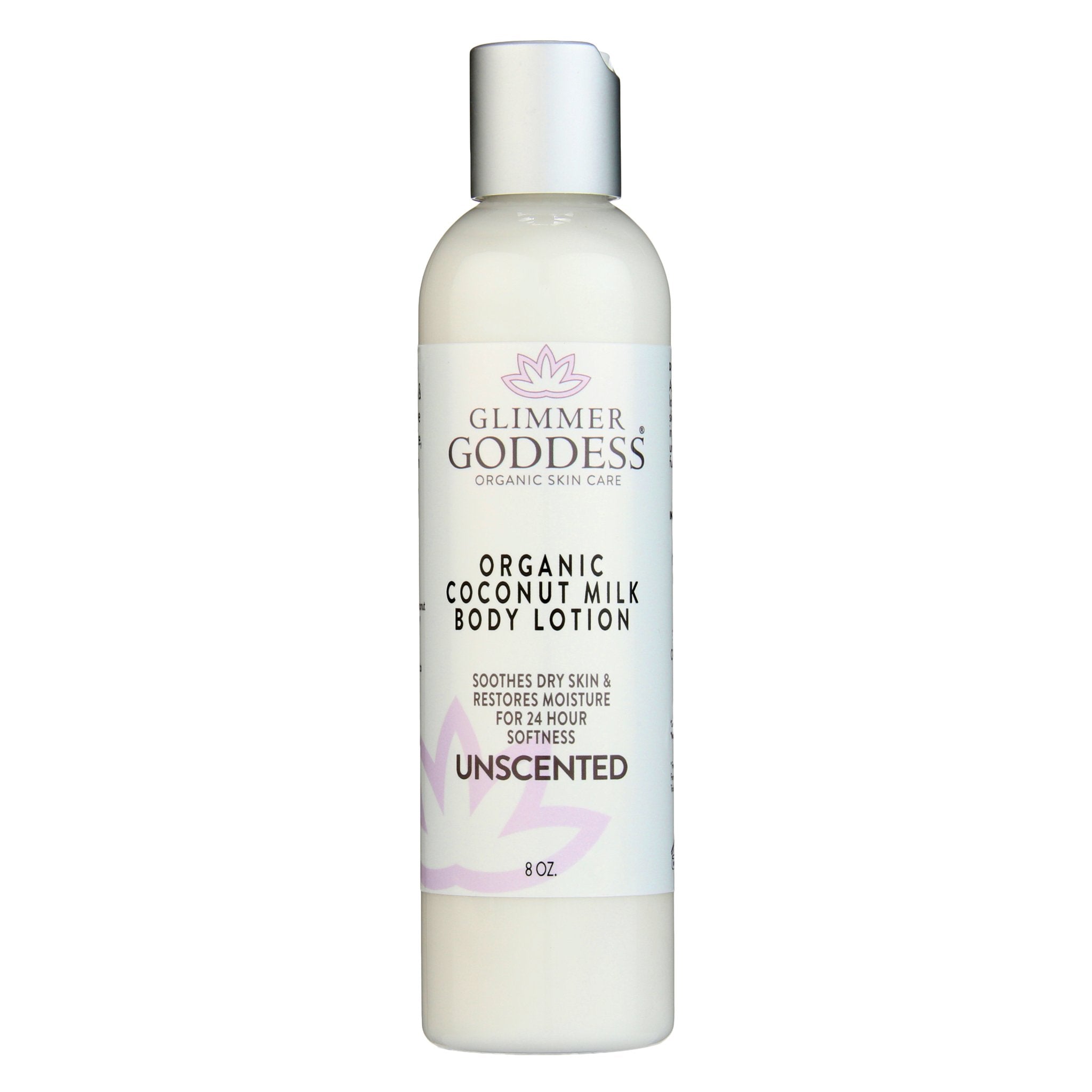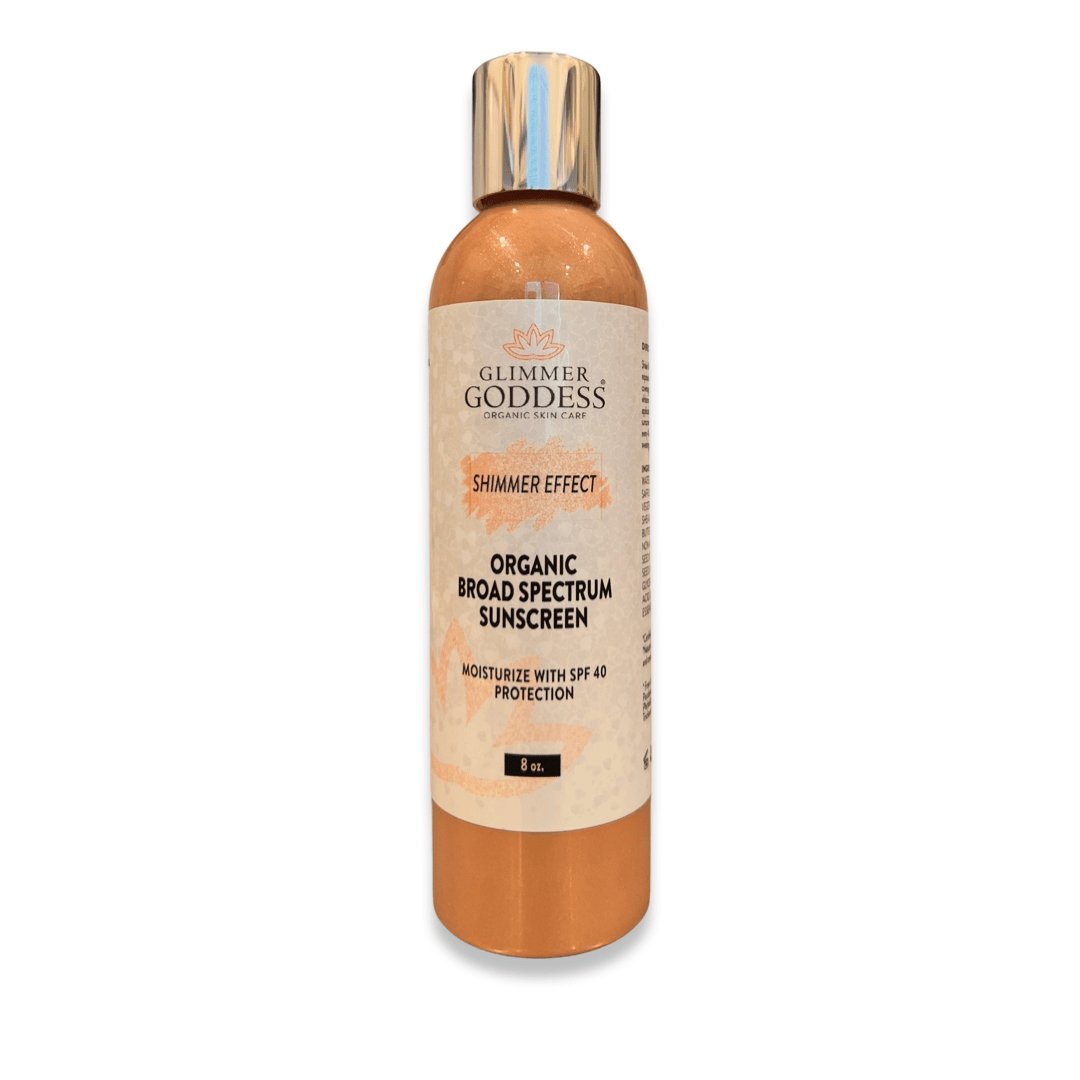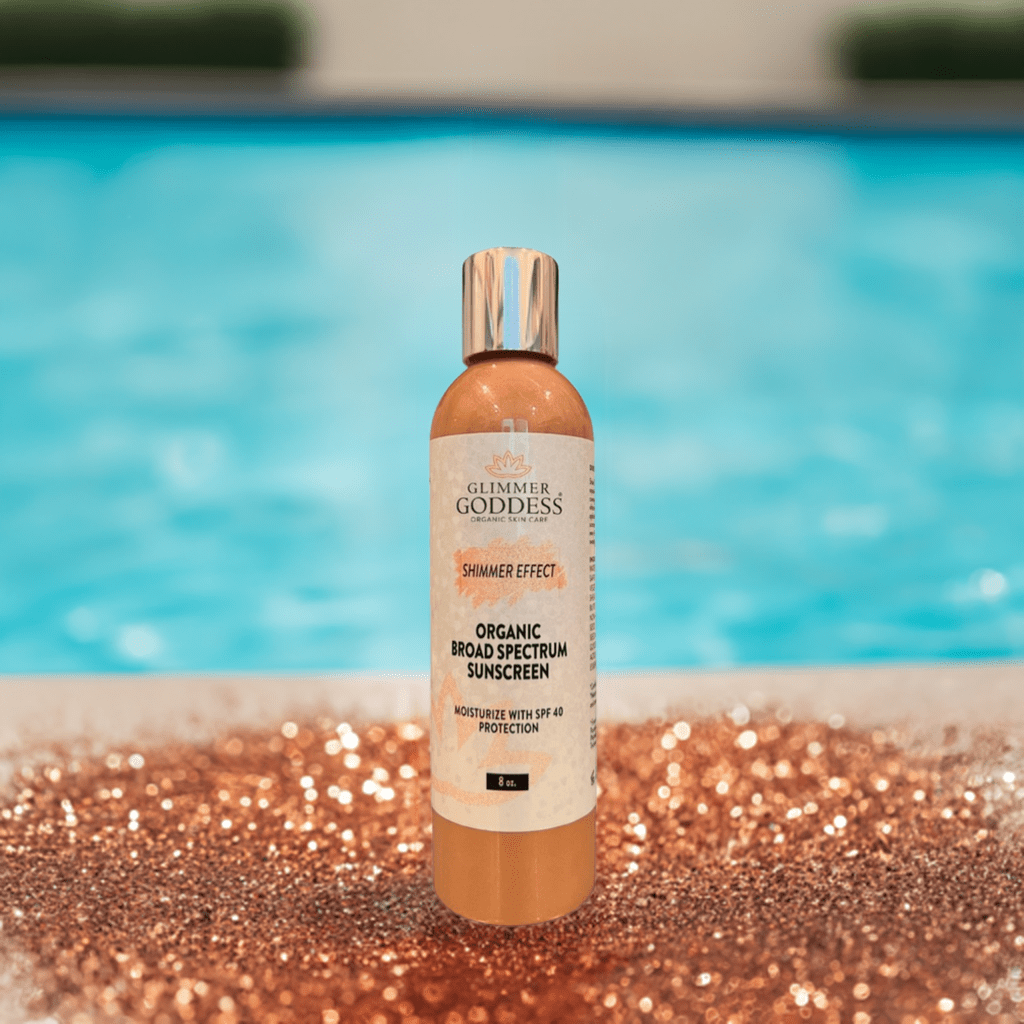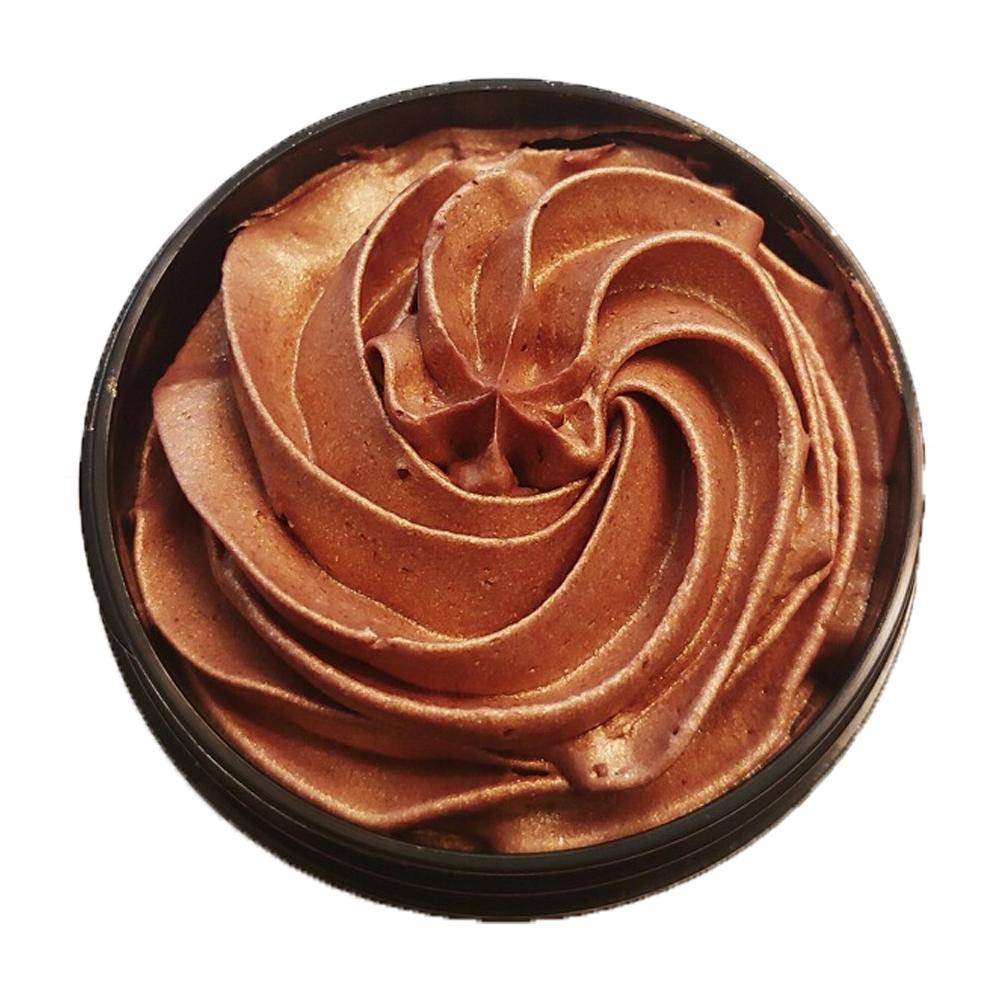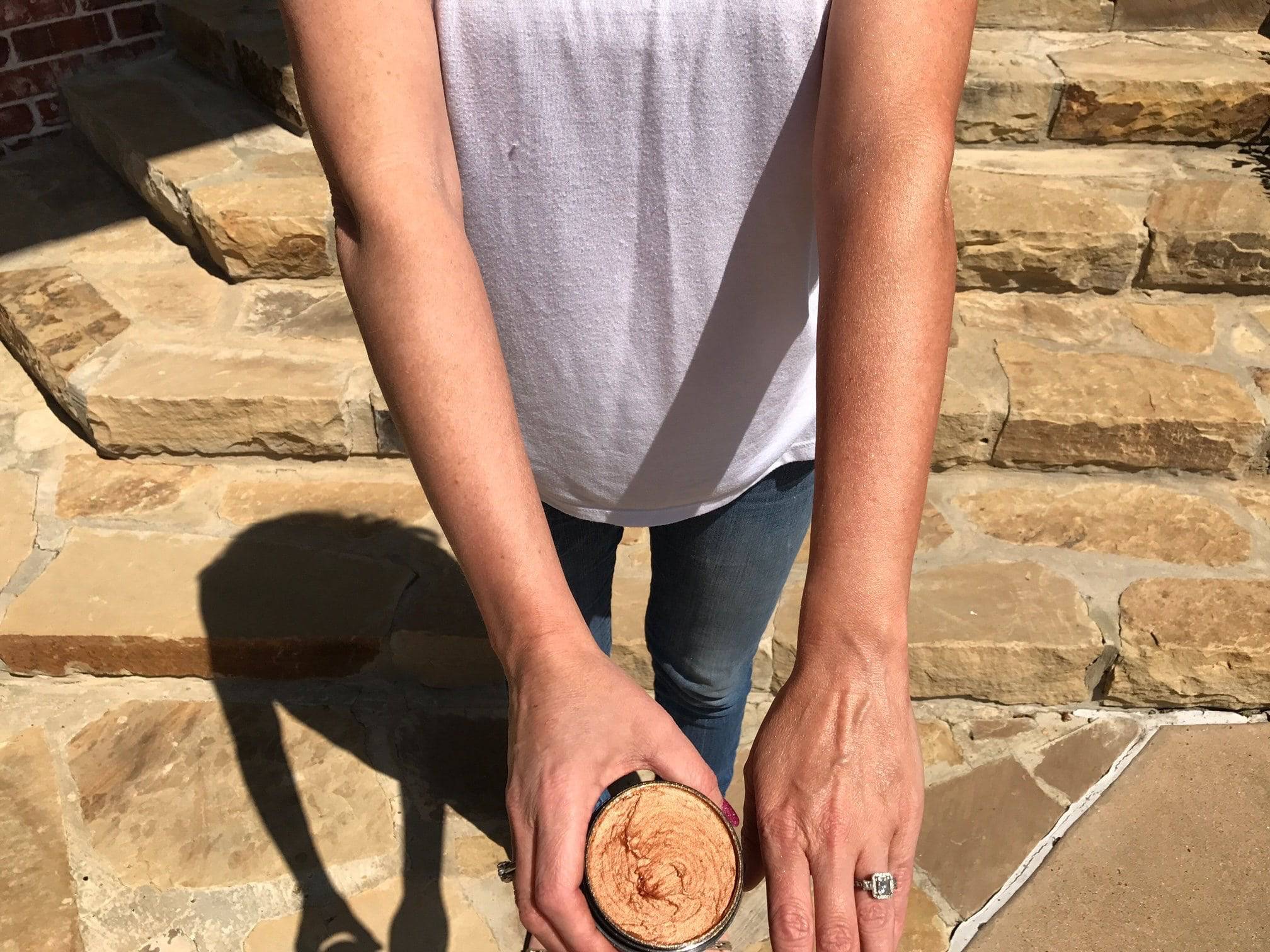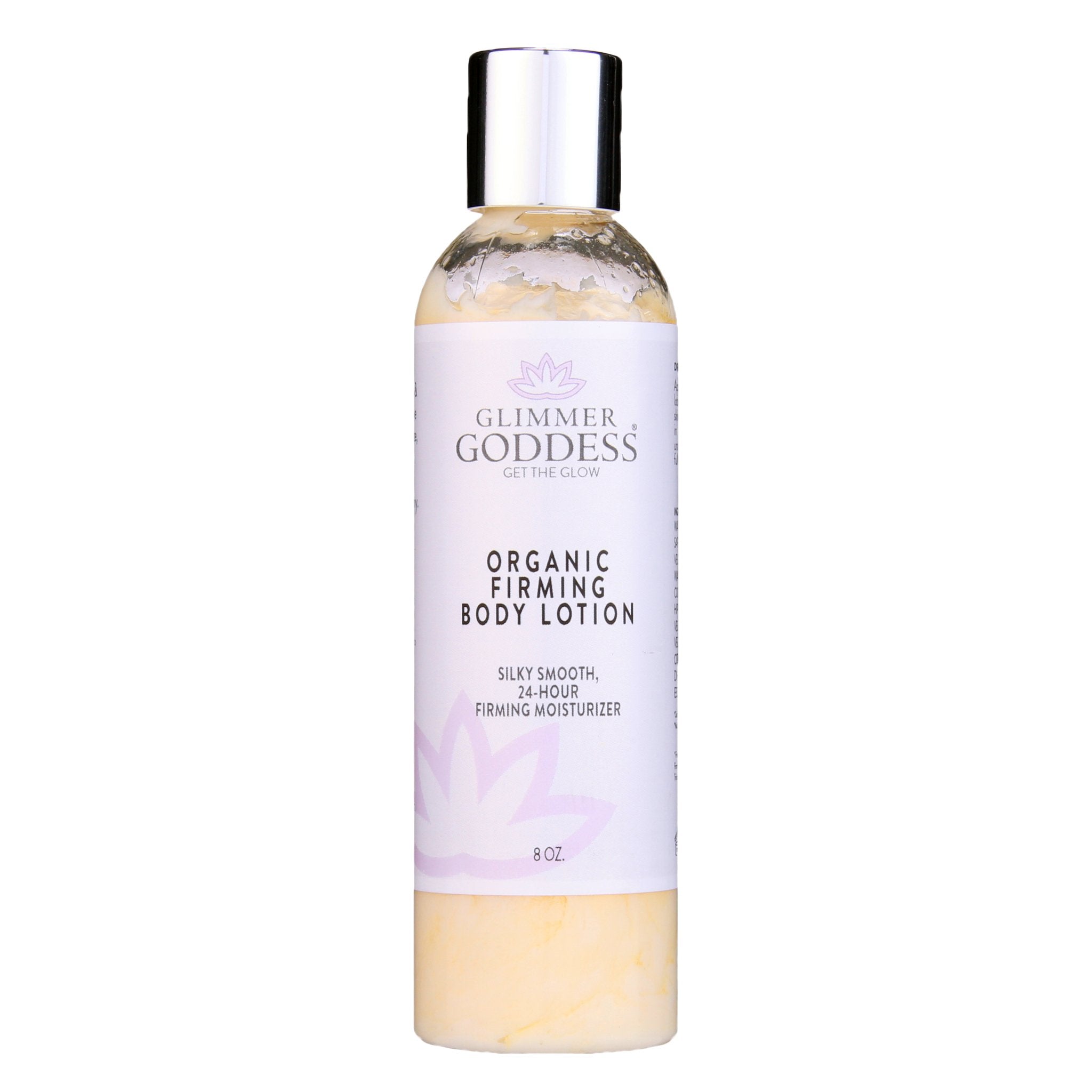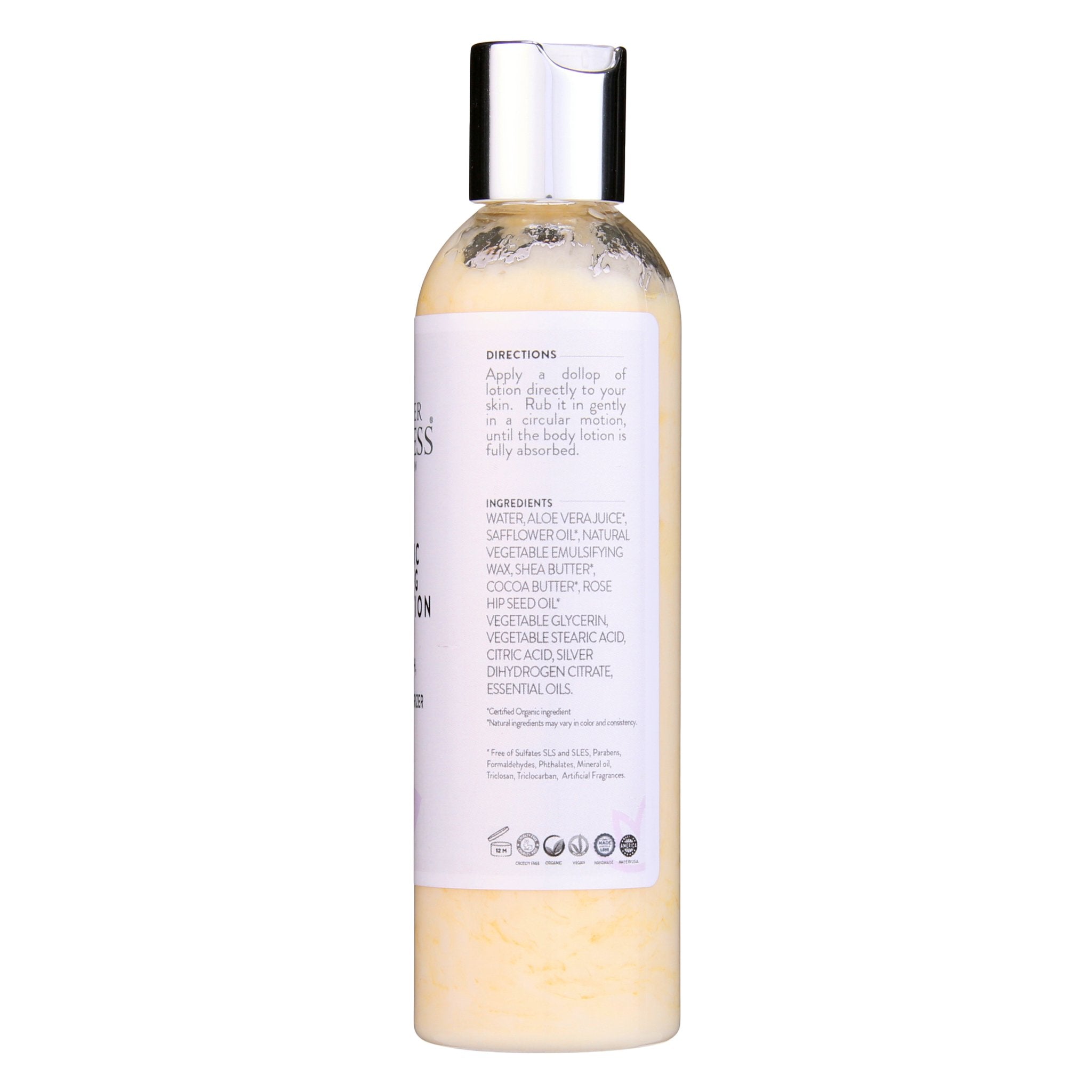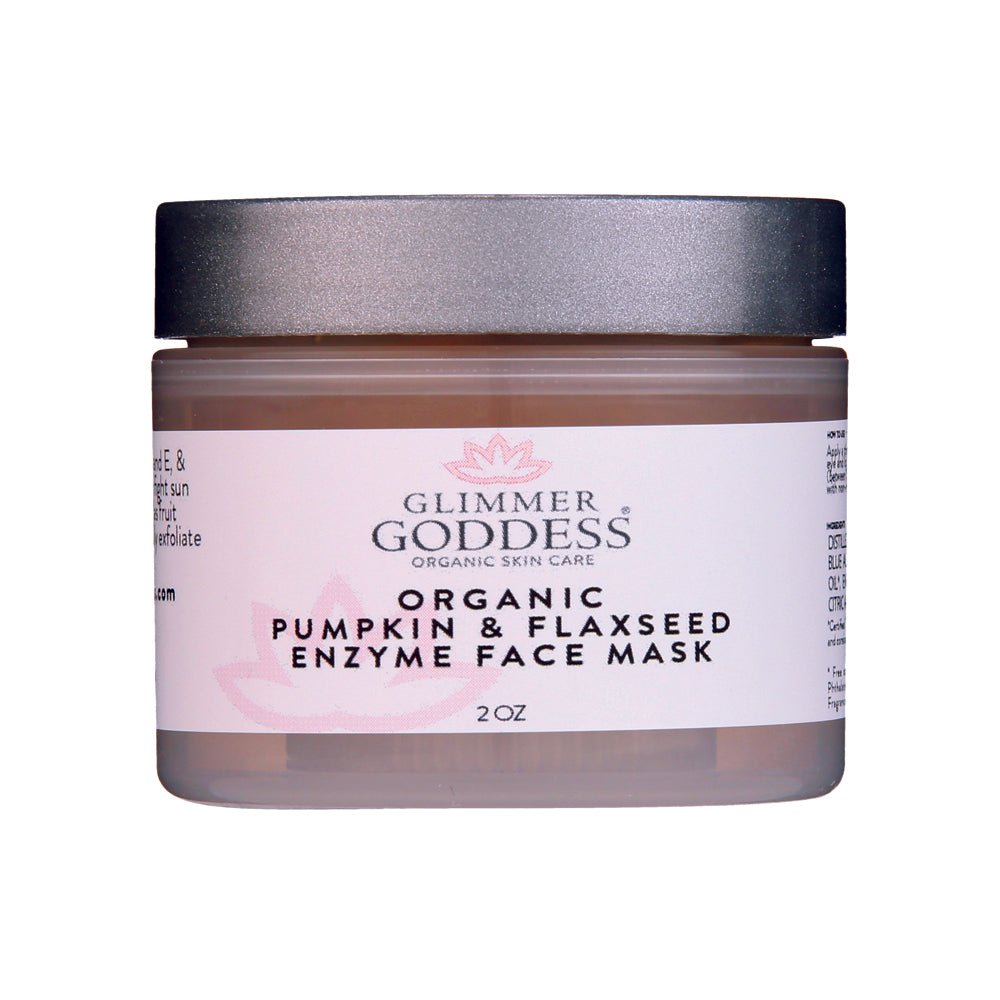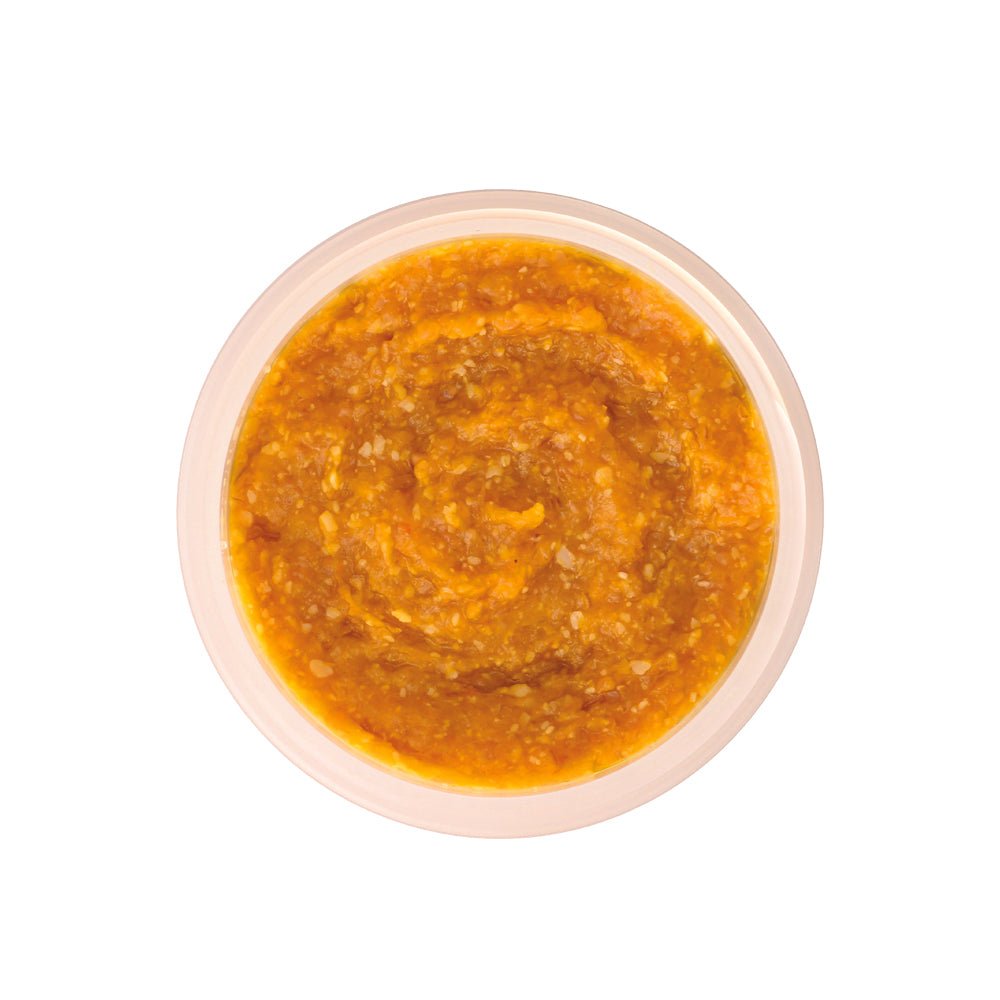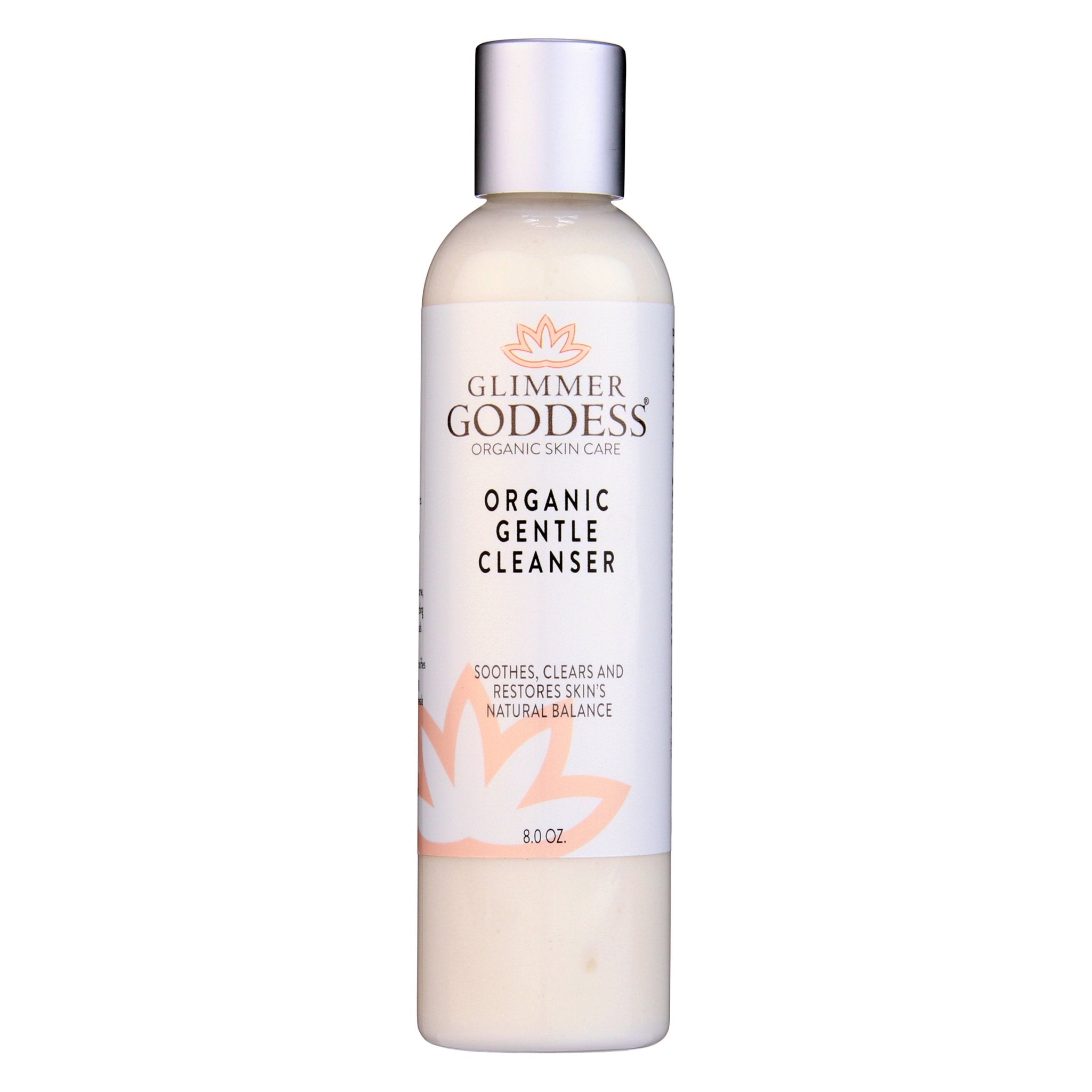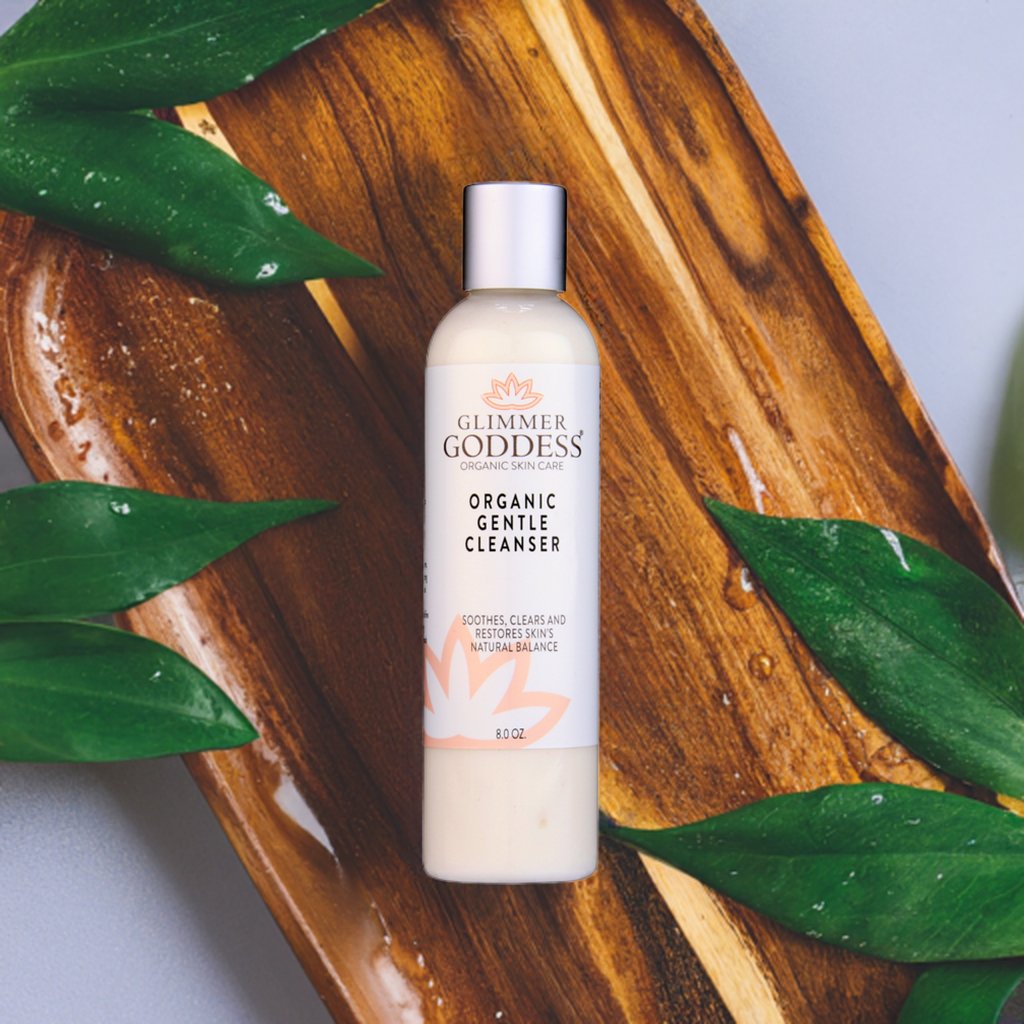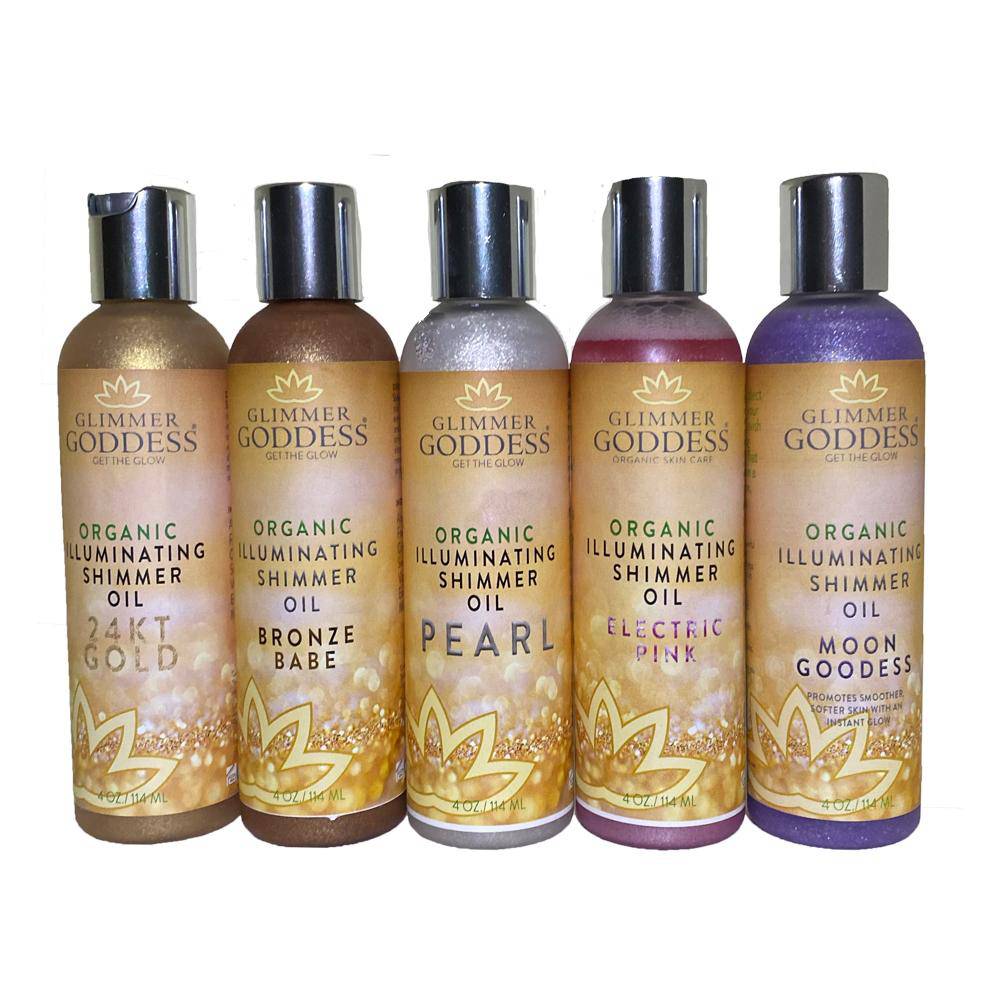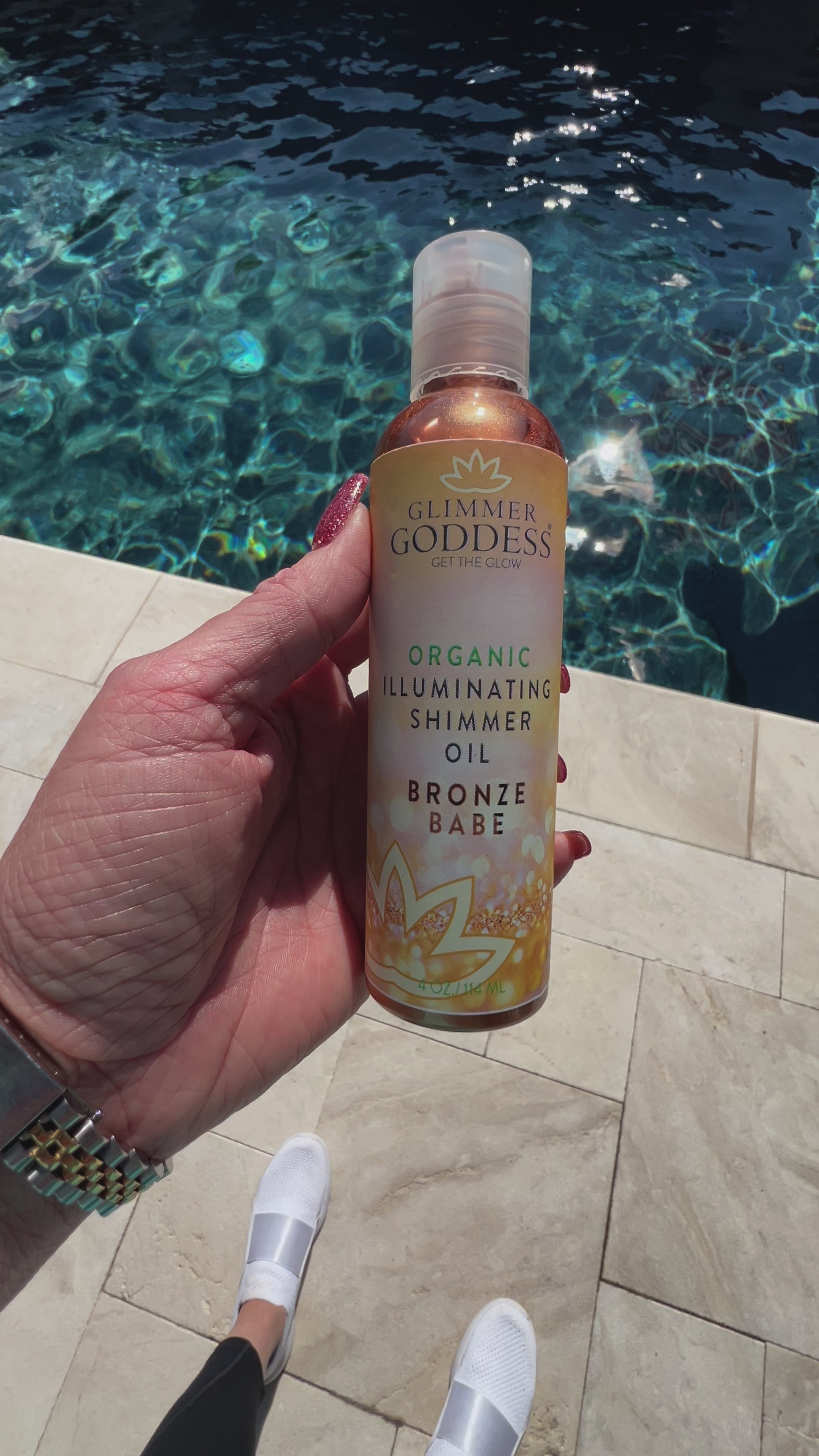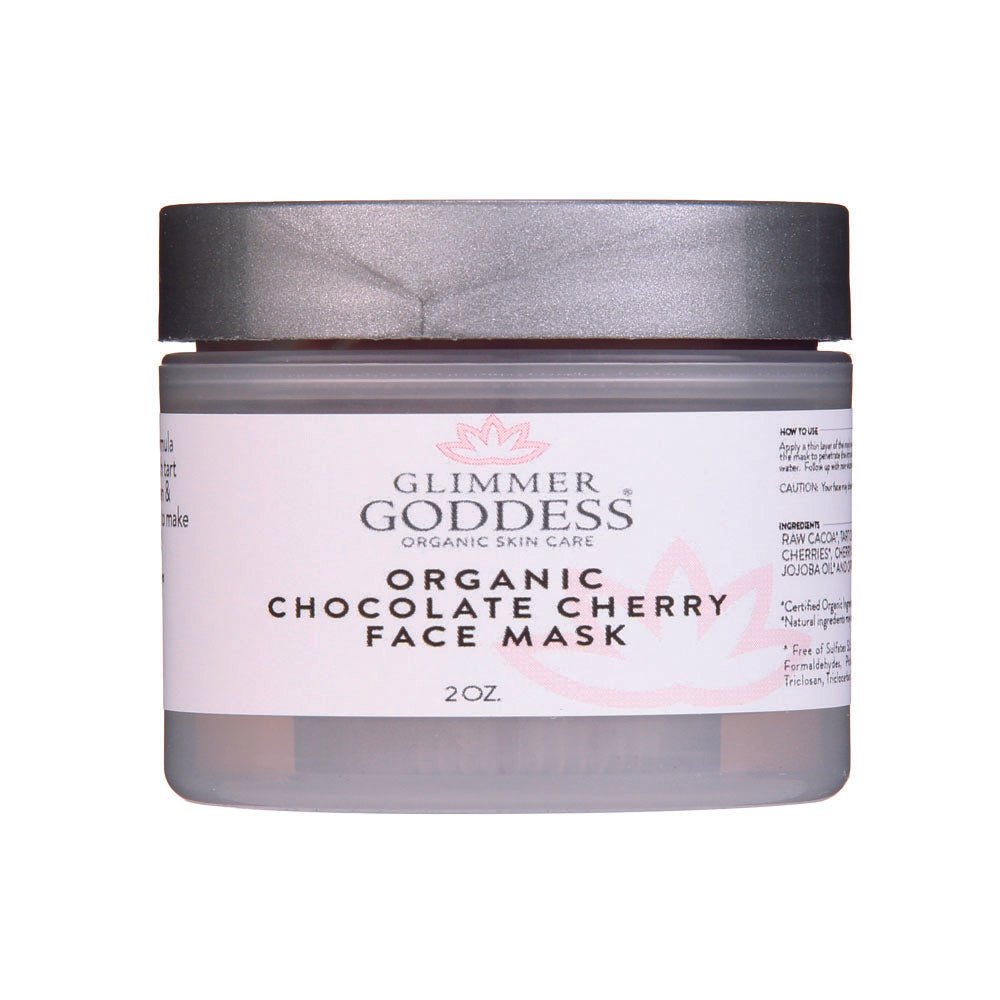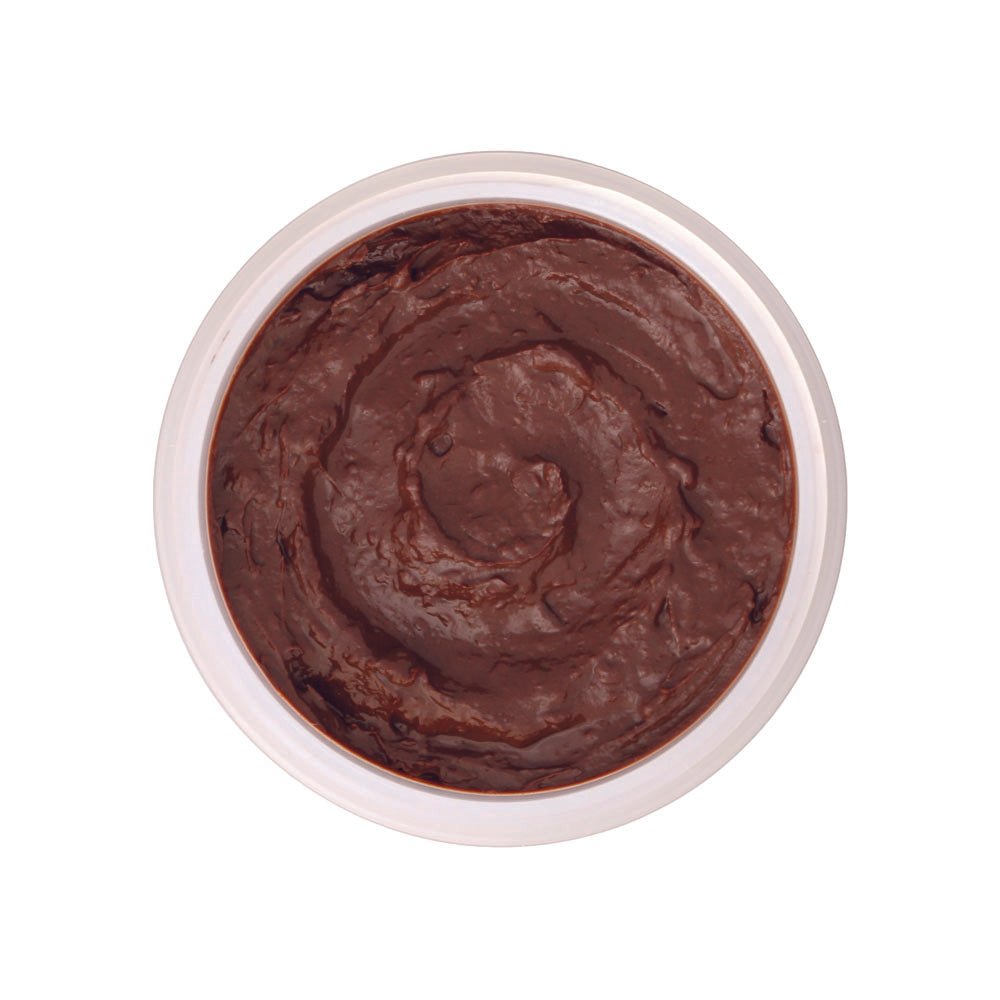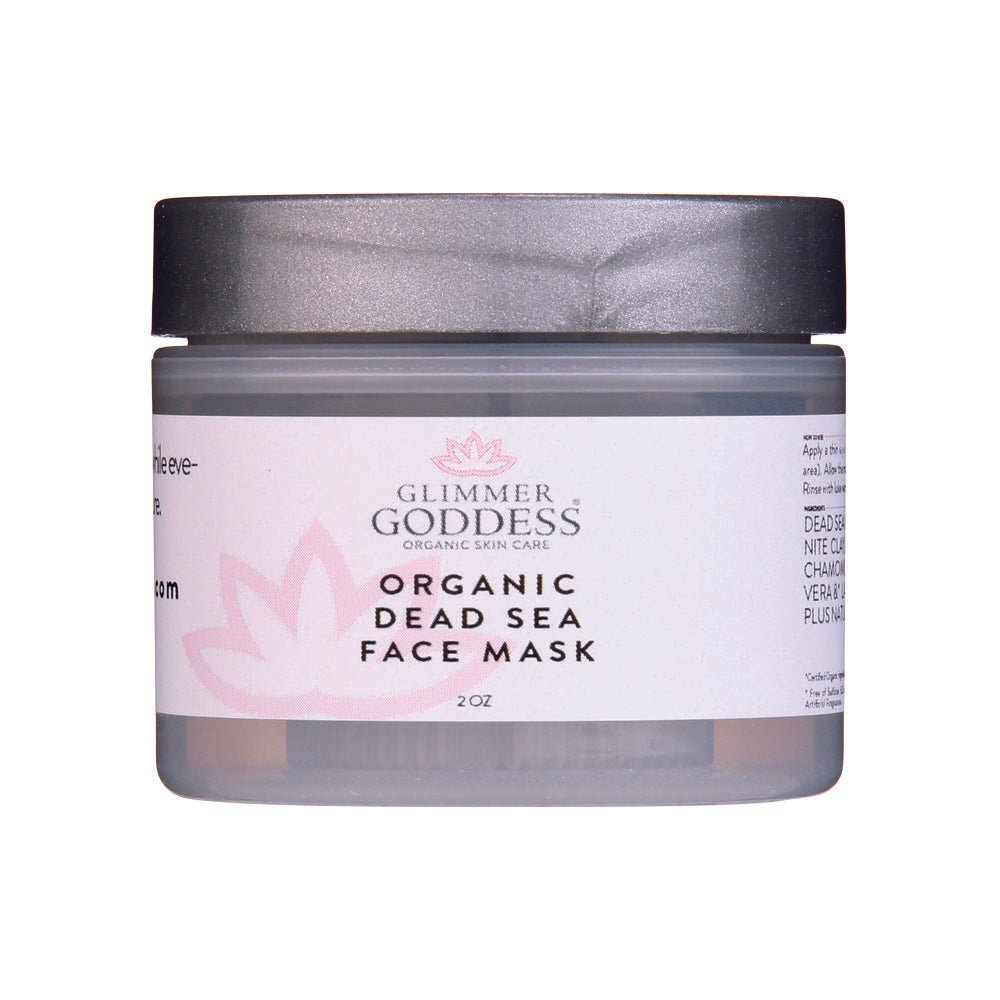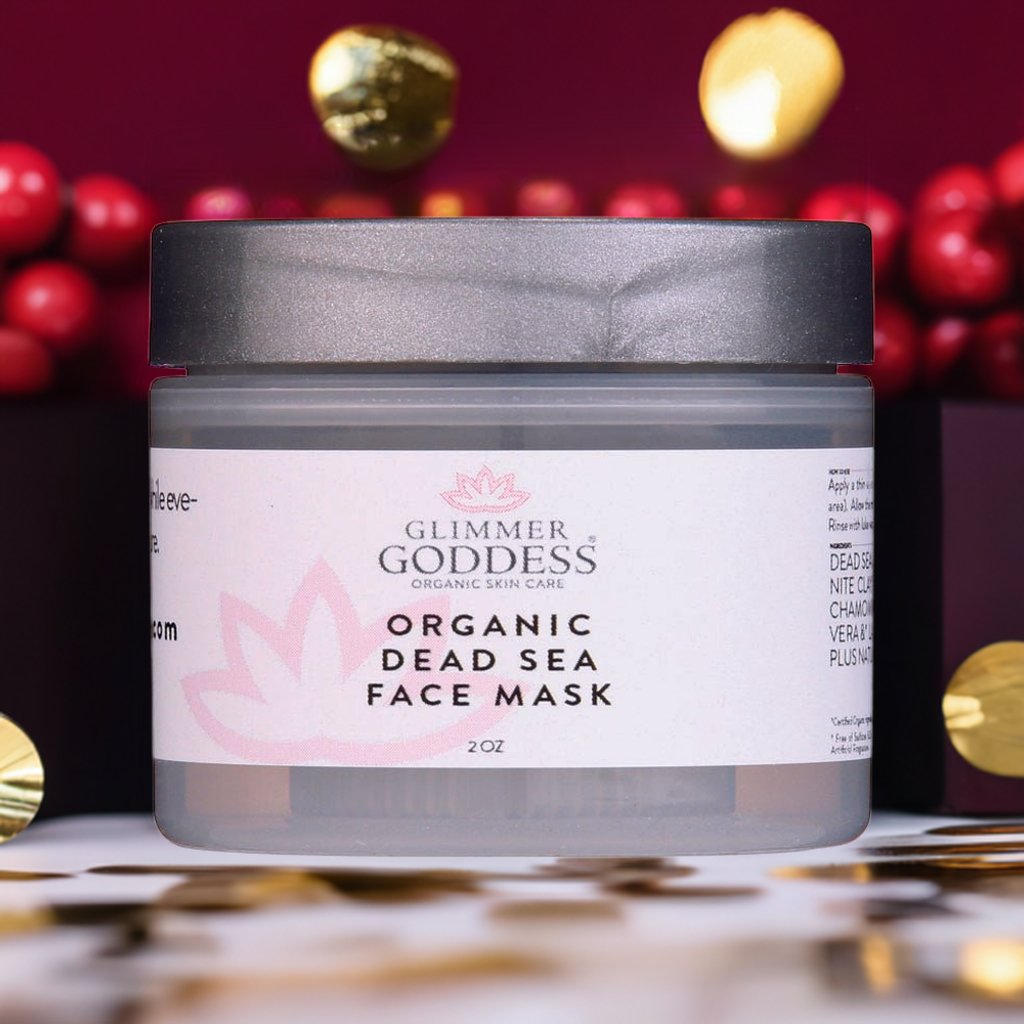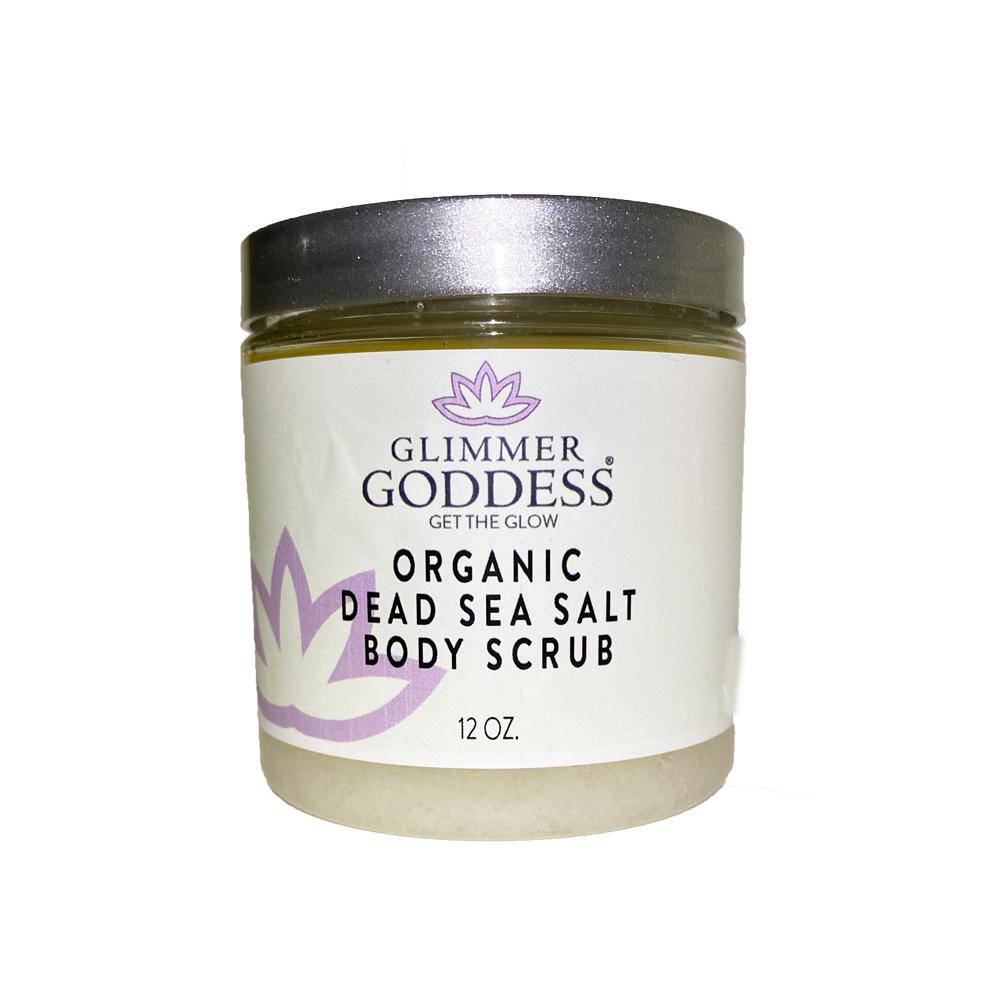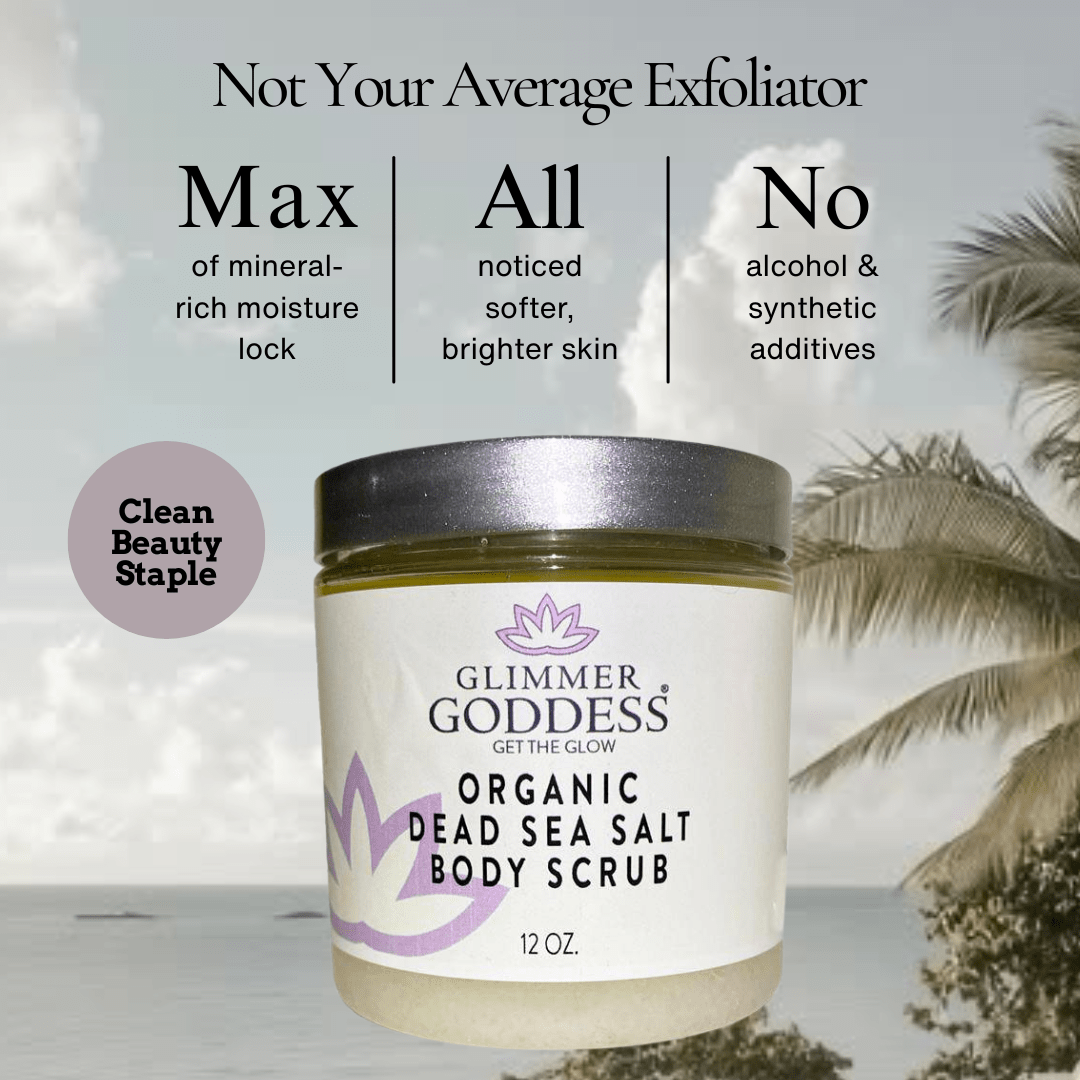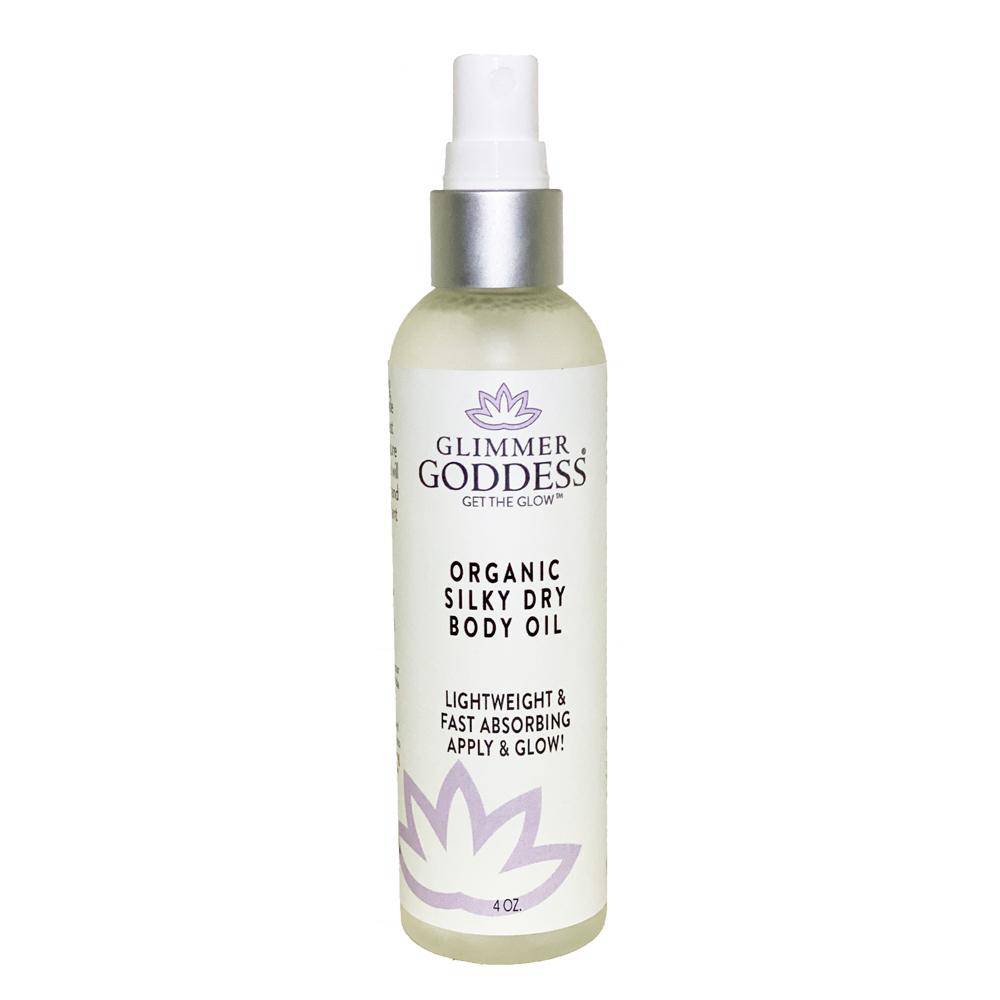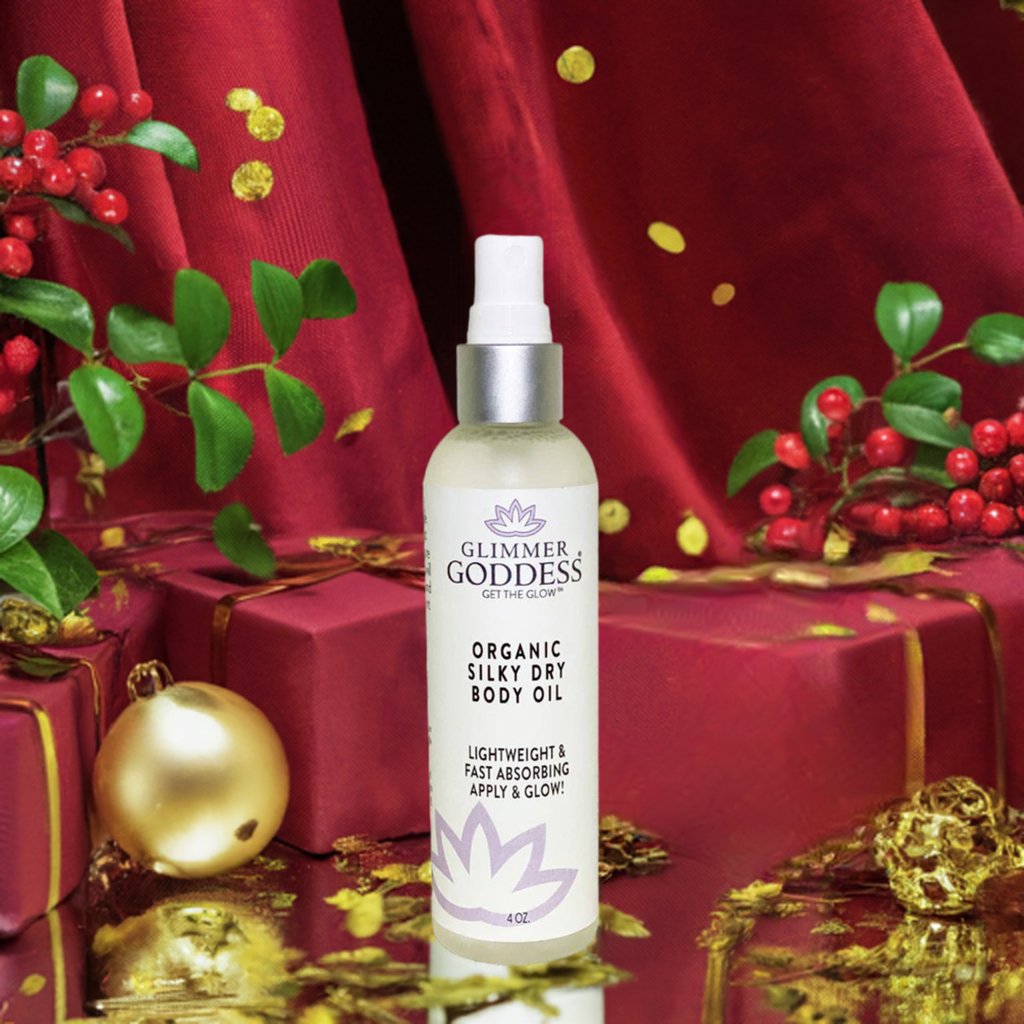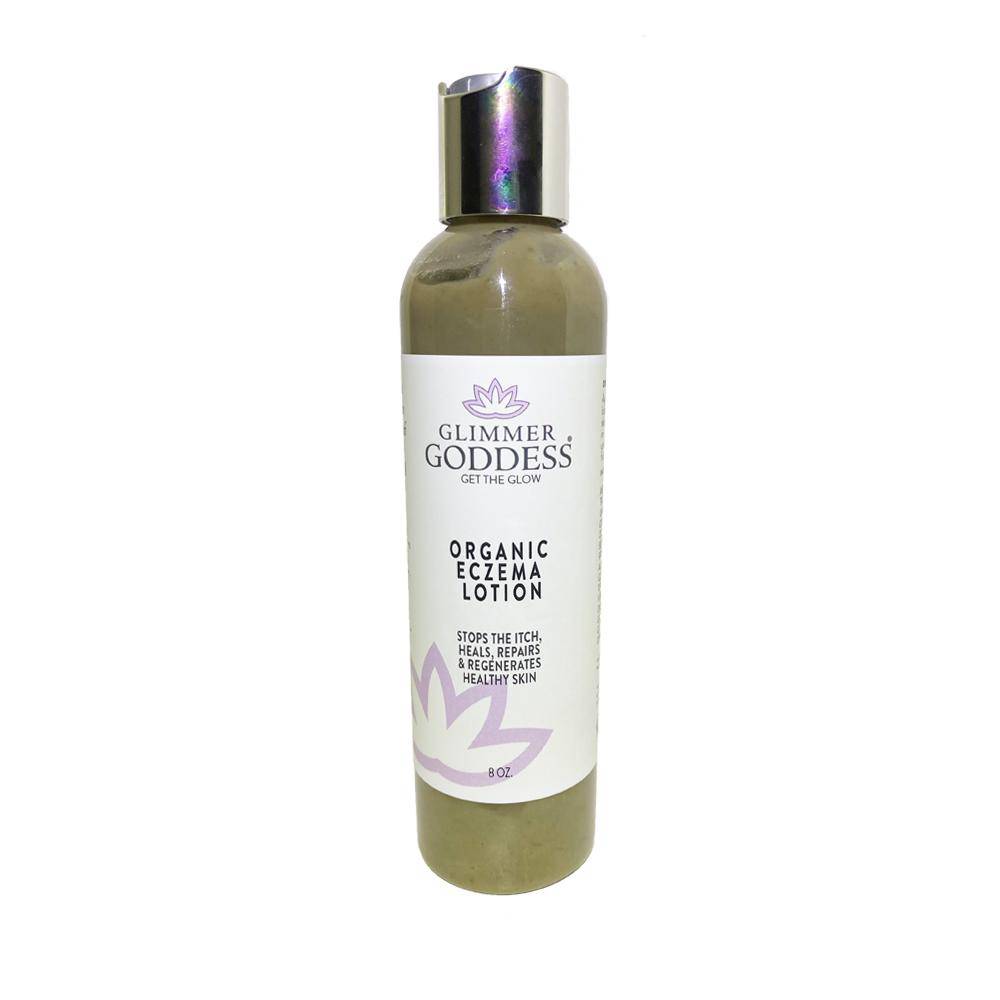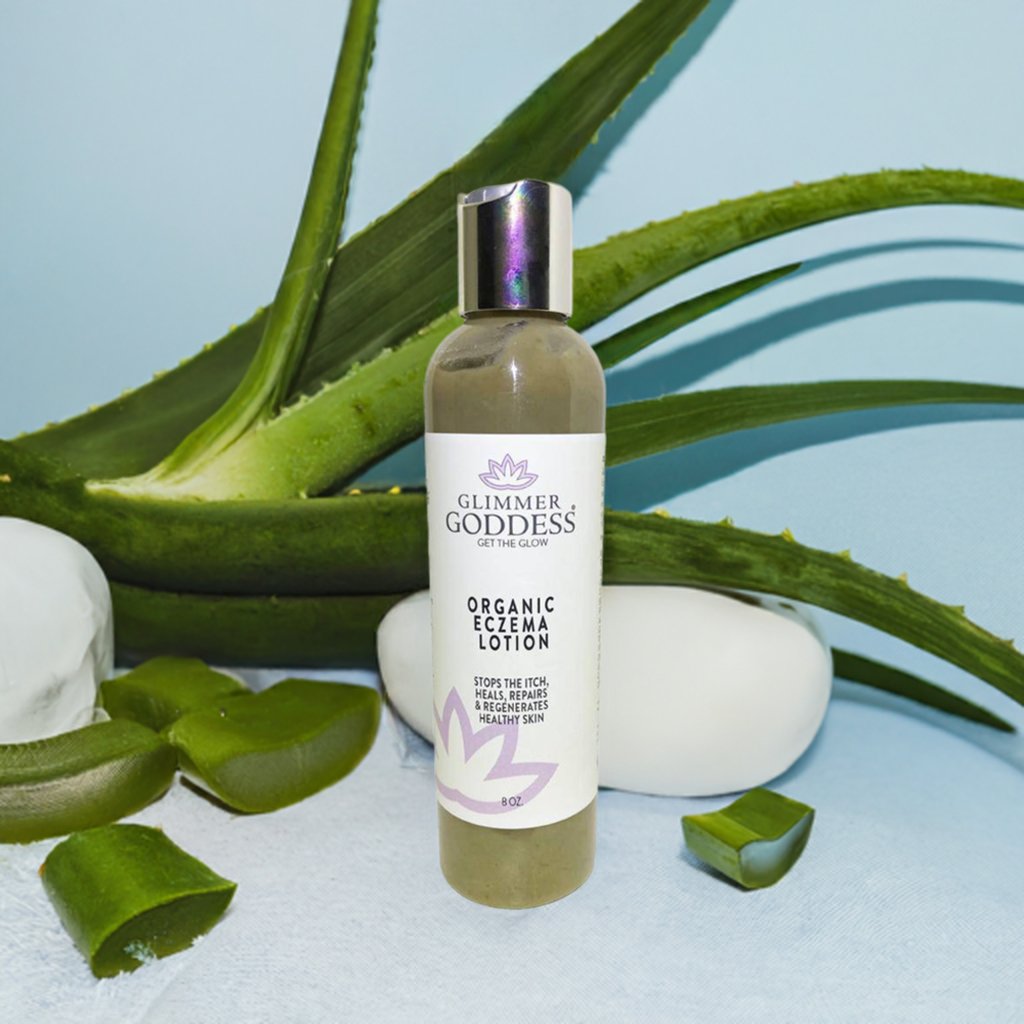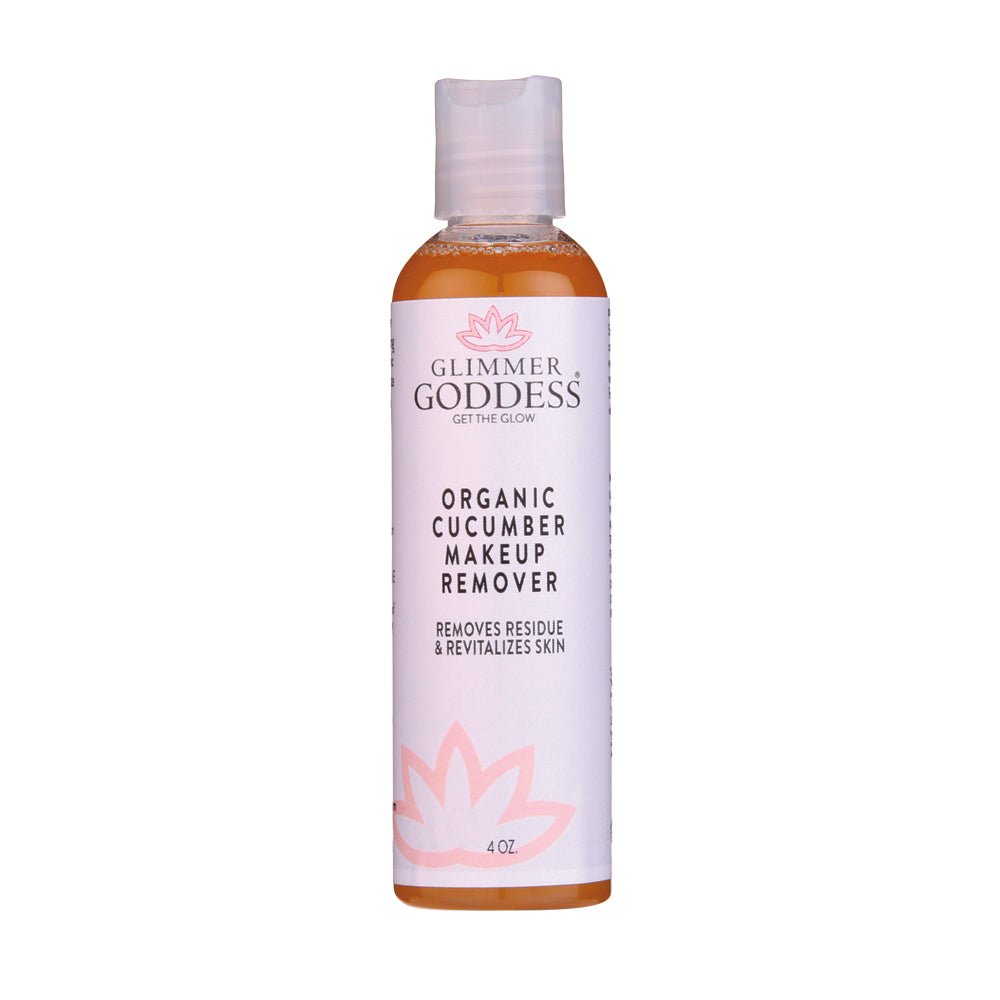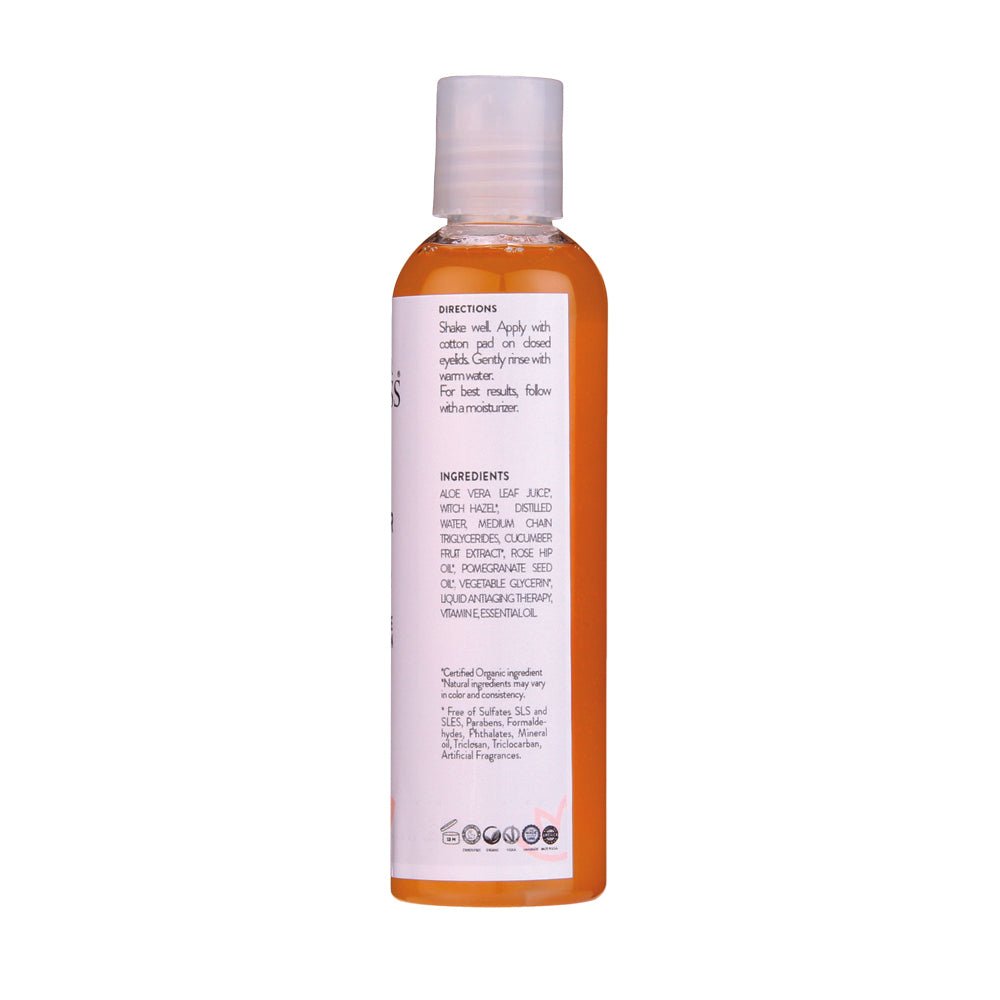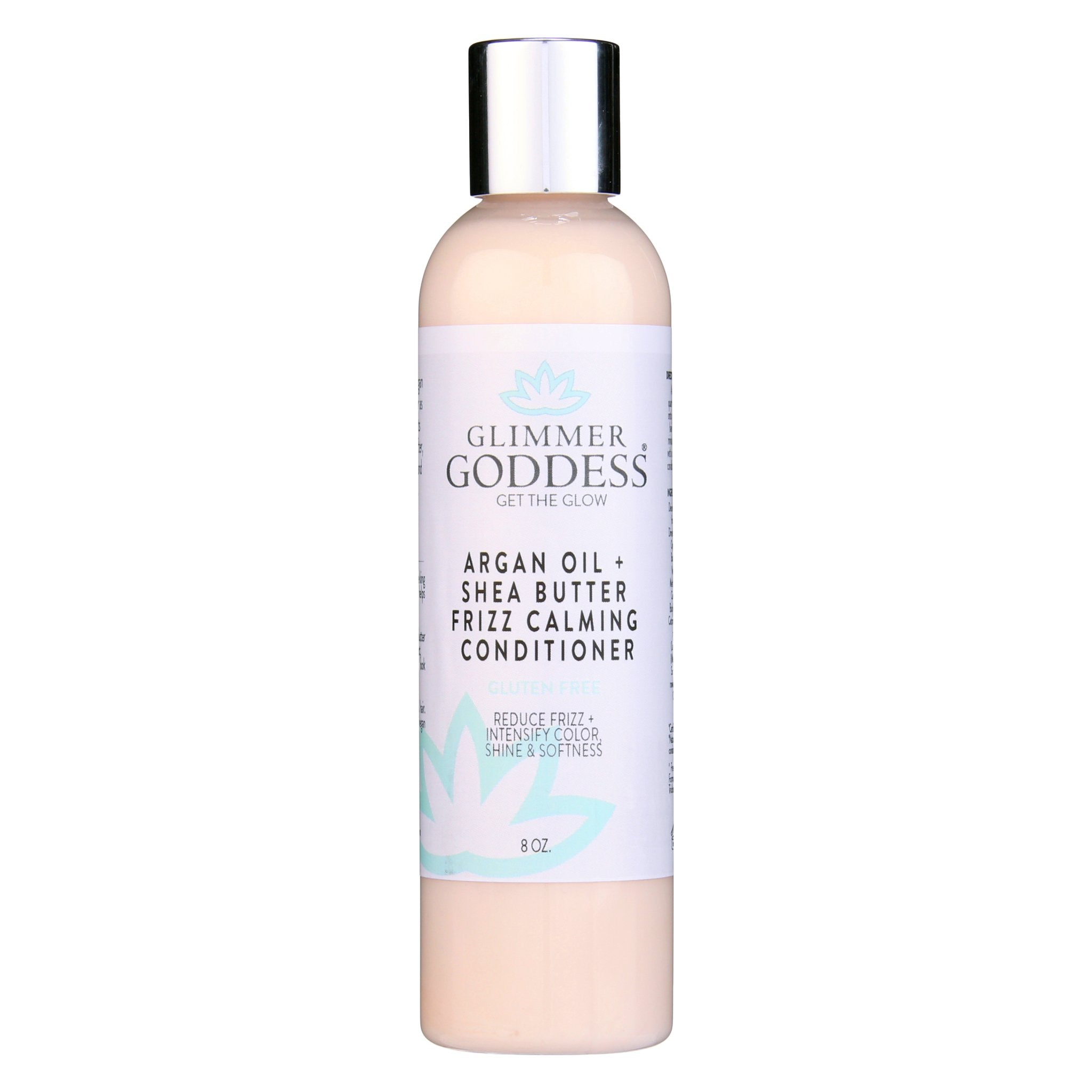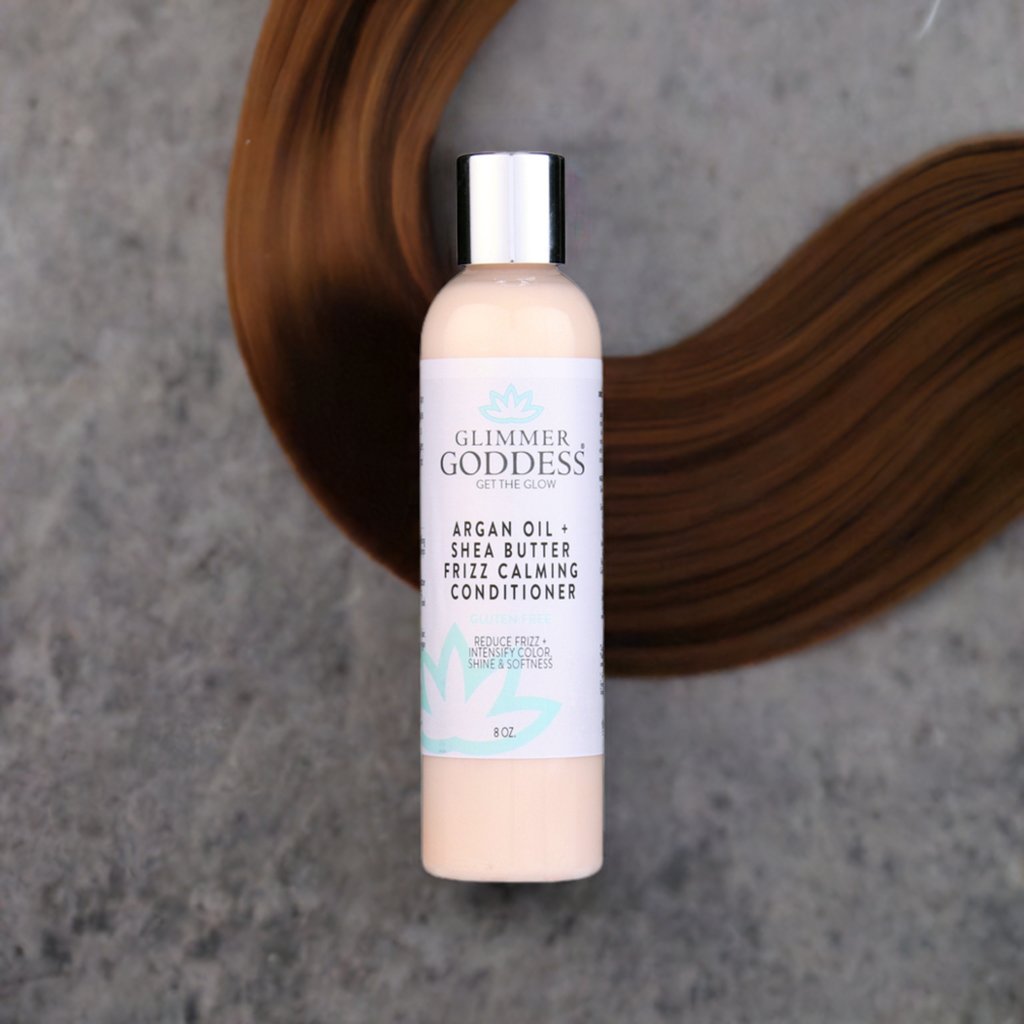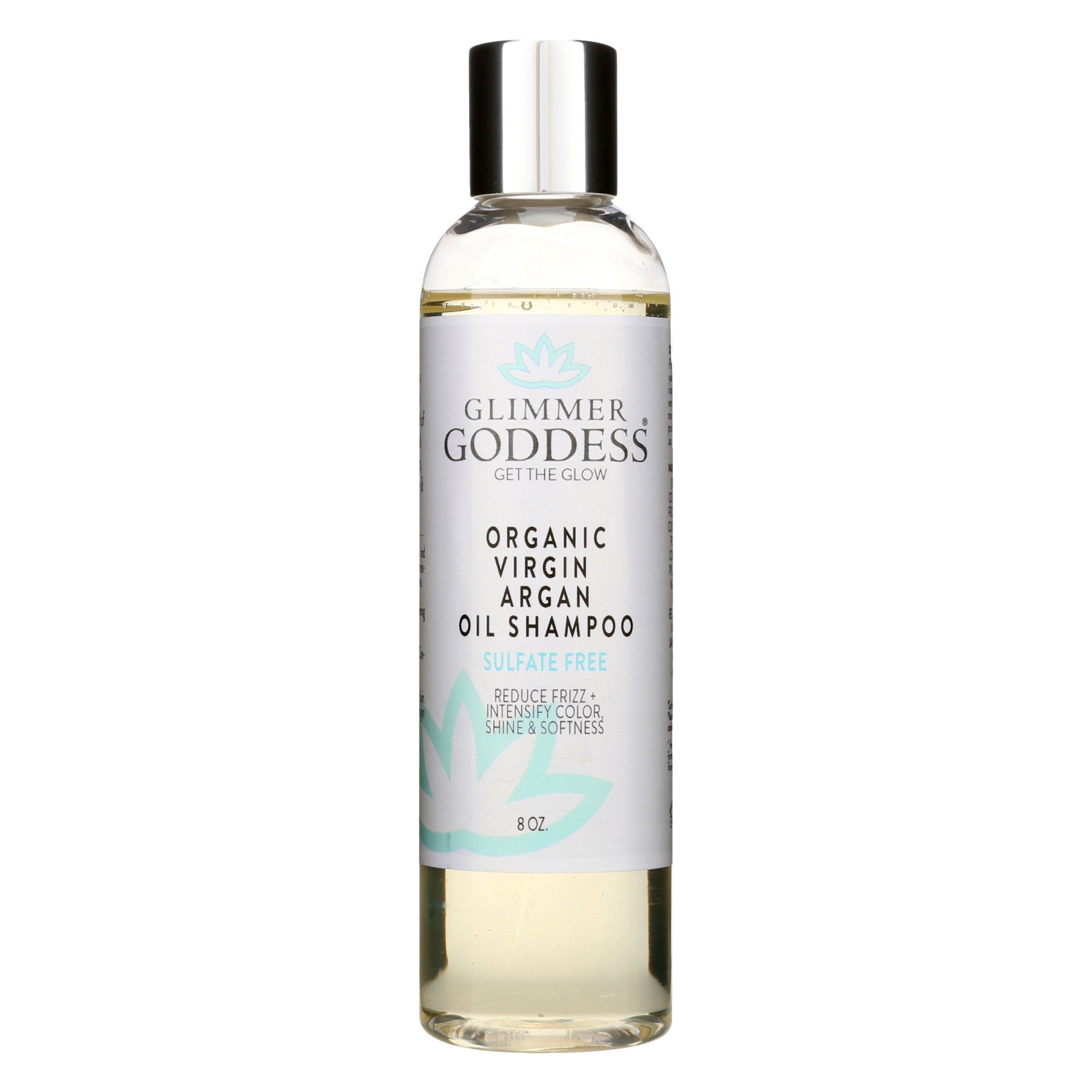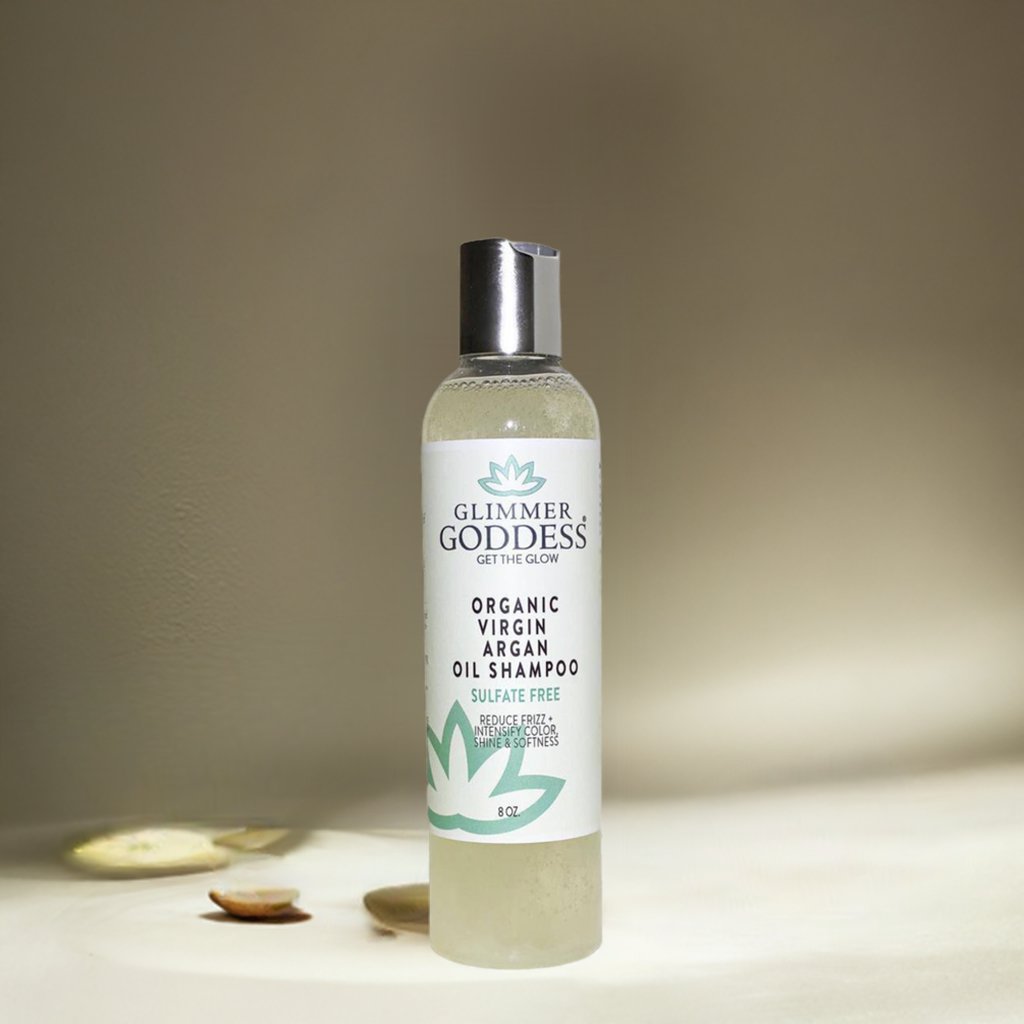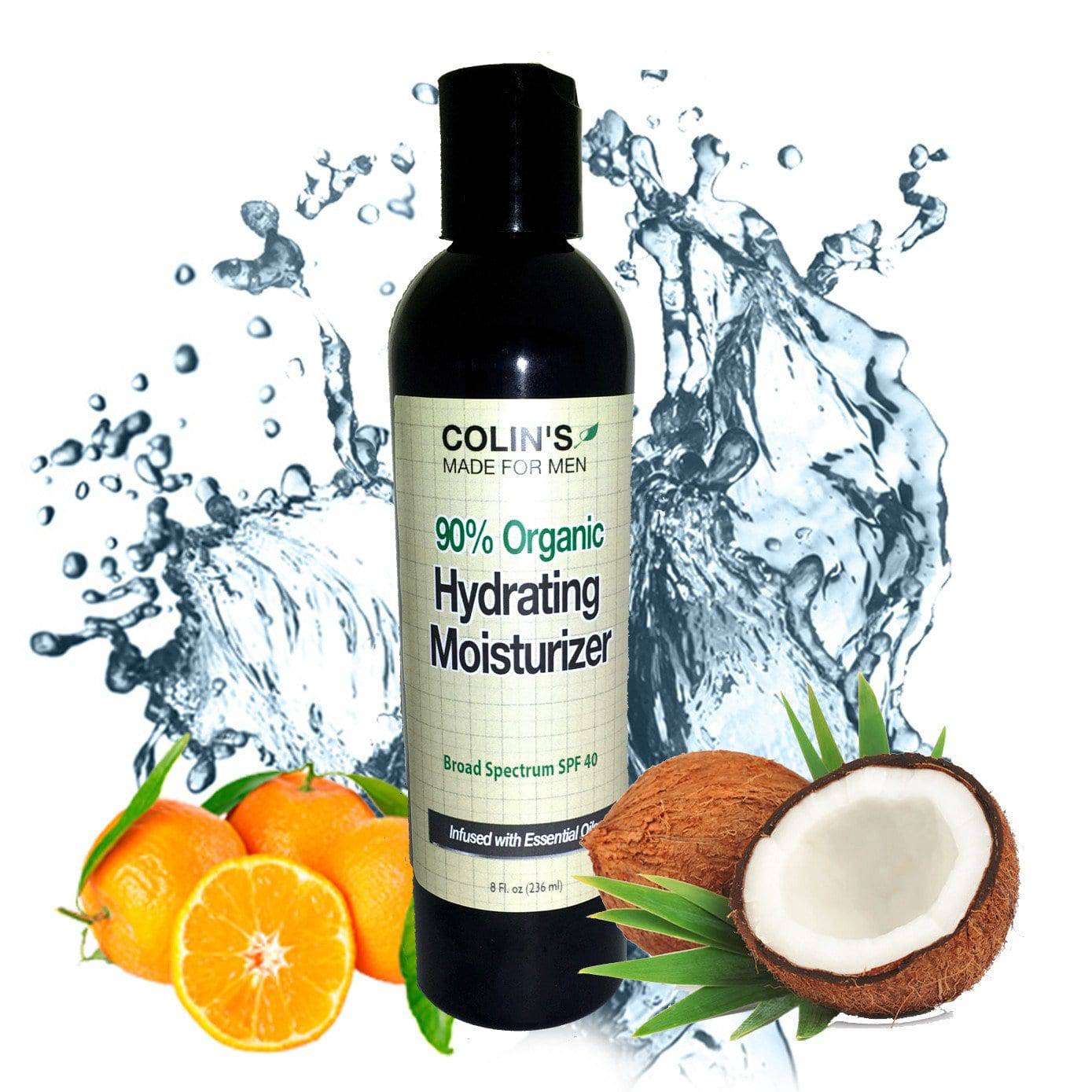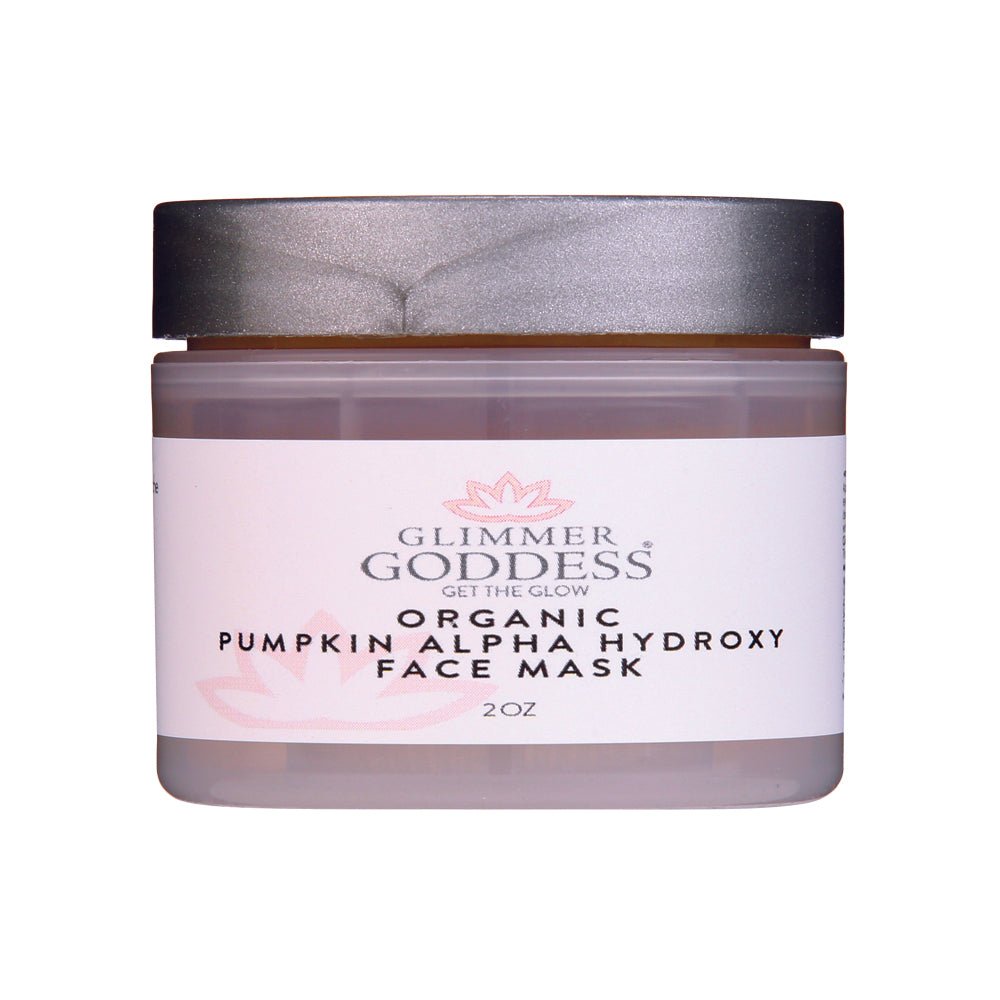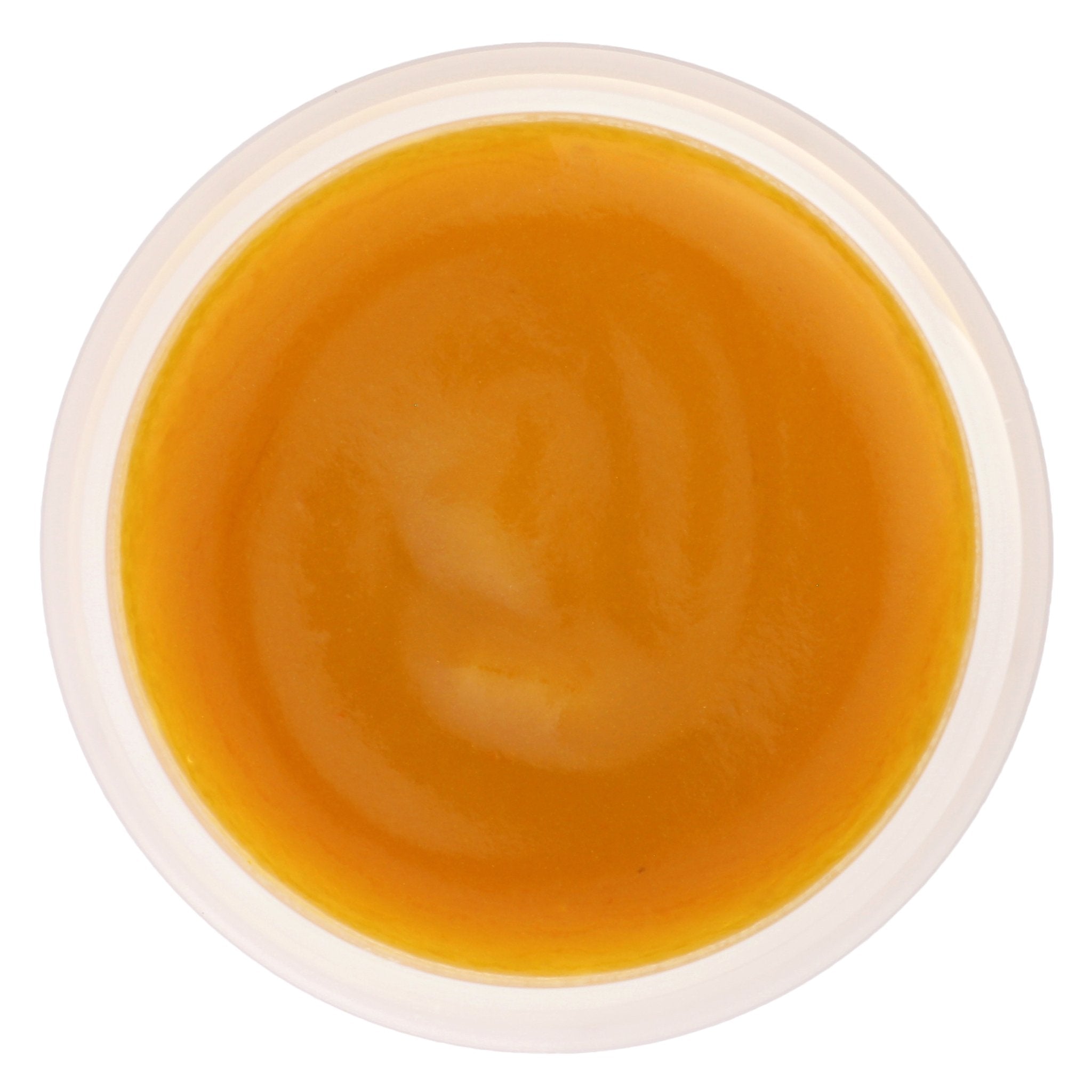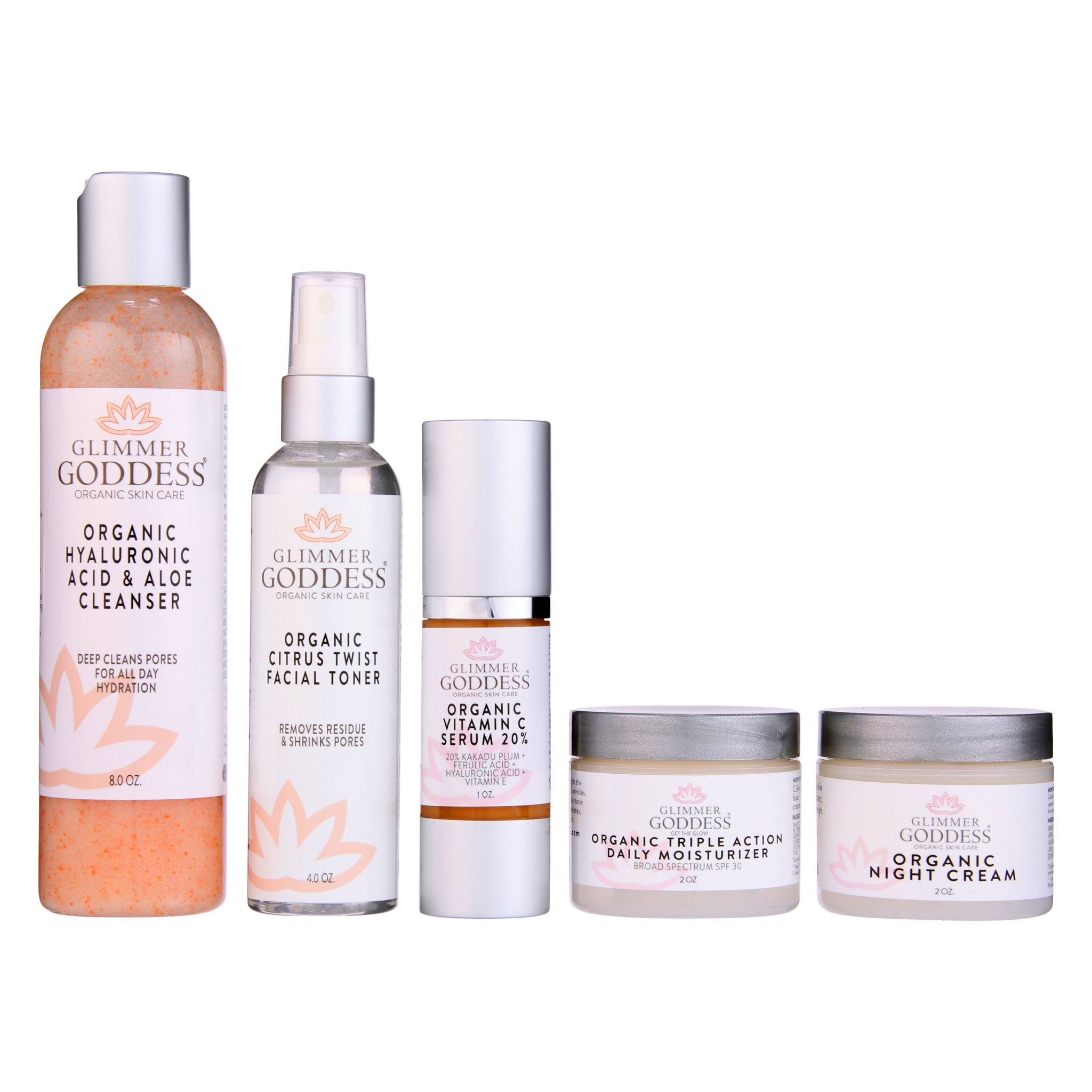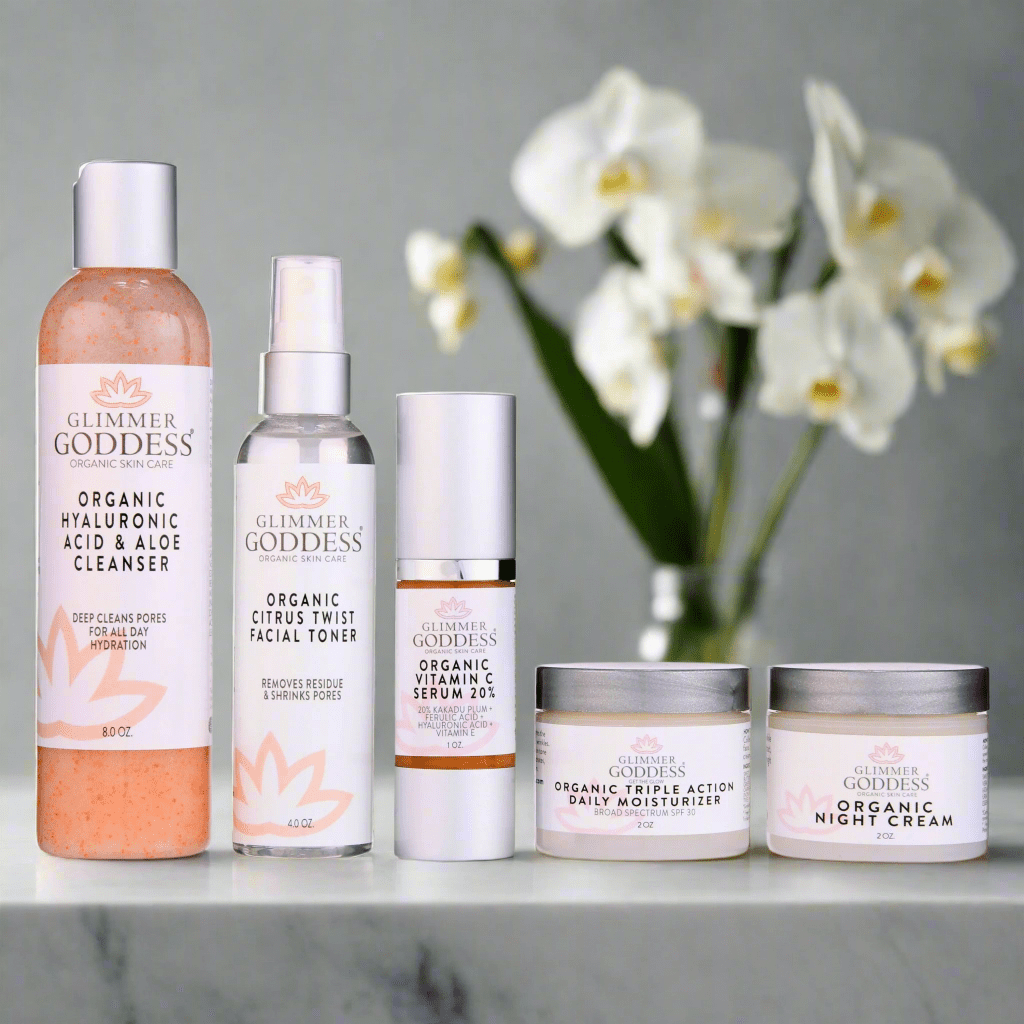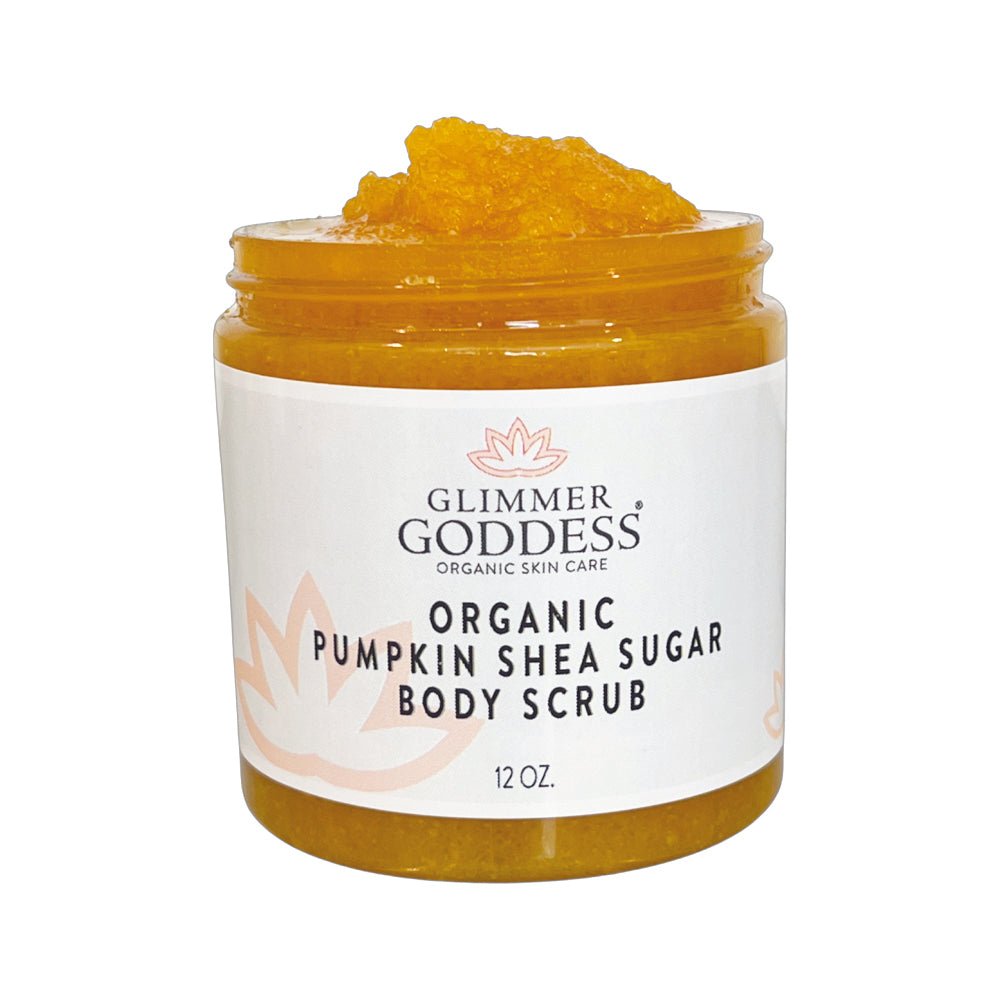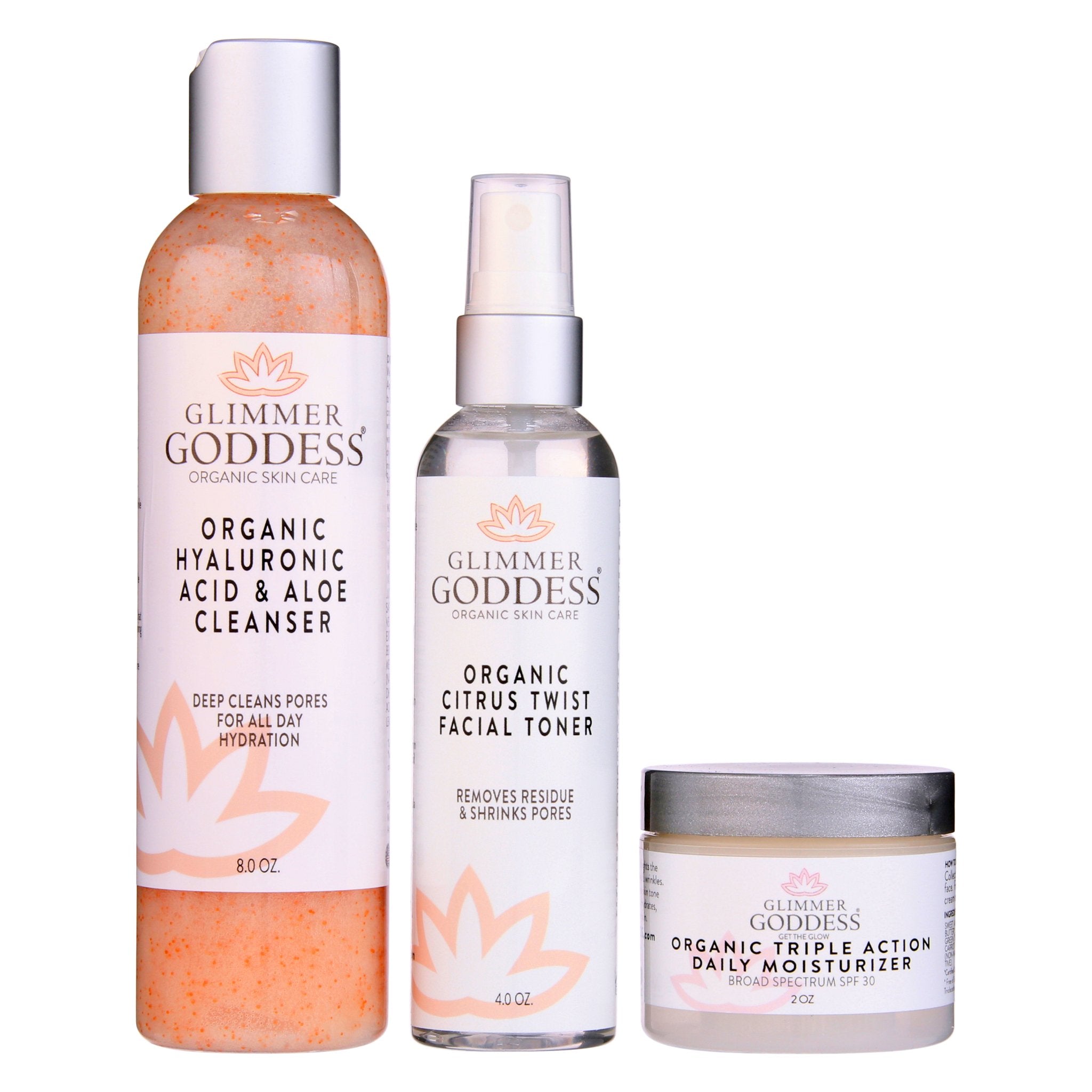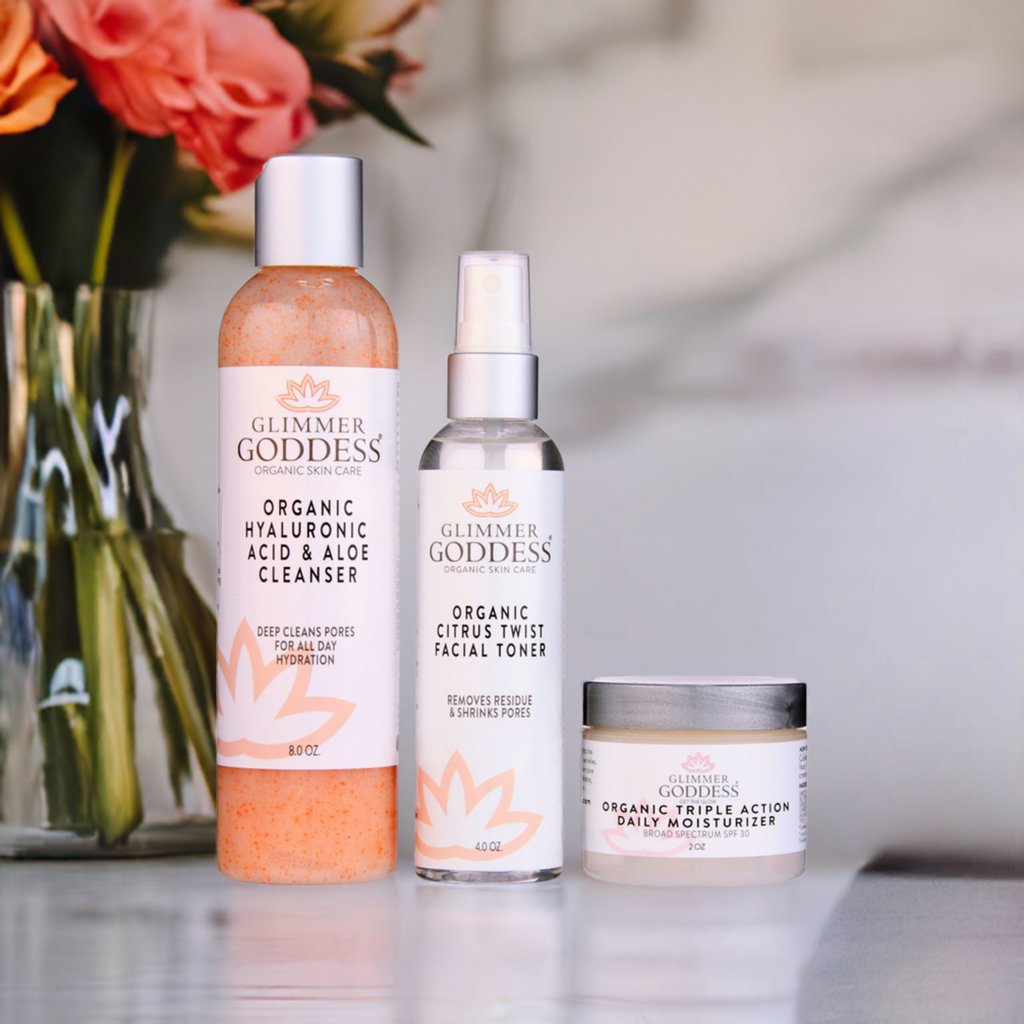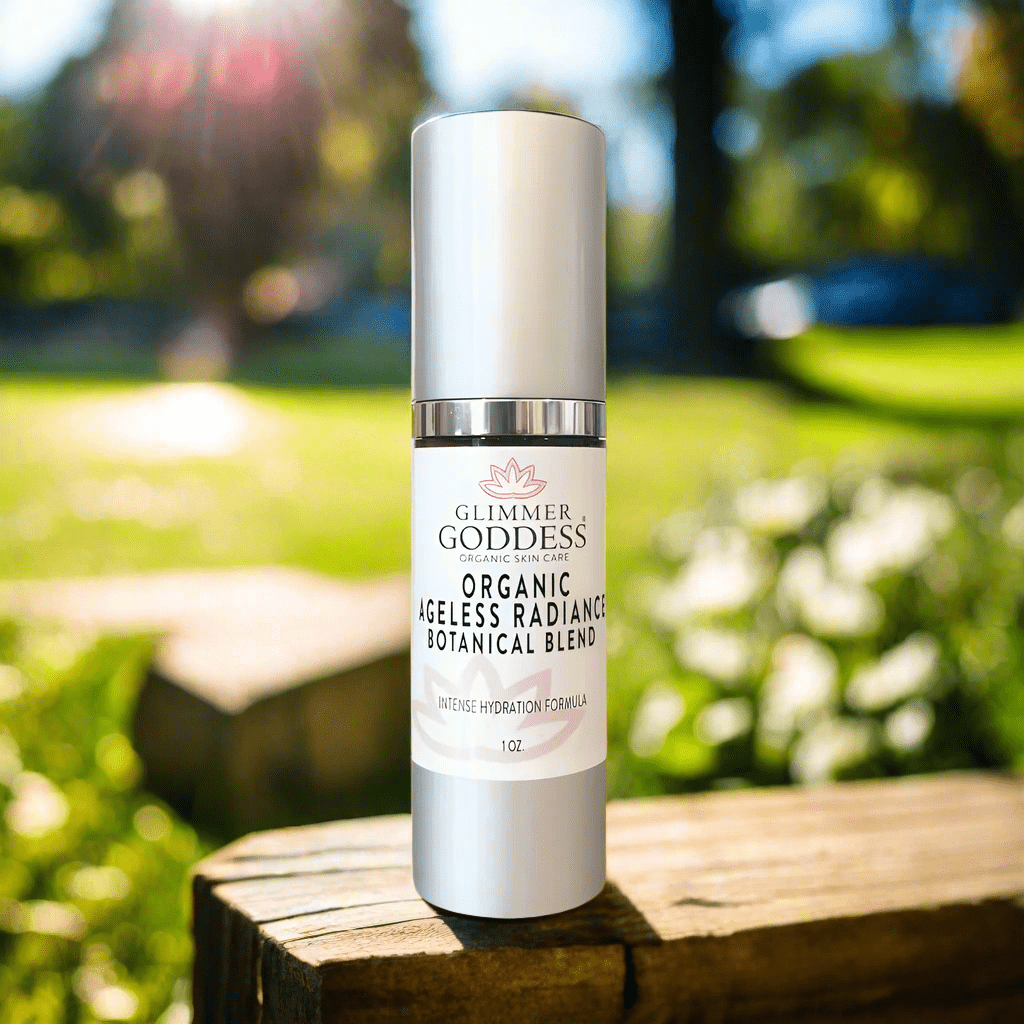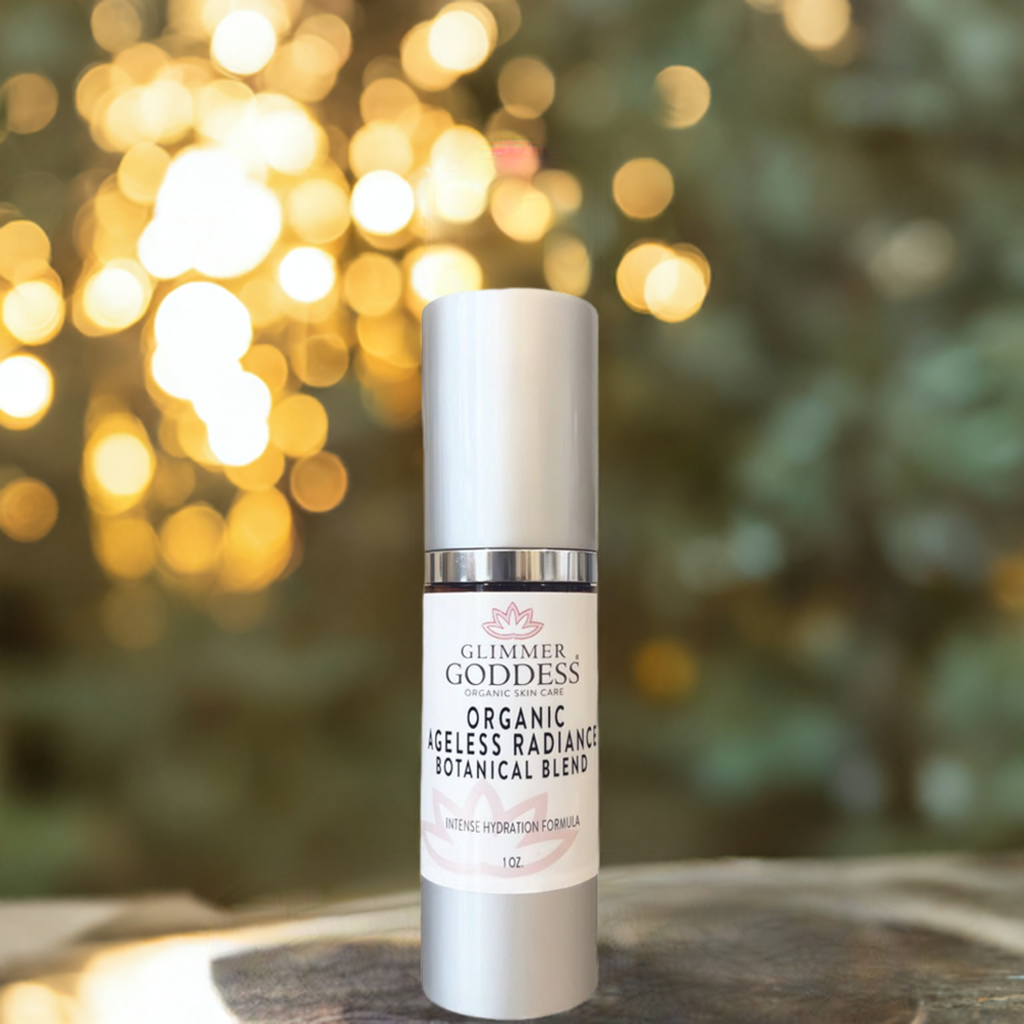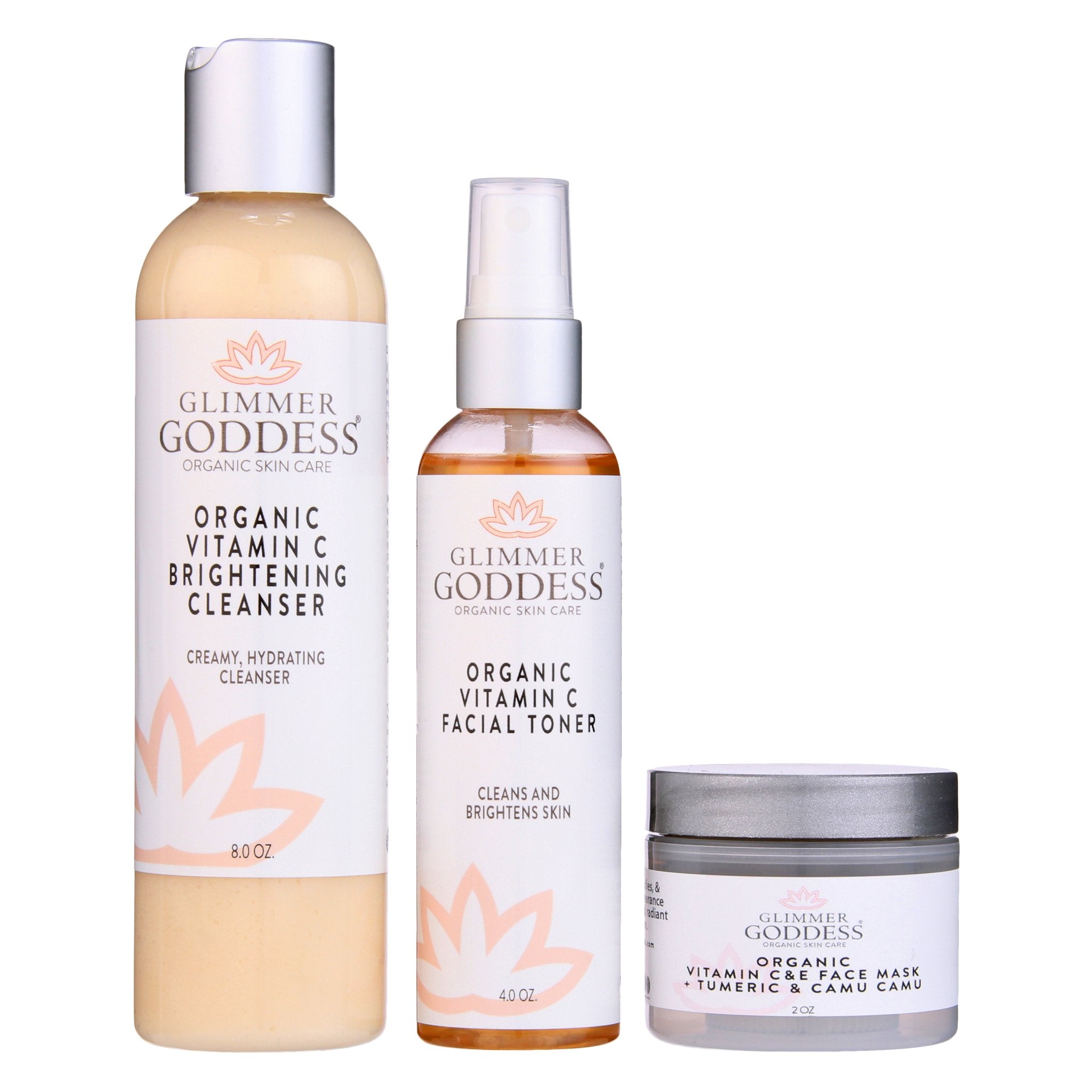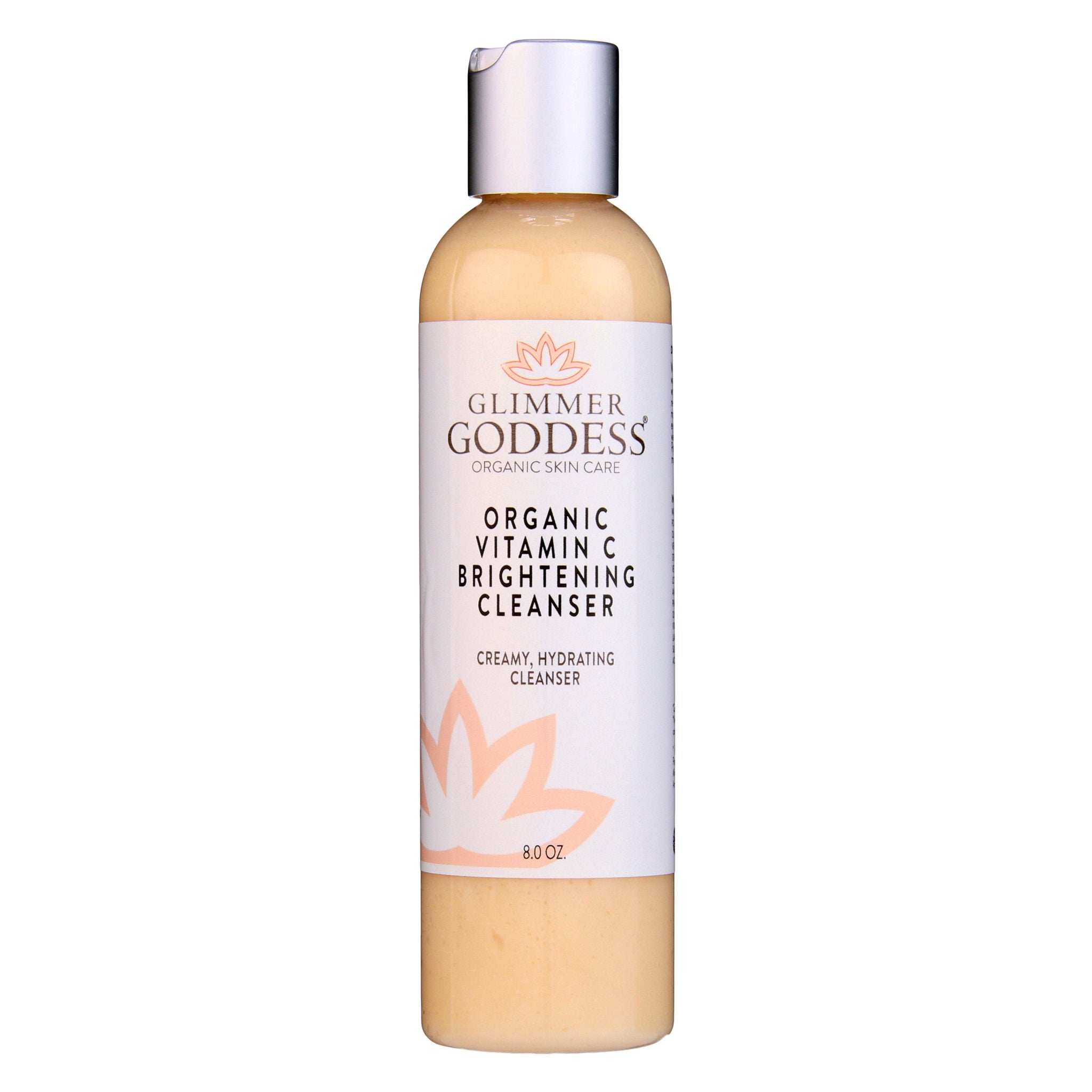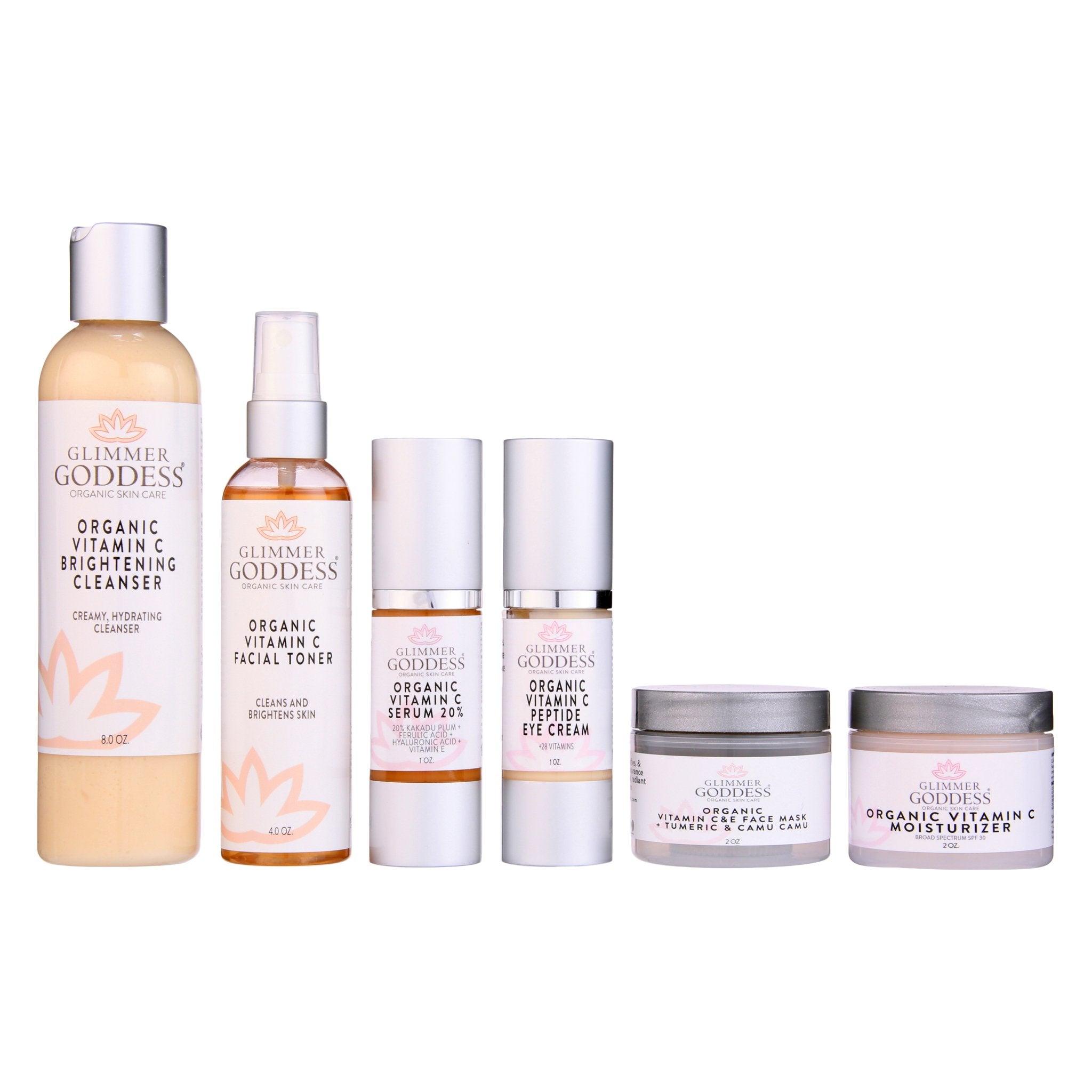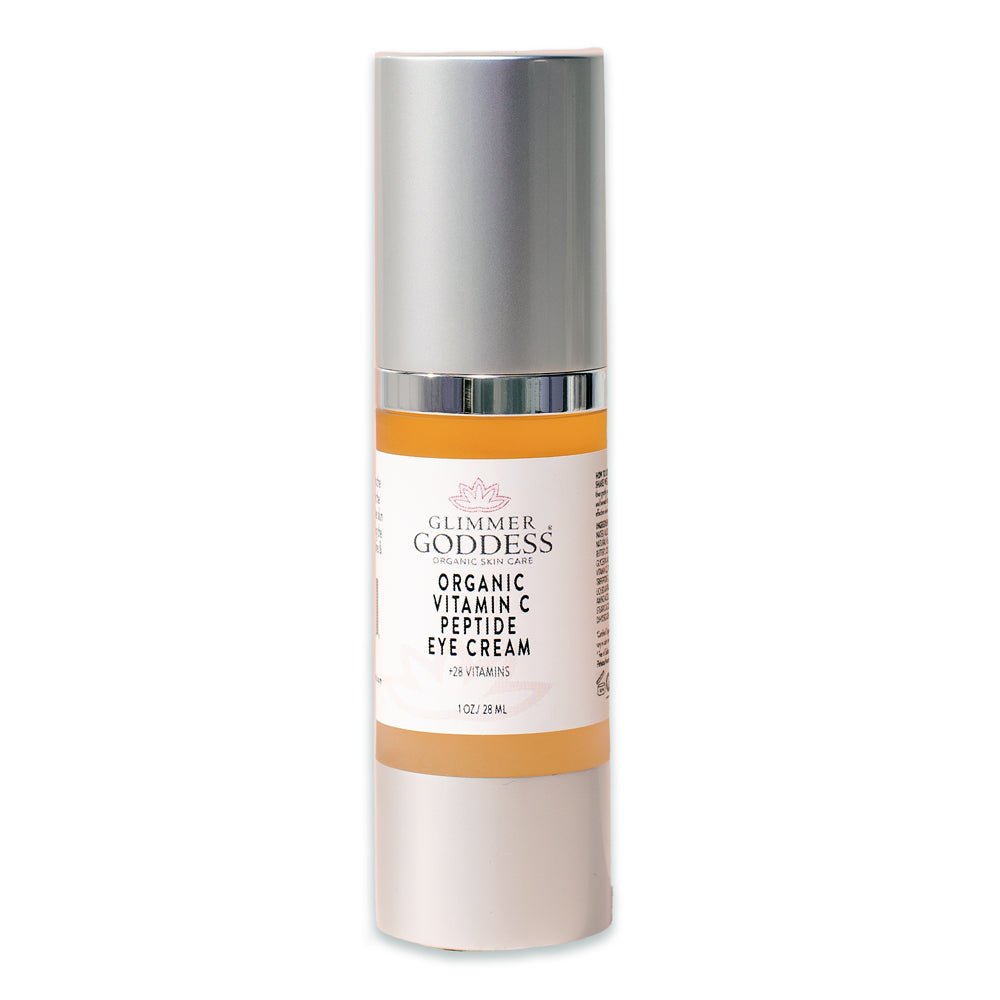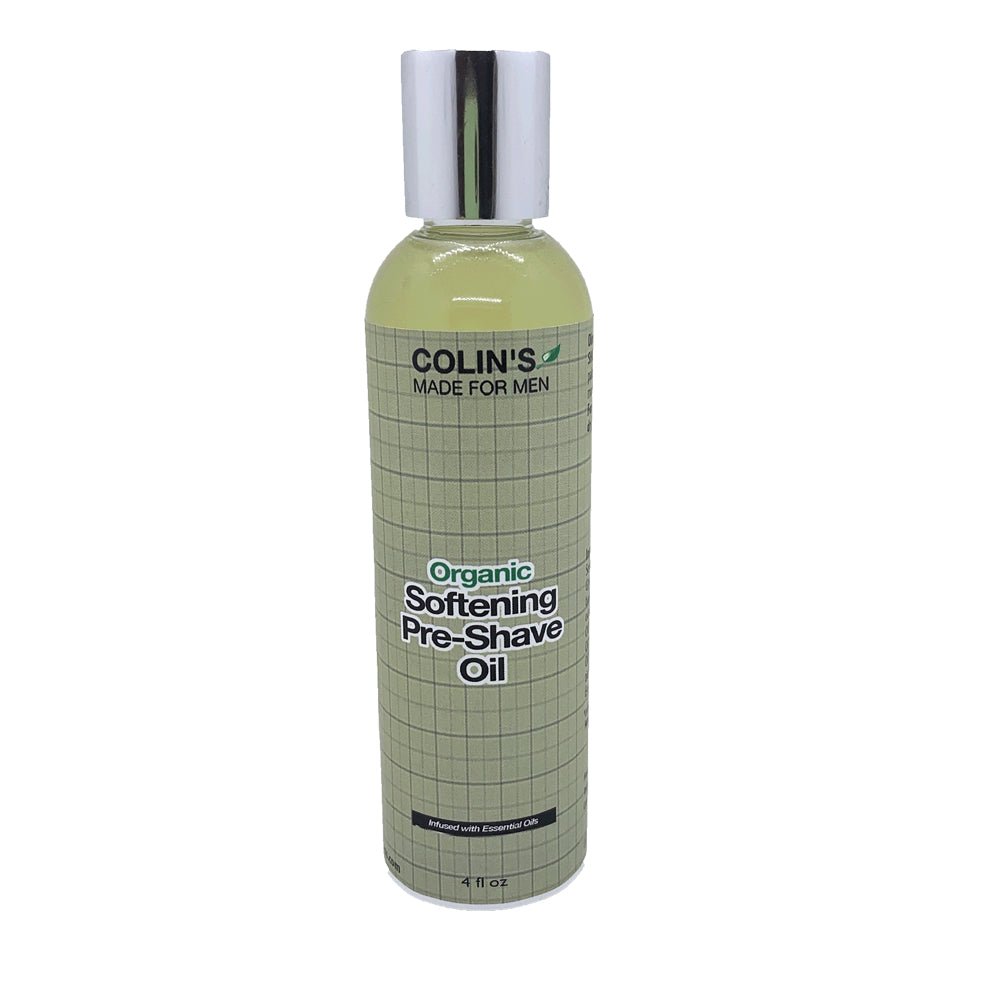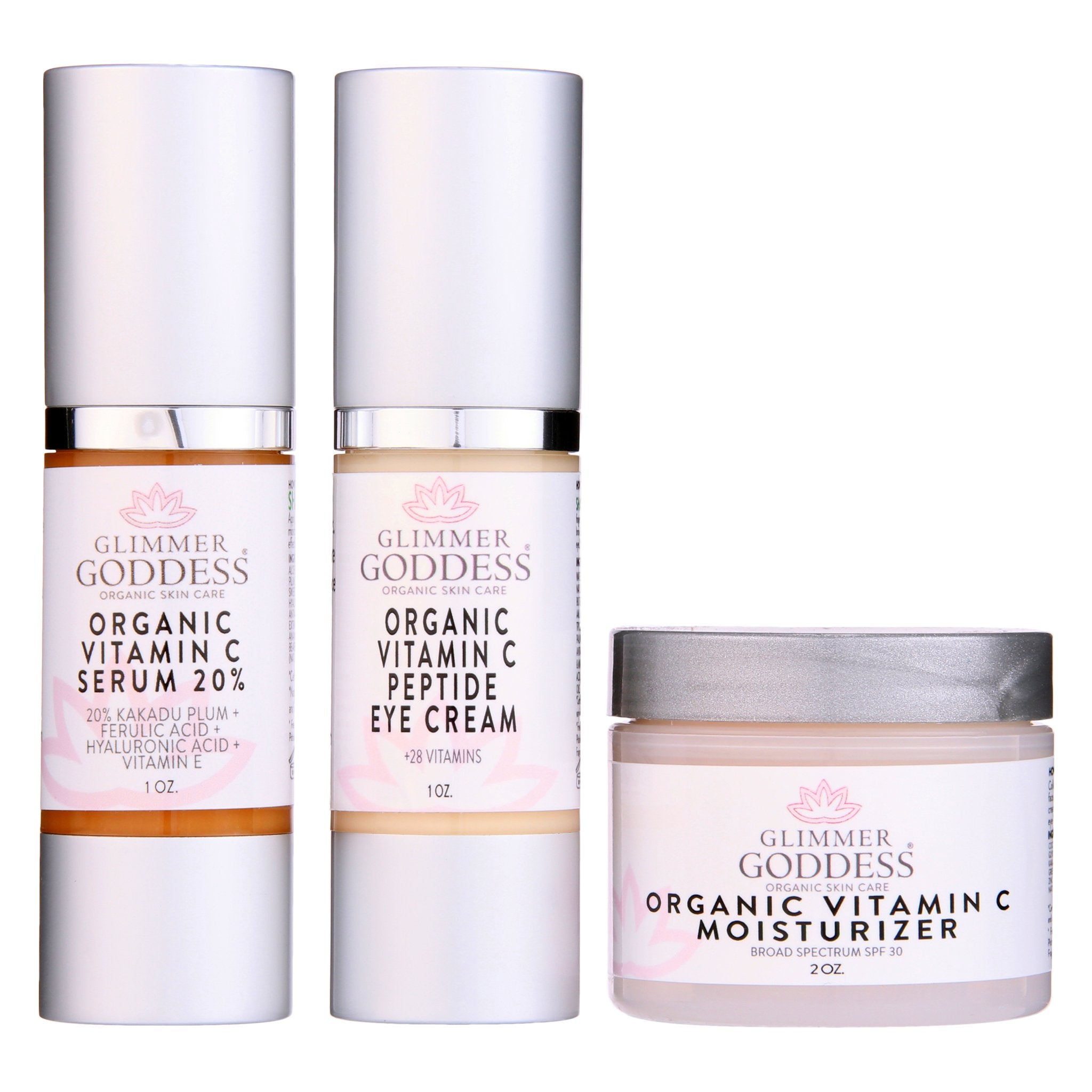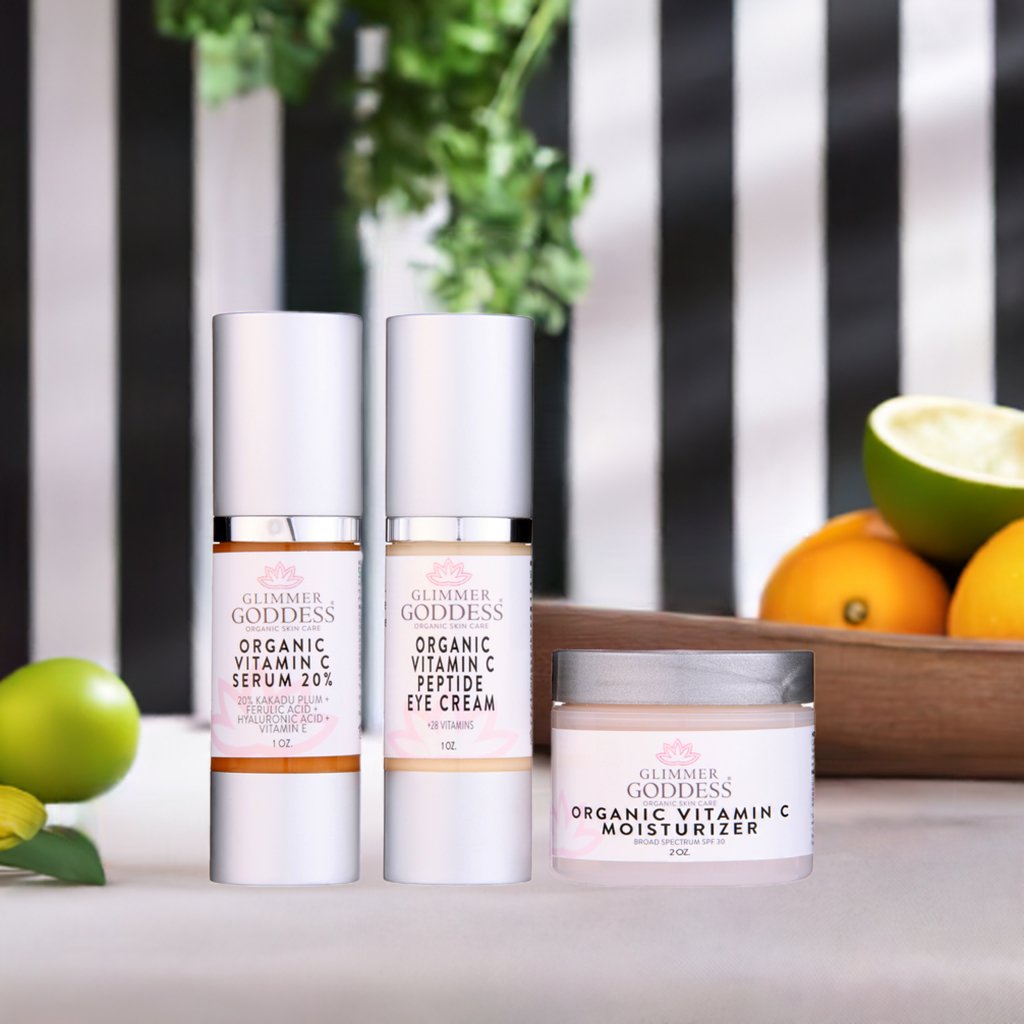Hydrate & Restore Dry Skin Naturally
At Glimmer Goddess, we know how frustrating dry, itchy, or flaky skin can be. Whether it’s seasonal changes, sensitivity, or conditions like xerosis, your skin deserves gentle, nourishing care that works with nature—not against it. Our Dry Skin Collection is designed to deeply hydrate, calm irritation, and help restore the soft glow your skin is craving.
Customer Favorites
Understanding Dry Skin (Xerosis)
Dry skin, or xerosis, occurs when the skin’s protective barrier lacks sufficient water and lipids. This can present as tightness, rough texture, flakes, and sometimes small cracks. While occasional dryness is common, persistent xerosis suggests the barrier needs support.
Common Causes
- Climate: Low humidity, cold weather, or intense sun exposure.
- Harsh products: Sulfate-heavy cleansers and alcohol-based toners.
- Aging: Natural decline in sebum and hyaluronic acid.
- Lifestyle: Long, hot showers, dehydration, or over-exfoliation.
- Health factors: Eczema, psoriasis, or thyroid-related issues.
Xerosis vs. Eczema
Xerosis is generalized dryness from inadequate moisture. Eczema is an inflammatory condition that may include redness, itching, and patches that flare. Both benefit from barrier-first care—gentle cleansing, regular moisturization, and sun protection.
Symptoms & Risk Factors
- Symptoms: Tightness, flaking or scaling, rough texture, and itchiness.
- Risk factors: Age over 40, cold/arid climates, frequent bathing, and personal or family history of eczema or dermatitis.
When to See a Dermatologist
If you notice painful fissures, signs of infection, or persistent itching that doesn’t improve with gentle skincare and lifestyle shifts, consult a dermatologist for evaluation and tailored treatment.
Build a Dry Skin Routine
1) Gentle Cleanse
Pick a low-foam, sulfate-free cleanser to avoid stripping. Rinse with lukewarm water and pat skin dry.
2) Hydrate with a Serum
Layer water-binding ingredients first to draw moisture into the skin.
3) Seal with an Occlusive/Rich Cream
Follow with a nourishing cream to reinforce the barrier and lock in hydration.
4) Exfoliate 1–3x/Week
Gentle exfoliation helps remove dull buildup so moisturizers can penetrate more effectively. Avoid harsh scrubs or frequent acids on sensitized skin.
5) Protect Daily
UV exposure worsens dryness and barrier damage. Use SPF every morning and reapply as directed.
Lifestyle Support
- Use a humidifier during dry months.
- Keep showers warm (not hot) and brief.
- Apply moisturizer within 2–3 minutes after bathing.
- Stay hydrated; aim for consistent water intake throughout the day.
Nutritional Considerations
- Essential fatty acids (Omega-3): Flax, chia, walnuts.
- Vitamin E: Supports barrier lipids and elasticity.
- Vitamin C: Important for collagen and overall skin resilience.
- Zinc: Assists in recovery and repair.
Glimmer Goddess Approach
We formulate without sulfates, parabens, or harsh additives—choosing organic botanicals, plant oils, and antioxidant-rich extracts. Our goal: hydrate deeply, soothe irritation, and support a resilient skin barrier for long-term comfort.
Soothe and replenish with our hydrating face cream for dry skin, crafted with aloe vera, shea butter, and squalane for all-day comfort. To enhance absorption, use our exfoliating scrub for dry skin two to three times per week to gently polish away dullness and restore a soft, radiant glow.
FAQ
What is very dry skin a symptom of?
Very dry skin (xerosis) can reflect reduced oil production, environmental stress, dehydration, or underlying conditions such as eczema or thyroid imbalance.
How do you fix dry skin?
Use gentle, sulfate-free cleansers; apply a hydrating serum; seal with a rich moisturizer; exfoliate 1–3 times per week; and protect with SPF. Consider the Vitamin C Face Cream SPF 30 for daily moisturization plus protection.
Is dry, itchy skin normal during pregnancy?
Yes, hormonal shifts can cause temporary dryness and itching. Use gentle, pregnancy-safe formulas and consult your healthcare provider for severe symptoms.
What deficiency causes dry skin?
Potential contributors include insufficient essential fatty acids, Vitamin E, Vitamin C, and zinc. A balanced diet and skincare routine together support hydration.
What causes xerosis?
Xerosis occurs when skin loses too much water or oil due to climate, age, long hot showers, or harsh products.
What is the difference between xerosis and eczema?
Xerosis is general dryness; eczema adds inflammation, redness, and itch. Both benefit from barrier-strengthening care.
Who is at risk for developing xerosis?
Those in cold or arid climates, frequent bathers, older adults, and people with a personal or family history of eczema or dermatitis.
How is xerosis diagnosed?
Typically by a dermatologist through a visual exam and medical history to rule out other conditions.
References
American Academy of Dermatology — Dry Skin (Xerosis) Overview
Mayo Clinic — Causes and Symptoms of Dry Skin
National Eczema Association — Xerosis vs. Eczema
Harvard Health — Nutritional Deficiencies Linked to Dry Skin
Cleveland Clinic — Pregnancy and Skin Changes





